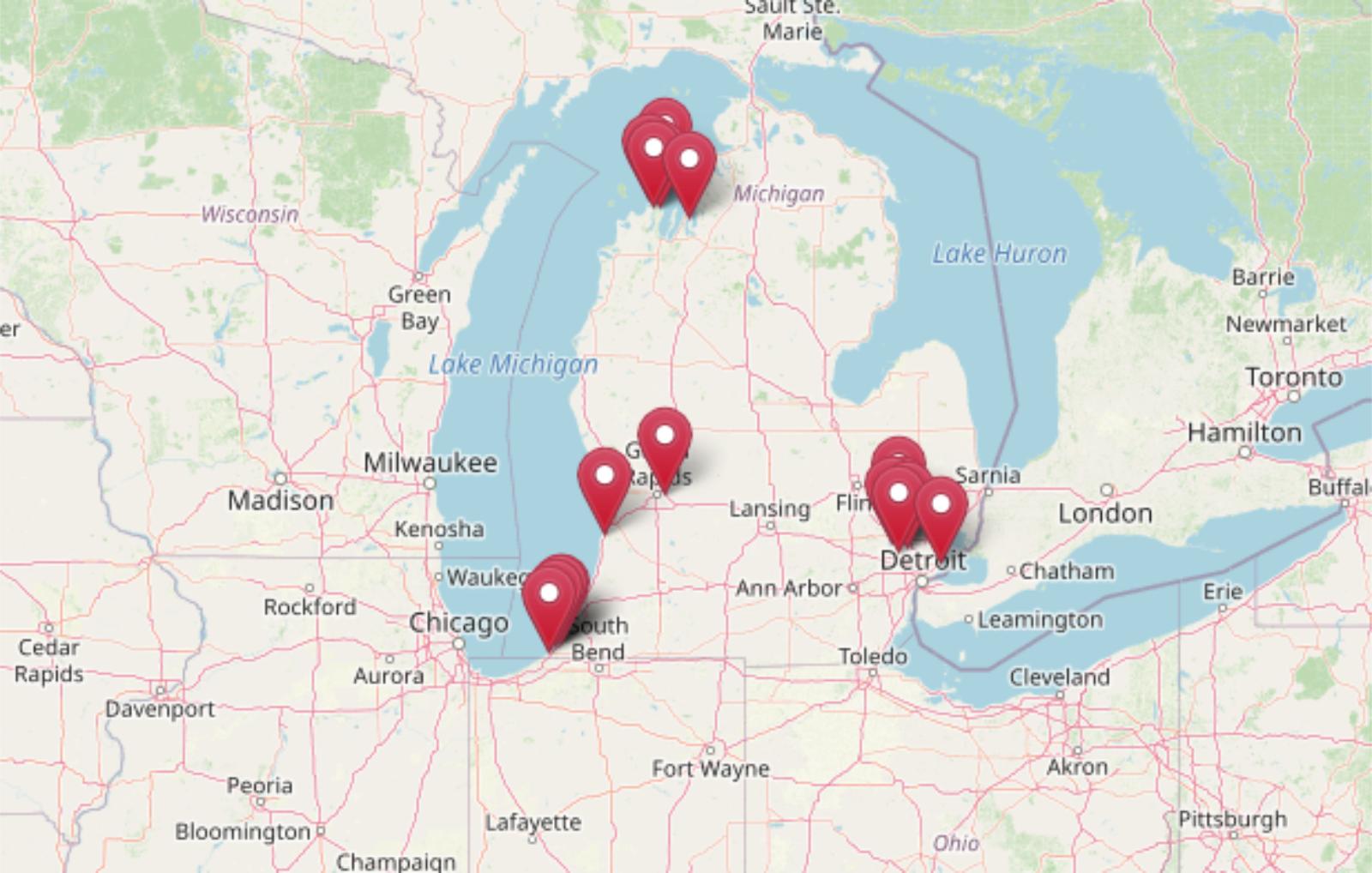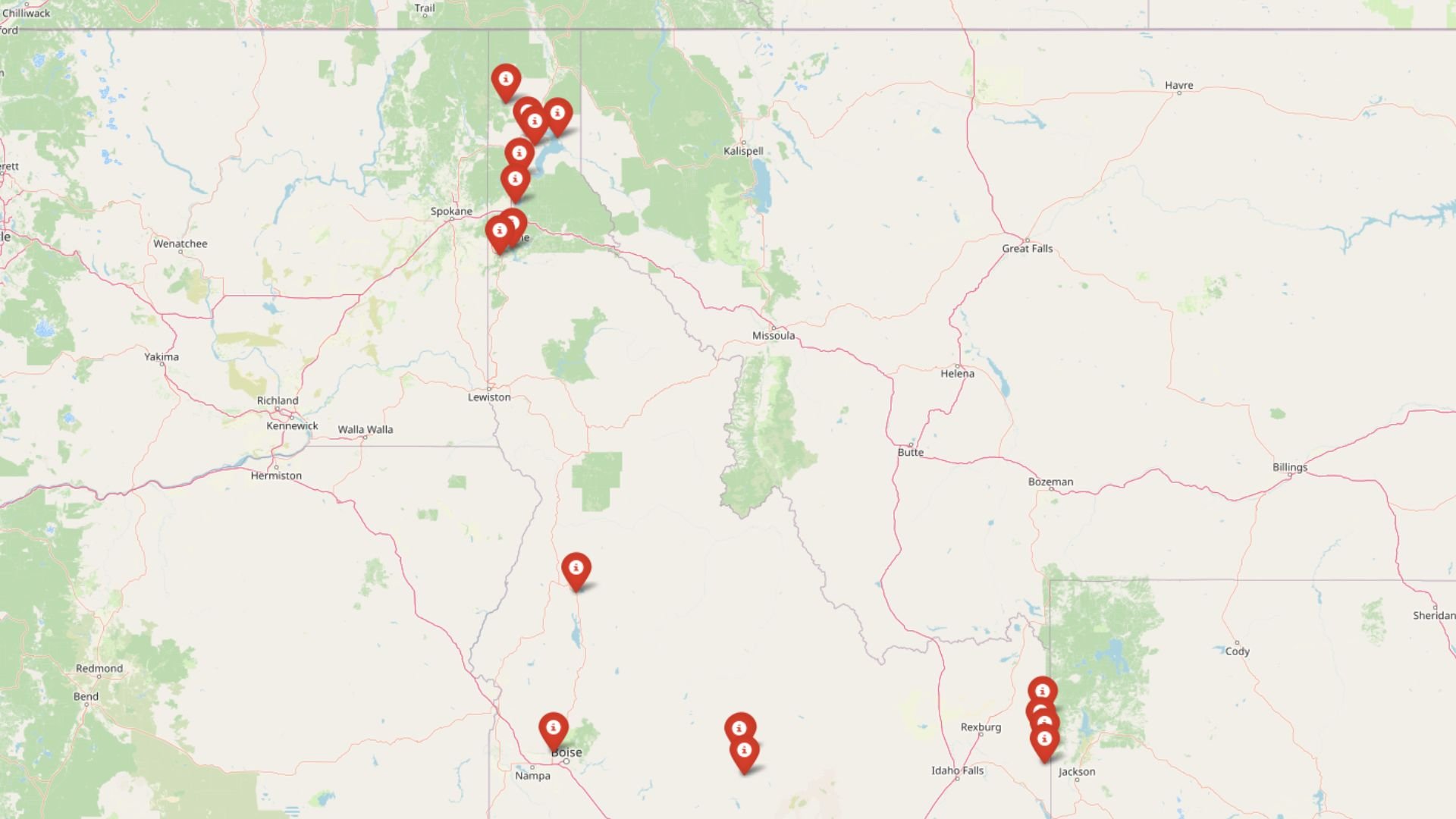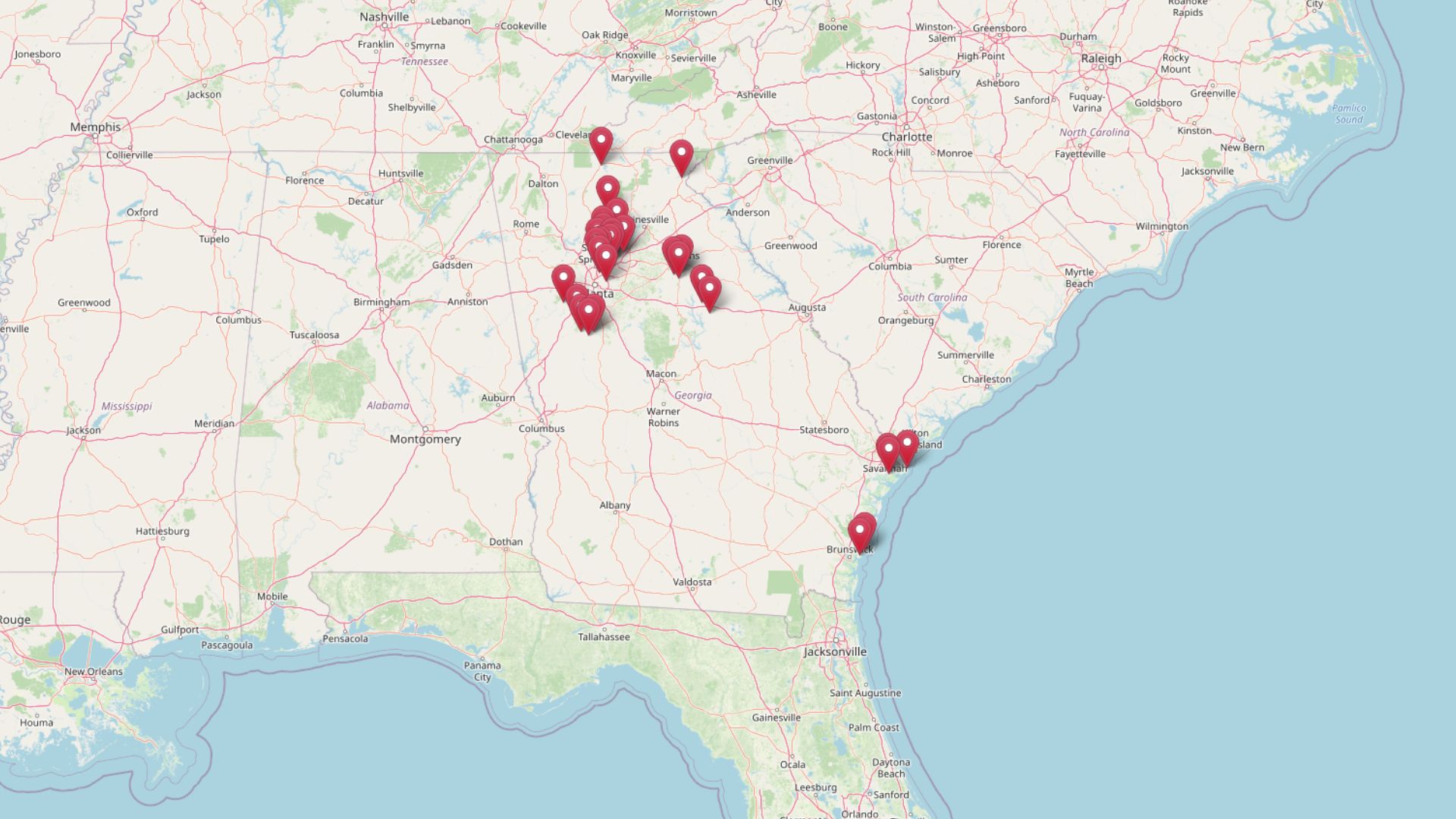
Using the latest Zillow Home Value Index data, we’ve ranked the 30 most expensive towns in Georgia based on current home prices. These communities showcase remarkable growth patterns across coastal enclaves, metro Atlanta suburbs, and lakefront destinations. Each town tells a unique story of desirability and sustained demand.
The data reveals dramatic price appreciation since 2010, with many areas doubling in value. Sea Island leads with homes averaging over $4.2 million, while surprising climbers like Cumming and Suwanee demonstrate how proximity to Atlanta drives premium pricing. This breakdown shows where Georgia’s highest home values cluster and what drives their continued growth.
30. Senoia – 159% Home Price Increase Since 2010
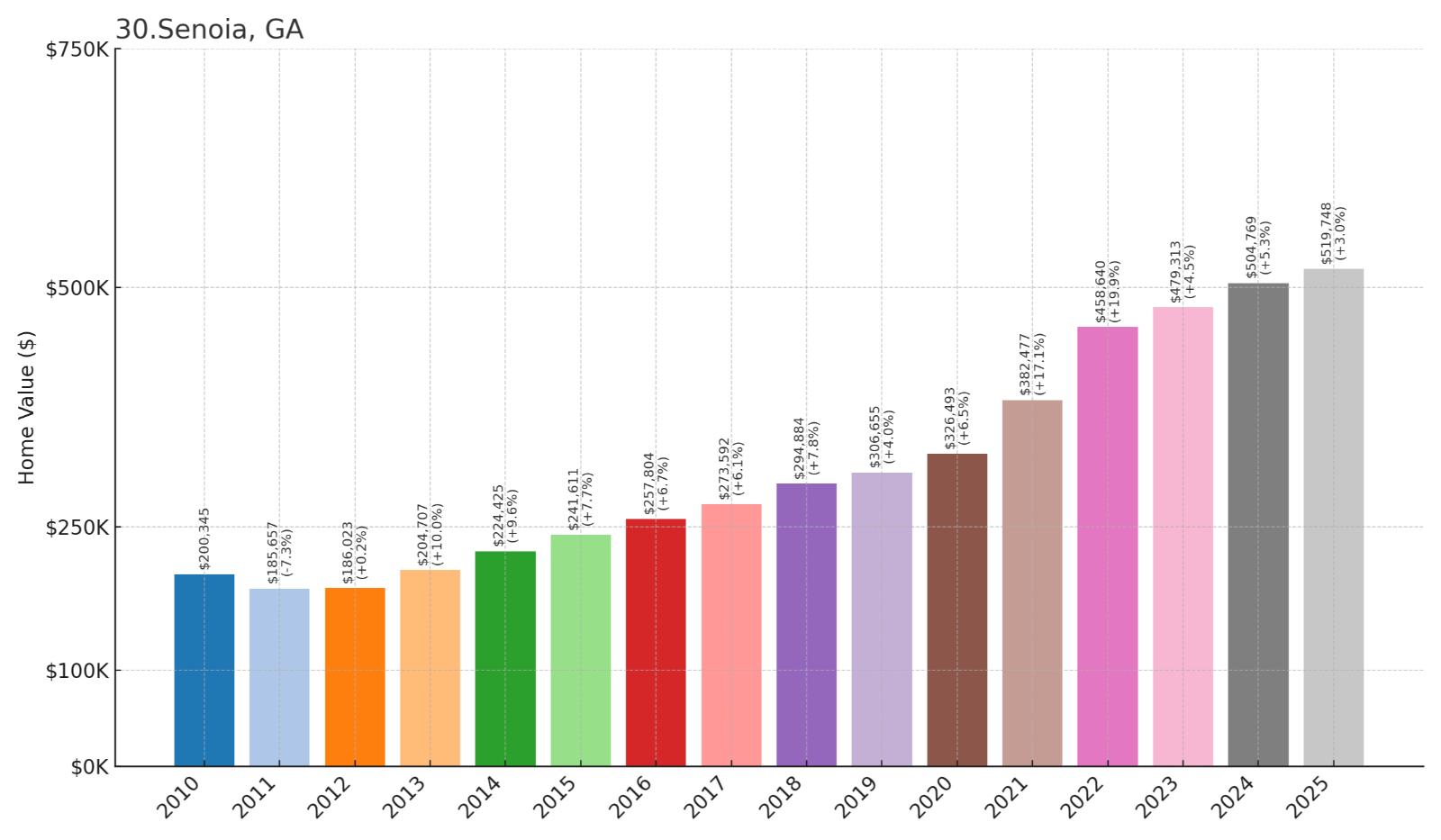
- 2010: $200,345
- 2011: $185,657
- 2012: $186,023
- 2013: $204,707
- 2014: $224,425
- 2015: $241,611
- 2016: $257,804
- 2017: $273,592
- 2018: $294,884
- 2019: $306,655
- 2020: $326,493
- 2021: $382,477
- 2022: $458,640
- 2023: $479,313
- 2024: $504,769
- 2025: $519,748
Senoia has more than doubled in value since 2010, climbing from around $200,000 to nearly $520,000 by 2025. The town experienced particularly strong growth during the pandemic years, jumping from $382,000 in 2021 to over $458,000 in 2022. This Coweta County community now commands premium prices that reflect its growing appeal and strategic location south of Atlanta.
Why Senoia?
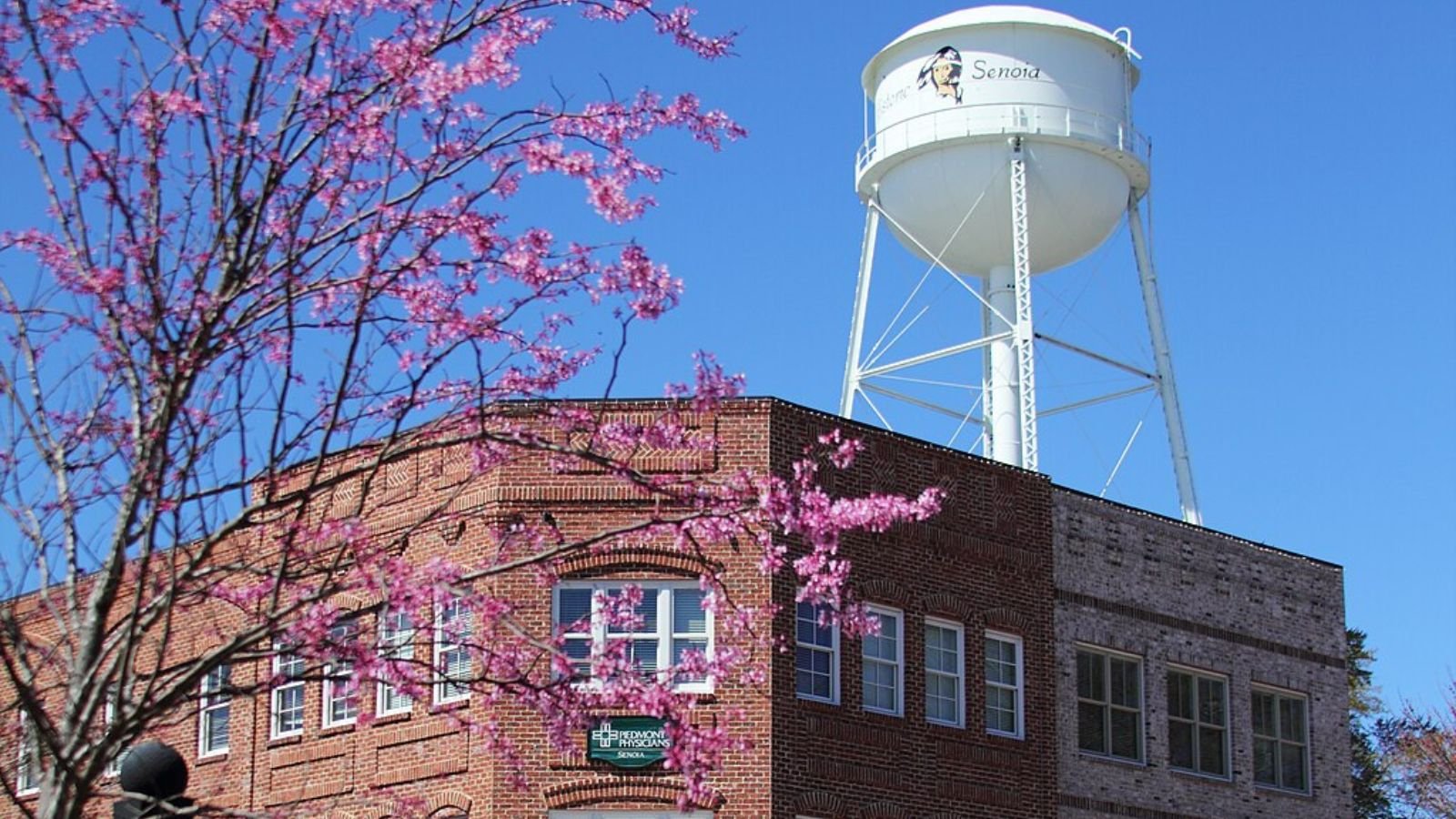
Why Are People Willing to Pay So Much to Live Here? What’s Special About It?
Senoia attracts buyers with its rare blend of small-town charm and modern convenience. The historic downtown district features walkable streets, local shops, and community events that create a tight-knit atmosphere. Families particularly value the excellent schools and safe neighborhoods that offer suburban comfort without urban density.
The town’s proximity to Peachtree City’s golf cart paths and Atlanta’s job market adds significant appeal. Television and film production has also brought national attention to Senoia, increasing its profile among buyers seeking distinctive communities. Large lots, newer construction, and preserved green space help maintain property values and community character.
How Senoia Rose to Prominence
Originally founded as a railroad town in the 1880s, Senoia remained a quiet agricultural community for most of its history. The town’s name comes from the Cherokee word meaning “nine,” reflecting its indigenous heritage before European settlement. Cotton farming and later textile mills provided the economic foundation through the early 20th century.
Senoia’s transformation began in the 1990s as Atlanta’s suburban sprawl reached Coweta County, bringing new residential developments and commercial growth. The town gained national recognition as a filming location for “The Walking Dead” television series, which brought tourism and increased property interest. Today’s Senoia balances historic preservation with controlled growth, appealing to families seeking authentic small-town living within commuting distance of Atlanta.
3 Interesting Tidbits
1. Hollywood South – Senoia served as the primary filming location for “The Walking Dead,” with many downtown buildings featured prominently in the series.
2. Historic Preservation – The town maintains a well-preserved Victorian-era downtown district that hosts regular festivals and community events.
3. Educational Excellence – Senoia falls within the highly-rated Coweta County School System, which consistently ranks among Georgia’s top performers.
29. Watkinsville – 116% Home Price Increase Since 2010

- 2010: $241,268
- 2011: $223,850
- 2012: $221,349
- 2013: $232,606
- 2014: $246,175
- 2015: $256,720
- 2016: $269,830
- 2017: $285,771
- 2018: $301,522
- 2019: $325,632
- 2020: $345,872
- 2021: $408,885
- 2022: $481,064
- 2023: $482,870
- 2024: $516,588
- 2025: $521,278
Watkinsville shows steady appreciation from $241,000 in 2010 to over $521,000 in 2025, representing consistent 116% growth. The steepest increases came after 2020, with values jumping from $345,000 to over $480,000 between 2020 and 2022. This Oconee County seat has maintained strong momentum throughout the period, reflecting sustained buyer interest.
Why Watkinsville?
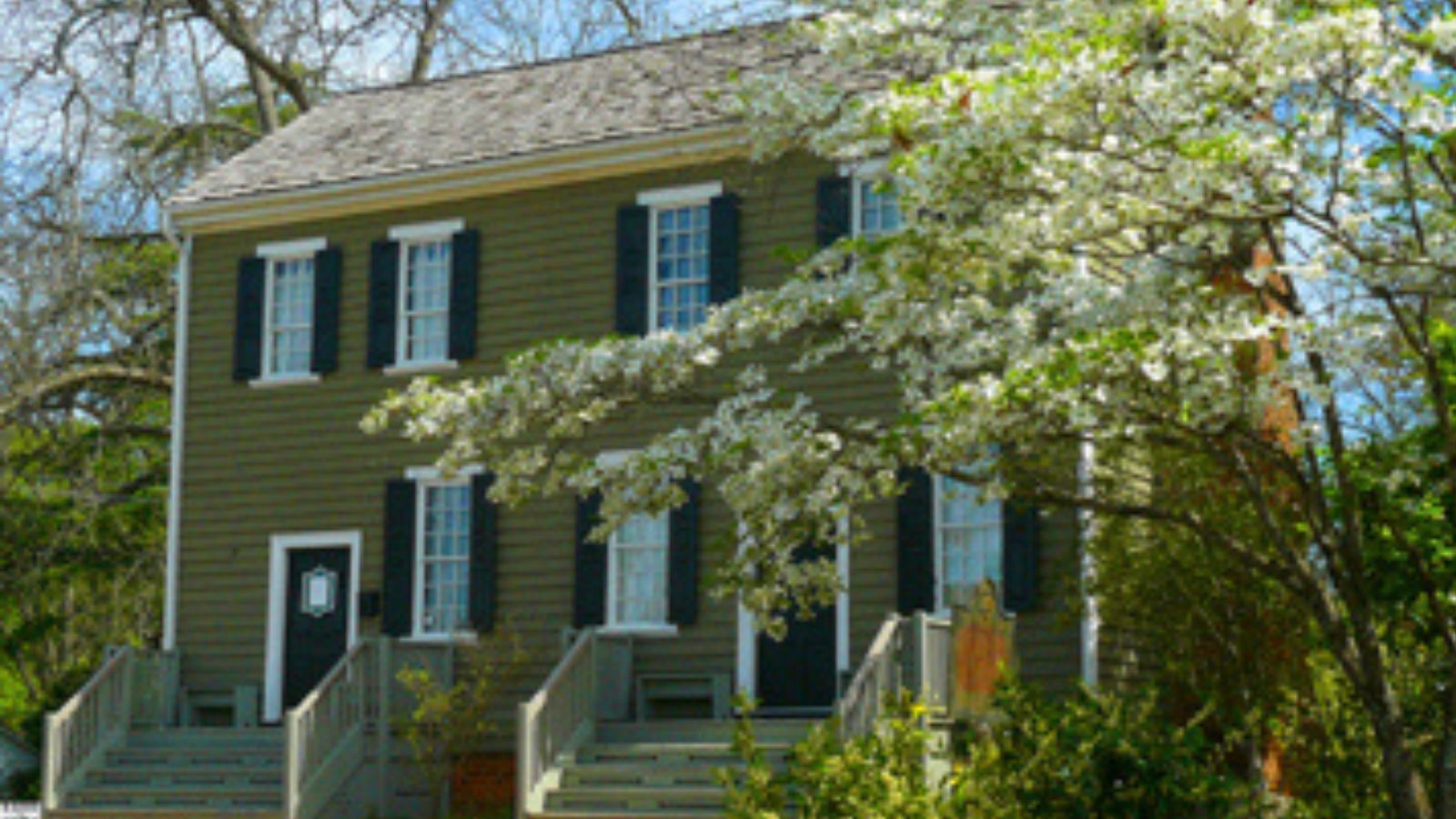
Why Are People Willing to Pay So Much to Live Here? What’s Special About It?
Watkinsville offers an ideal combination of rural character and modern amenities that appeals to families and professionals. The town serves as Oconee County’s seat, providing stable government employment and excellent public services. Top-rated schools and low crime rates make it particularly attractive to families with children.
The proximity to Athens and the University of Georgia adds cultural richness and economic stability to the area. Watkinsville maintains its “Artland of Georgia” identity with galleries, studios, and annual arts festivals that create a vibrant community culture. Large lots, newer subdivisions, and preserved farmland offer space and privacy that’s increasingly rare near major cities.
How Watkinsville Rose to Prominence
Established in 1837 as the Oconee County seat, Watkinsville began as a courthouse town serving the surrounding agricultural area. The town was named after Robert Watkins, a local landowner who donated land for the courthouse square. For over a century, cotton farming and later dairy operations formed the economic backbone of the community.
Watkinsville’s transformation accelerated in the 1980s and 1990s as Athens expanded and young professionals sought affordable housing within commuting distance. The town’s designation as “Artland of Georgia” in the 1990s brought cultural tourism and attracted artists and creative professionals. Today’s Watkinsville balances its agricultural heritage with suburban growth, offering residents small-town charm with access to university amenities and Atlanta job markets.
3 Interesting Tidbits
1. Artland Heritage – Watkinsville earned its “Artland of Georgia” designation and hosts numerous galleries, studios, and the annual Oconee Fall Festival featuring local artists.
2. Historic Courthouse – The 1939 Art Deco courthouse anchors the town square and remains a focal point of community life and government services.
3. University Connection – Many residents commute to the University of Georgia in nearby Athens, creating a blend of academic and small-town culture.
28. Blue Ridge – 163% Home Price Increase Since 2011

- 2010: N/A
- 2011: $199,116
- 2012: $192,884
- 2013: $203,168
- 2014: $221,502
- 2015: $228,748
- 2016: $247,078
- 2017: $270,118
- 2018: $299,531
- 2019: $315,701
- 2020: $338,560
- 2021: $467,910
- 2022: $569,879
- 2023: $526,276
- 2024: $533,943
- 2025: $523,797
Blue Ridge demonstrates remarkable growth since 2011, starting at $199,000 and reaching over $523,000 by 2025 for a 163% increase. The most dramatic surge occurred between 2020 and 2022, when values jumped from $338,000 to nearly $570,000. Recent years show some cooling but maintain elevated pricing levels in this mountain community.
Why Blue Ridge?
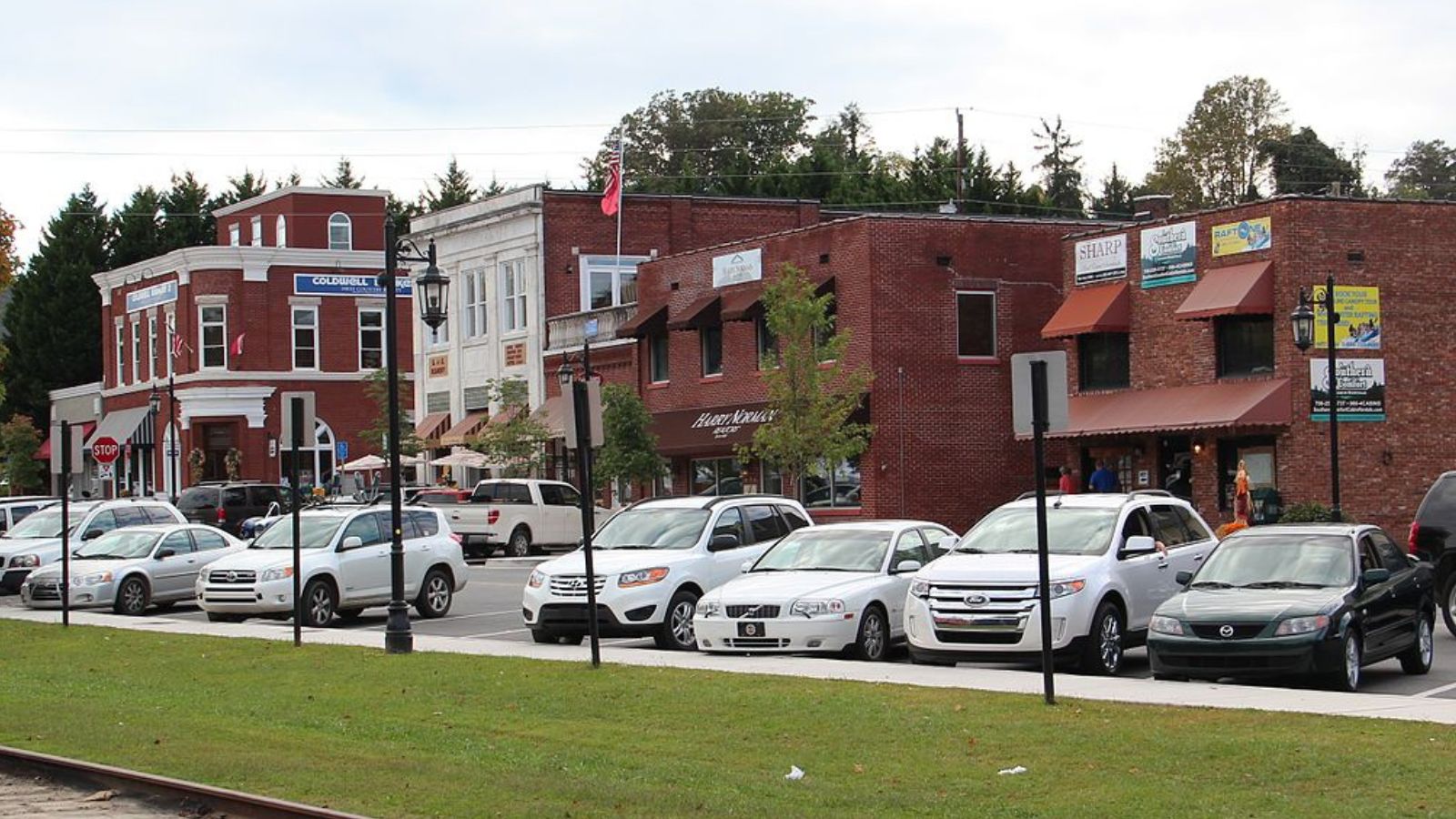
Why Are People Willing to Pay So Much to Live Here? What’s Special About It?
Blue Ridge attracts buyers seeking mountain living with year-round outdoor recreation opportunities. The town sits in the North Georgia mountains, offering hiking trails, scenic railways, and proximity to the Blue Ridge Scenic Railway. Buyers pay premium prices for mountain views, cooler temperatures, and escape from urban environments.
The area appeals particularly to retirees and second-home buyers who value the peaceful mountain setting and recreational activities. Blue Ridge’s historic downtown, local festivals, and mountain culture create a distinctive lifestyle that commands higher prices. Limited developable land in the mountains also helps maintain property values through controlled supply.
How Blue Ridge Rose to Prominence
Blue Ridge was founded in the 1880s as a railroad town, serving as a hub for the growing timber industry in the North Georgia mountains. The town’s name comes from the Blue Ridge Mountains that surround the area. Logging, mining, and later textile manufacturing provided economic stability through the early 20th century.
The town’s transition to a tourism and retirement destination began in the 1960s as improved highways made the mountains more accessible from Atlanta. The restoration of the Blue Ridge Scenic Railway in the 1990s brought significant tourism revenue and national attention. Today’s Blue Ridge combines mountain heritage with modern amenities, attracting visitors and residents seeking an authentic mountain lifestyle within driving distance of major cities.
3 Interesting Tidbits
1. Scenic Railway – The historic Blue Ridge Scenic Railway offers four-mile round trips through the Chattahoochee National Forest, drawing thousands of visitors annually.
2. Mountain Gateway – Blue Ridge serves as a gateway to numerous state parks and the Appalachian Trail, making it a hub for outdoor enthusiasts.
3. Arts Community – The town hosts a thriving arts scene with galleries, craft shops, and the annual Blue Ridge Mountains Arts Festival.
27. Avondale Estates – 146% Home Price Increase Since 2010
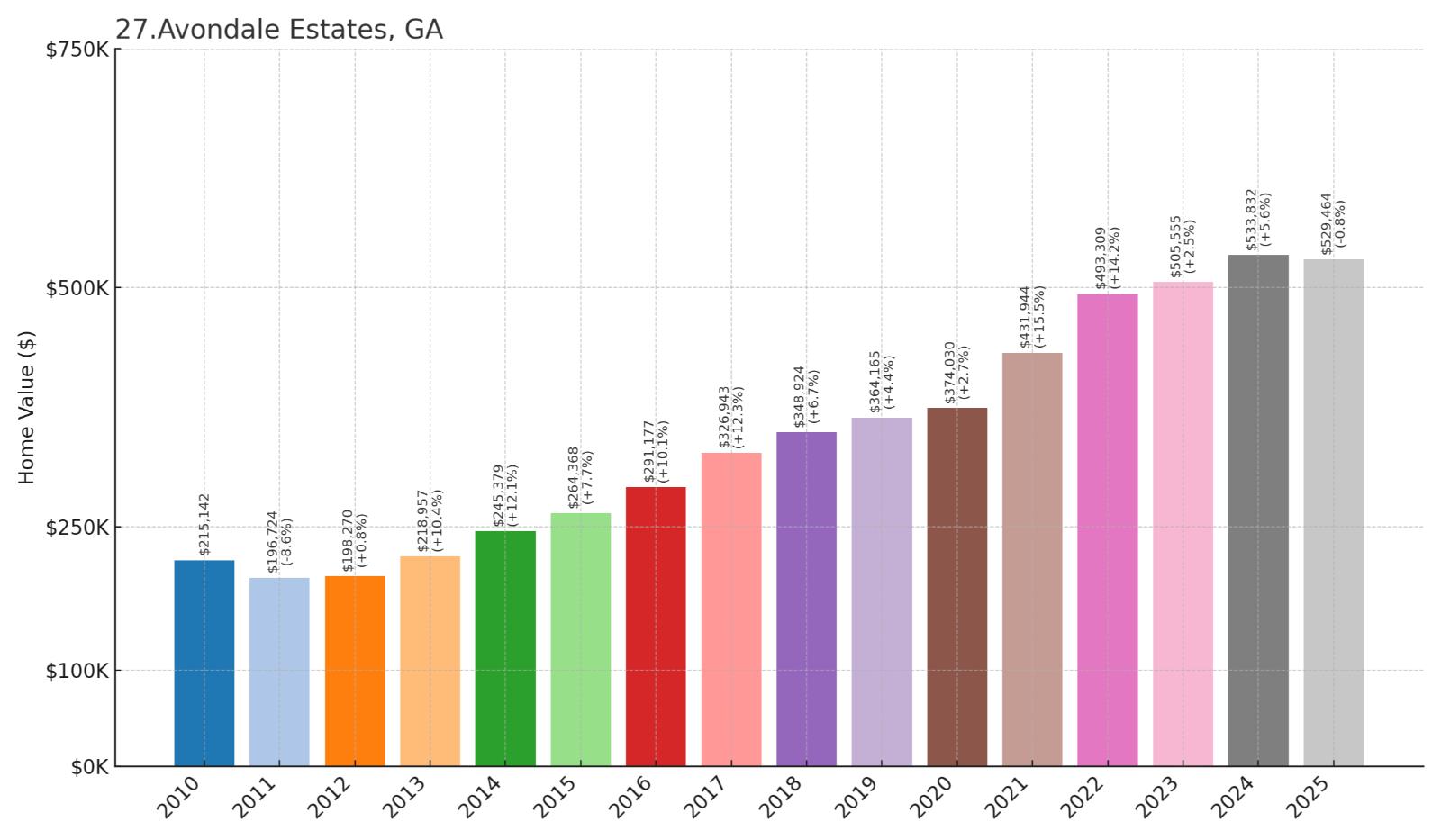
- 2010: $215,142
- 2011: $196,724
- 2012: $198,270
- 2013: $218,957
- 2014: $245,379
- 2015: $264,368
- 2016: $291,177
- 2017: $326,943
- 2018: $348,924
- 2019: $364,165
- 2020: $374,030
- 2021: $431,944
- 2022: $493,309
- 2023: $505,555
- 2024: $533,832
- 2025: $529,464
Avondale Estates has shown strong appreciation from $215,000 in 2010 to $529,000 in 2025, marking a 146% increase. Growth accelerated significantly after 2020, with values rising from $374,000 to over $493,000 between 2020 and 2022. This DeKalb County community maintains premium pricing despite recent modest cooling from peak levels.
Why Avondale Estates?
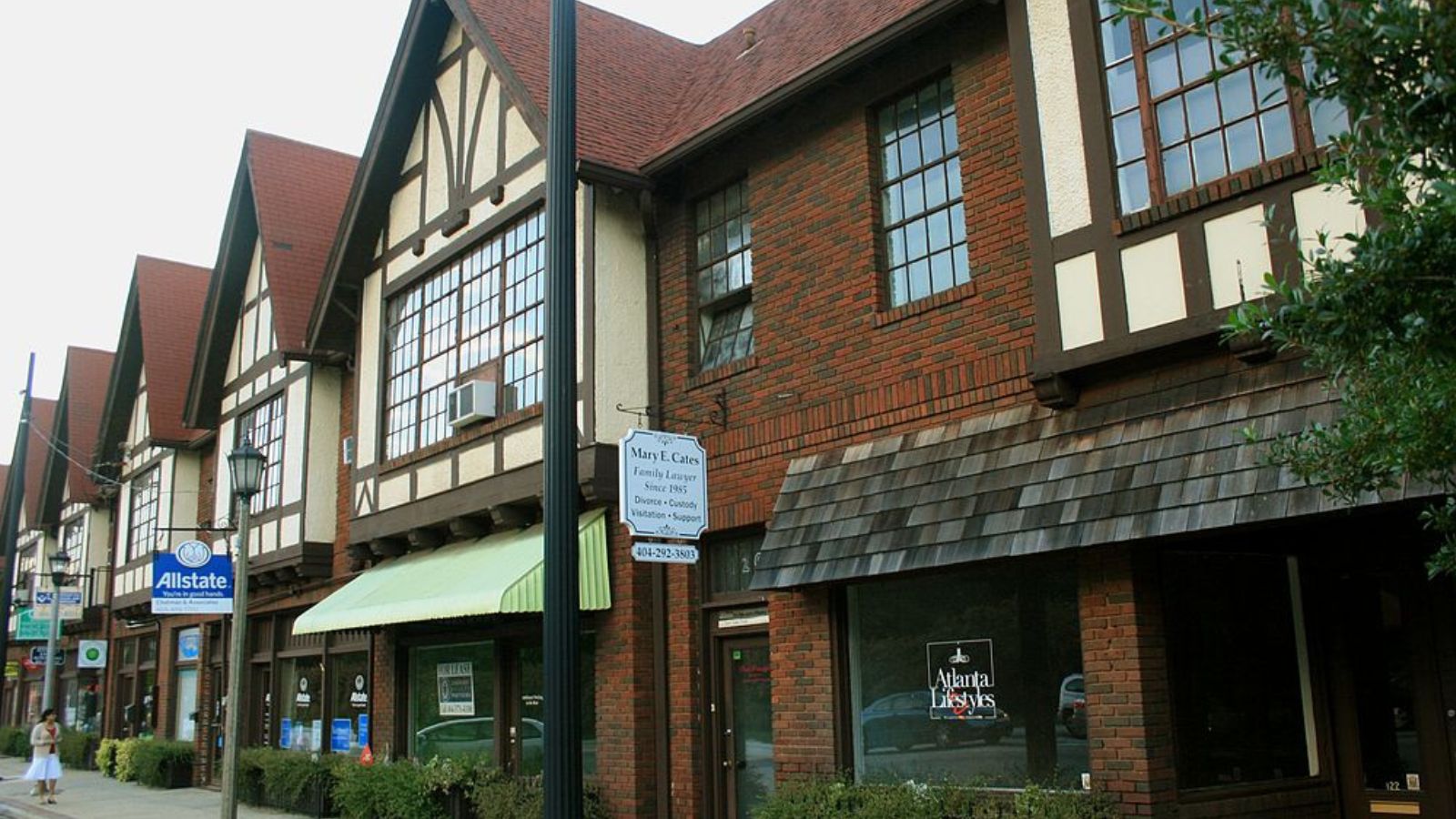
Why Are People Willing to Pay So Much to Live Here? What’s Special About It?
Avondale Estates draws buyers with its unique Tudor Revival architecture and planned community design that creates a distinctive neighborhood character. The compact city offers walkable streets, tree-lined avenues, and a strong sense of community that’s rare in metro Atlanta. Proximity to downtown Atlanta and Decatur adds significant value for professionals.
The area features excellent schools, parks, and local businesses that create a village-like atmosphere within the metropolitan area. Buyers pay premium prices for the historic charm, architectural consistency, and community amenities that include a lake, parks, and civic center. Limited housing stock and strict architectural guidelines help maintain property values and neighborhood character.
How Avondale Estates Rose to Prominence
Avondale Estates was founded in 1924 by George Francis Willis as one of Georgia’s first planned communities, modeled after English garden cities. Willis designed the community with Tudor Revival architecture, winding streets, and preserved green spaces to create an idyllic residential environment. The community was built around Willis’ soda pop manufacturing business and featured innovative urban planning concepts.
The city incorporated in 1927 and maintained its planned community character through strict architectural controls and zoning requirements. Avondale Estates weathered economic challenges in the mid-20th century but experienced revitalization as Atlanta’s intown neighborhoods became more desirable. Today’s Avondale Estates preserves its 1920s vision while adapting to modern needs, creating a unique residential environment that commands premium prices.
3 Interesting Tidbits
1. Tudor Town – The entire city was designed as a Tudor Revival village, making it one of the most architecturally cohesive communities in Georgia.
2. Lake Community – The city features a private lake with swimming and recreational facilities exclusively for residents.
3. Historic Preservation – Avondale Estates is listed on the National Register of Historic Places as a complete planned community from the 1920s.
26. North High Shoals – 123% Home Price Increase Since 2014
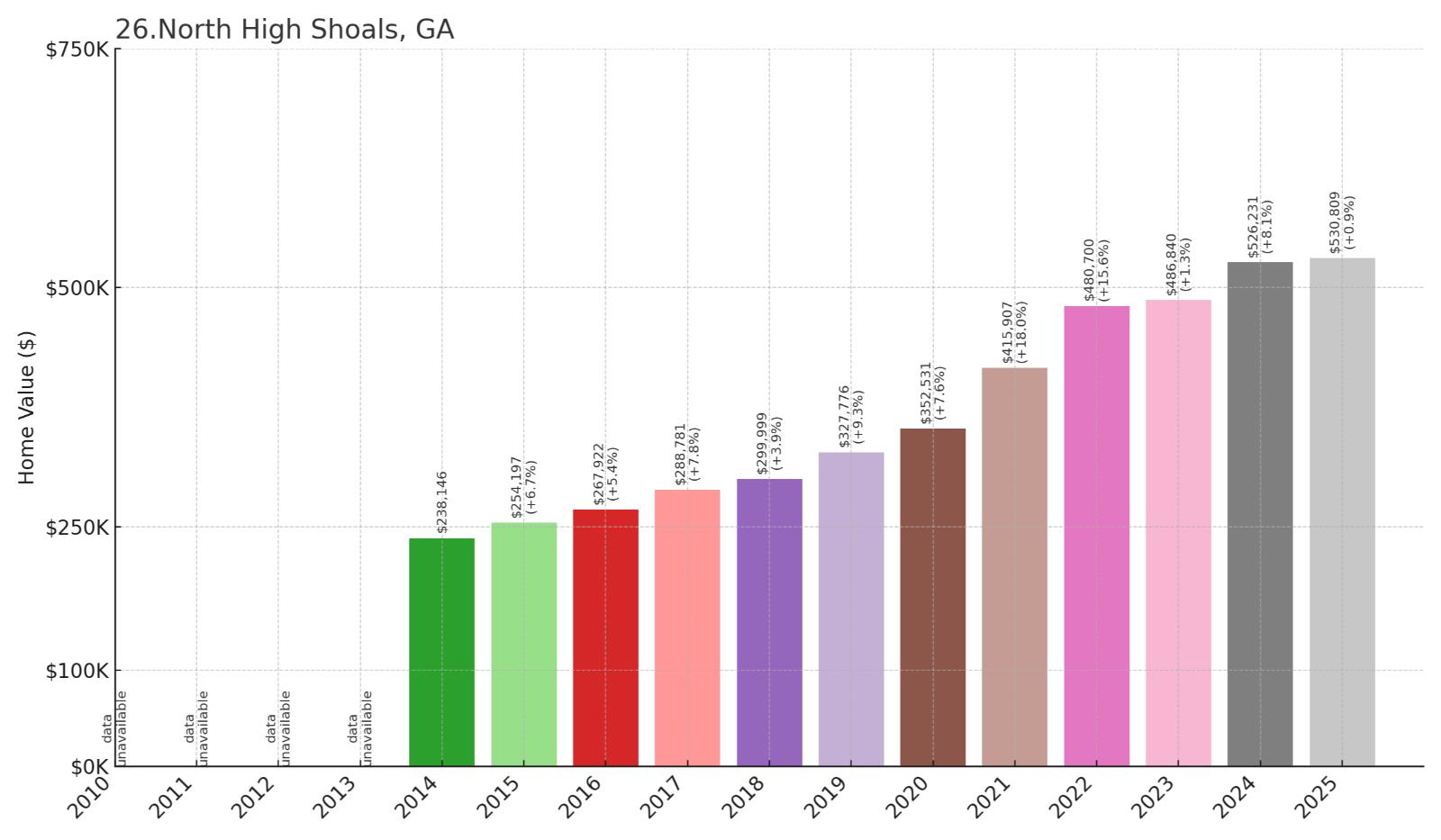
- 2010: N/A
- 2011: N/A
- 2012: N/A
- 2013: N/A
- 2014: $238,146
- 2015: $254,197
- 2016: $267,922
- 2017: $288,781
- 2018: $299,999
- 2019: $327,776
- 2020: $352,531
- 2021: $415,907
- 2022: $480,700
- 2023: $486,840
- 2024: $526,231
- 2025: $530,809
North High Shoals shows consistent growth since data became available in 2014, rising from $238,000 to over $530,000 for a 123% increase. The community experienced steady appreciation with accelerated growth after 2020, jumping from $352,000 to over $480,000 between 2020 and 2022. This reflects the broader trend of buyers seeking smaller communities near Athens and Atlanta.
Why North High Shoals?
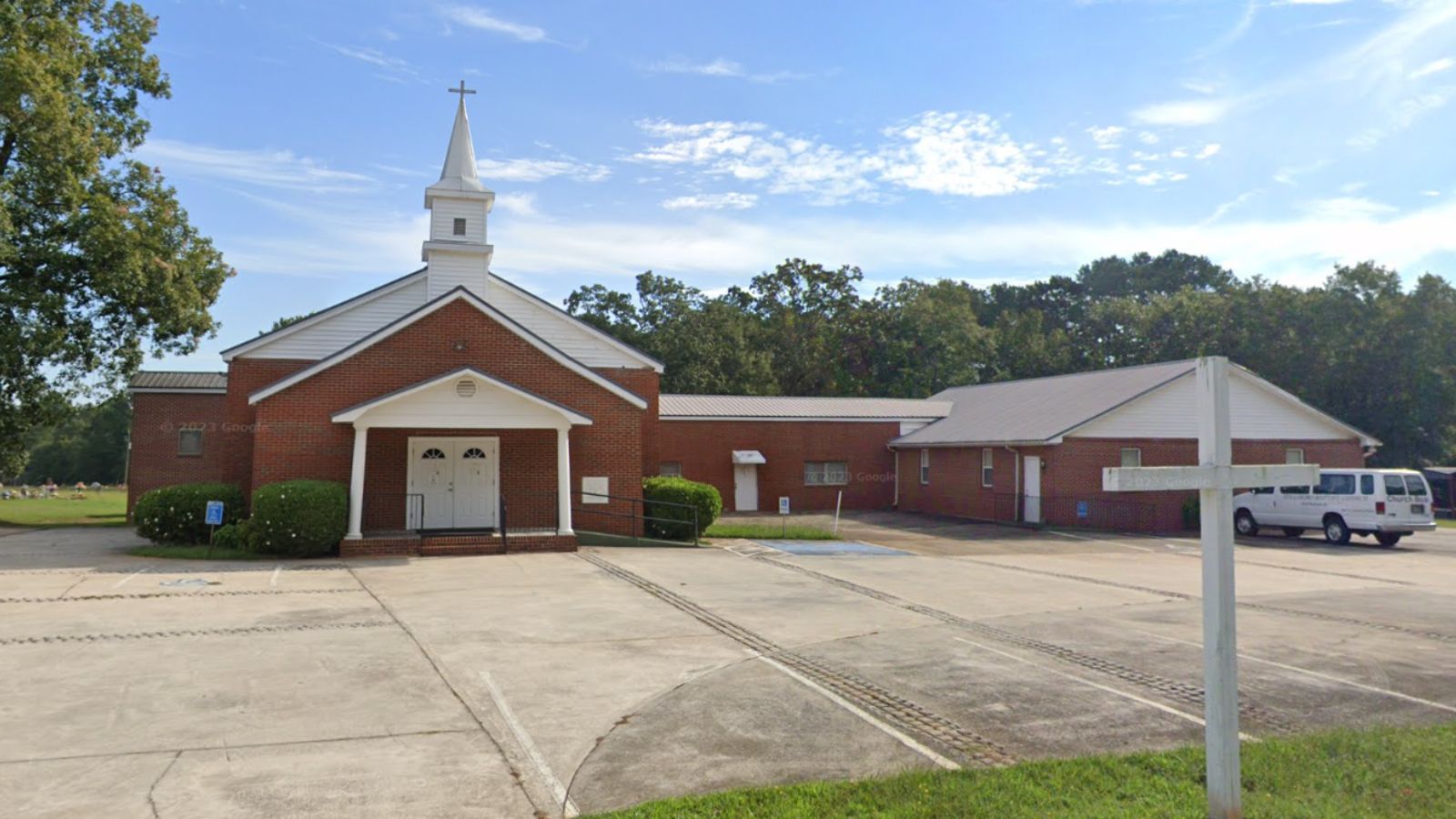
Why Are People Willing to Pay So Much to Live Here? What’s Special About It?
North High Shoals attracts buyers seeking rural character with modern convenience in Oconee County. The small community offers larger lots, newer construction, and proximity to excellent schools without urban density. Families particularly value the quiet setting and outdoor recreation opportunities that include hiking, fishing, and equestrian activities.
The location provides easy access to Athens for university employment and cultural activities, while remaining within commuting distance of Atlanta. Buyers pay premium prices for the combination of rural setting, top-rated schools, and strategic location. Limited housing inventory and controlled development help maintain property values in this growing area.
How North High Shoals Rose to Prominence
North High Shoals developed as a small farming community in Oconee County, taking its name from shoals on the Apalachee River that powered early mills. The area remained predominantly agricultural through the mid-20th century, with cotton and later poultry farming providing economic stability. Rural residents commuted to Athens or Atlanta for non-agricultural employment.
The community’s transformation began in the 1990s as Athens expanded and young professionals sought affordable housing in Oconee County. New residential developments attracted families drawn to excellent schools, rural character, and proximity to both Athens and Atlanta job markets. Today’s North High Shoals balances agricultural heritage with suburban growth, offering residents rural living with modern amenities and educational opportunities.
3 Interesting Tidbits
1. River Heritage – The community takes its name from shoals on the Apalachee River that provided power for historic mills and early economic development.
2. School Excellence – North High Shoals feeds into Oconee County Schools, consistently ranked among Georgia’s top school systems.
3. Rural Character – The area maintains agricultural zoning and horse properties that preserve its rural character despite suburban growth pressures.
25. Lakemont – 126% Home Price Increase Since 2010
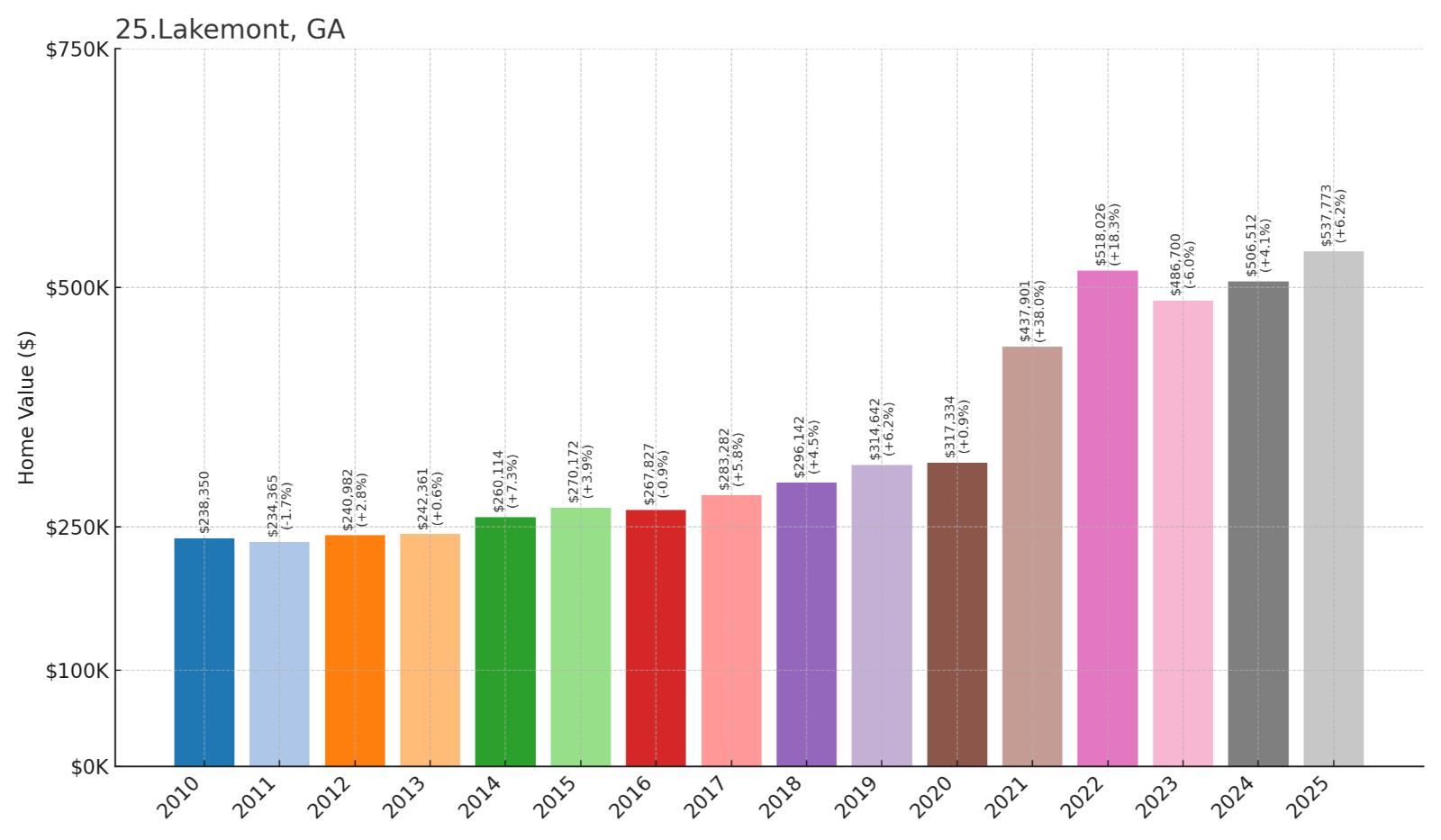
- 2010: $238,350
- 2011: $234,365
- 2012: $240,982
- 2013: $242,361
- 2014: $260,114
- 2015: $270,172
- 2016: $267,827
- 2017: $283,282
- 2018: $296,142
- 2019: $314,642
- 2020: $317,334
- 2021: $437,901
- 2022: $518,026
- 2023: $486,700
- 2024: $506,512
- 2025: $537,773
Lakemont demonstrates remarkable growth from $238,000 in 2010 to nearly $538,000 in 2025, representing a 126% increase. The most dramatic surge occurred between 2020 and 2022, when values jumped from $317,000 to over $518,000. This mountain community has shown resilience with continued appreciation despite some volatility in recent years.
Why Lakemont?
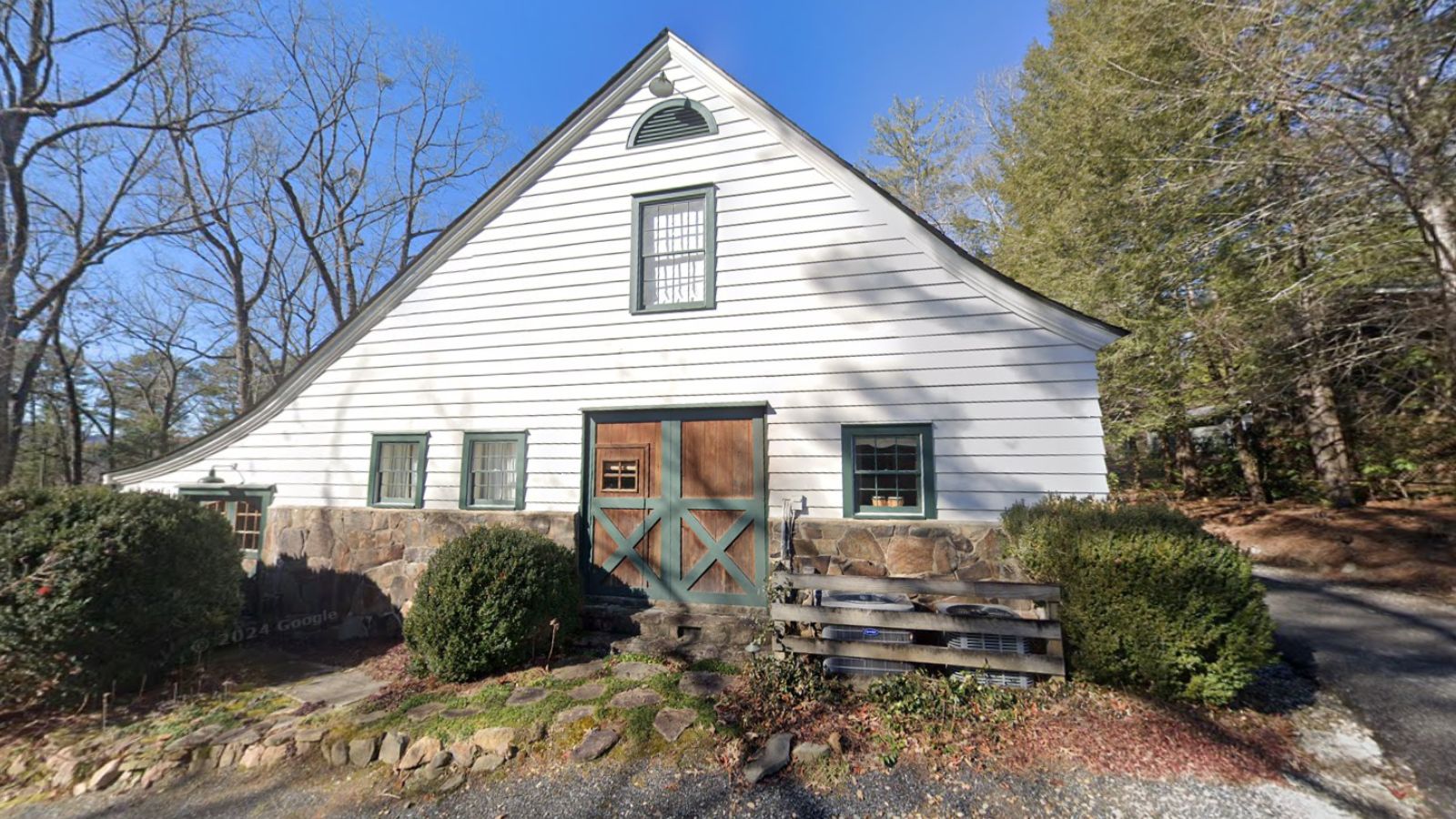
Why Are People Willing to Pay So Much to Live Here? What’s Special About It?
Lakemont attracts buyers seeking mountain living with recreational opportunities in the North Georgia mountains. The community offers cooler temperatures, scenic beauty, and outdoor activities that include hiking, fishing, and seasonal festivals. Many buyers purchase second homes or retirement properties to escape urban environments.
The area provides access to Rabun County’s natural attractions while maintaining small-town character and community connections. Buyers pay premium prices for mountain views, larger lots, and the lifestyle benefits of mountain living. Limited developable land and environmental protections help maintain property values through controlled growth.
How Lakemont Rose to Prominence
Lakemont was established in the early 1900s as a summer resort community in the North Georgia mountains, originally developed to take advantage of the area’s cool climate and natural beauty. The town’s name reflects its mountainous location and the numerous lakes and streams in the region. Early visitors came by train from Atlanta and other cities seeking relief from summer heat.
The community evolved from a seasonal resort to a year-round residential area as improved transportation made the mountains more accessible. Lakemont’s growth accelerated in the late 20th century as retirees and second-home buyers discovered its appeal. Today’s Lakemont balances its resort heritage with residential development, offering residents mountain living with modern conveniences and recreational opportunities.
3 Interesting Tidbits
1. Historic Resort – Lakemont began as an early 20th-century mountain resort destination for visitors escaping summer heat in Georgia’s cities.
2. Mountain Recreation – The area offers easy access to numerous state parks, lakes, and hiking trails in the North Georgia mountains.
3. Seasonal Community – Many properties serve as second homes or vacation rentals, creating a unique mix of permanent and seasonal residents.
24. Peachtree Corners – 120% Home Price Increase Since 2010
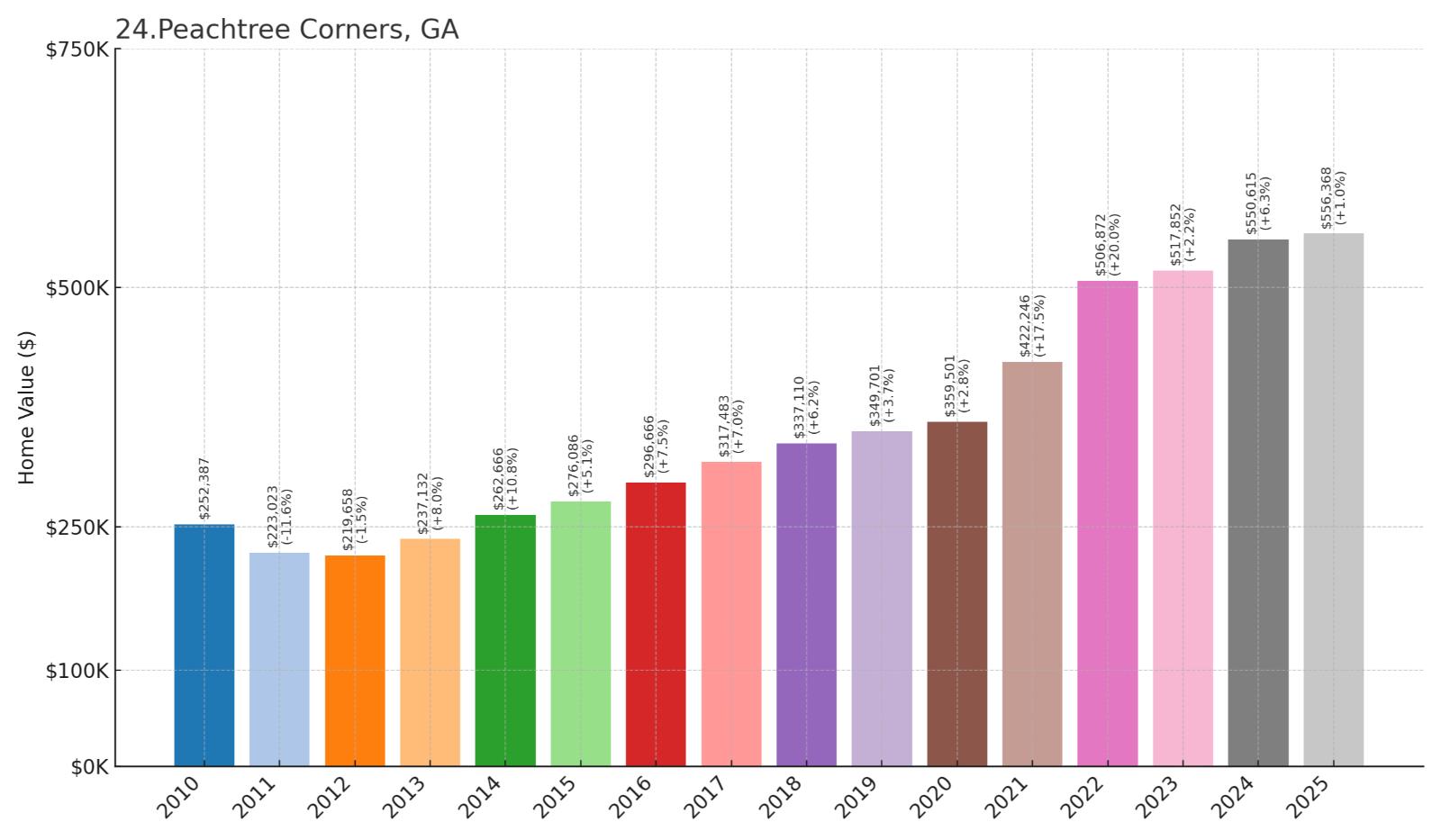
- 2010: $252,387
- 2011: $223,023
- 2012: $219,658
- 2013: $237,132
- 2014: $262,666
- 2015: $276,086
- 2016: $296,666
- 2017: $317,483
- 2018: $337,110
- 2019: $349,701
- 2020: $359,501
- 2021: $422,246
- 2022: $506,872
- 2023: $517,852
- 2024: $550,615
- 2025: $556,368
Peachtree Corners shows steady appreciation from $252,000 in 2010 to over $556,000 in 2025, marking a solid 120% increase. The community experienced consistent growth with acceleration after 2020, rising from $359,000 to over $506,000 between 2020 and 2022. This Gwinnett County city continues to show strength with sustained price growth through 2025.
Why Peachtree Corners?
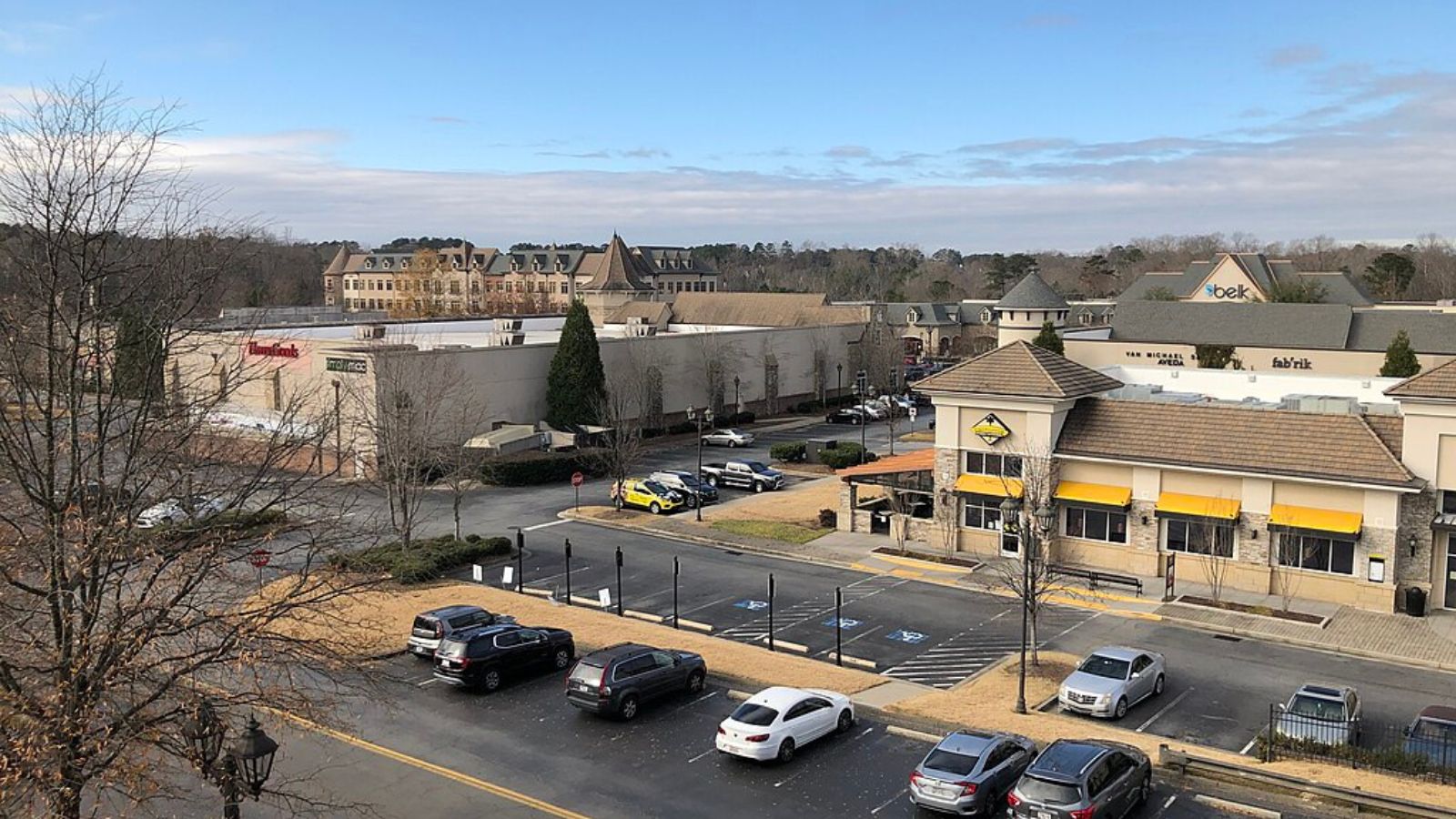
Why Are People Willing to Pay So Much to Live Here? What’s Special About It?
Peachtree Corners appeals to buyers with its combination of residential neighborhoods and major employment centers within Gwinnett County. The city hosts numerous corporate headquarters and technology companies, creating local job opportunities and economic stability. Families value the excellent schools, parks, and suburban amenities within easy reach of Atlanta.
The area offers modern subdivisions, shopping centers, and recreational facilities that create a complete suburban lifestyle. Buyers pay premium prices for the convenience of living where they work, excellent educational opportunities, and well-maintained communities. The city’s planned development and infrastructure investments help maintain property values and quality of life.
How Peachtree Corners Rose to Prominence
Peachtree Corners developed as an unincorporated area of Gwinnett County beginning in the 1960s, growing rapidly as Atlanta’s suburbs expanded northward. The area attracted corporate relocations and technology companies, creating Technology Park and establishing an economic base beyond residential development. Major corporations chose the location for its highway access and suburban setting.
The community incorporated as a city in 2012, becoming Georgia’s newest city at the time, to gain local control over development and services. Peachtree Corners combined established neighborhoods with commercial centers and office parks to create a balanced community. Today’s city continues attracting businesses and residents with its strategic location, excellent schools, and modern infrastructure.
3 Interesting Tidbits
1. Georgia’s Newest City – Peachtree Corners incorporated in 2012, making it one of Georgia’s youngest municipal governments.
2. Technology Hub – The city hosts Technology Park, home to numerous corporate headquarters and technology companies.
3. Smart City Initiative – Peachtree Corners operates as a smart city testbed, implementing cutting-edge technology for municipal services and transportation.
23. Chattahoochee Hills – 117% Home Price Increase Since 2010

- 2010: $257,492
- 2011: $228,017
- 2012: $197,429
- 2013: $212,988
- 2014: $247,436
- 2015: $263,082
- 2016: $286,435
- 2017: $313,587
- 2018: $340,097
- 2019: $362,965
- 2020: $382,403
- 2021: $480,605
- 2022: $554,535
- 2023: $540,431
- 2024: $575,876
- 2025: $557,766
Chattahoochee Hills shows strong overall growth from $257,000 in 2010 to nearly $558,000 in 2025, representing a 117% increase despite some volatility. The community experienced a significant dip in 2012 before recovering steadily, with dramatic acceleration after 2020. Values jumped from $382,000 to over $554,000 between 2020 and 2022, reflecting pandemic-driven demand for rural properties.
Why Chattahoochee Hills?
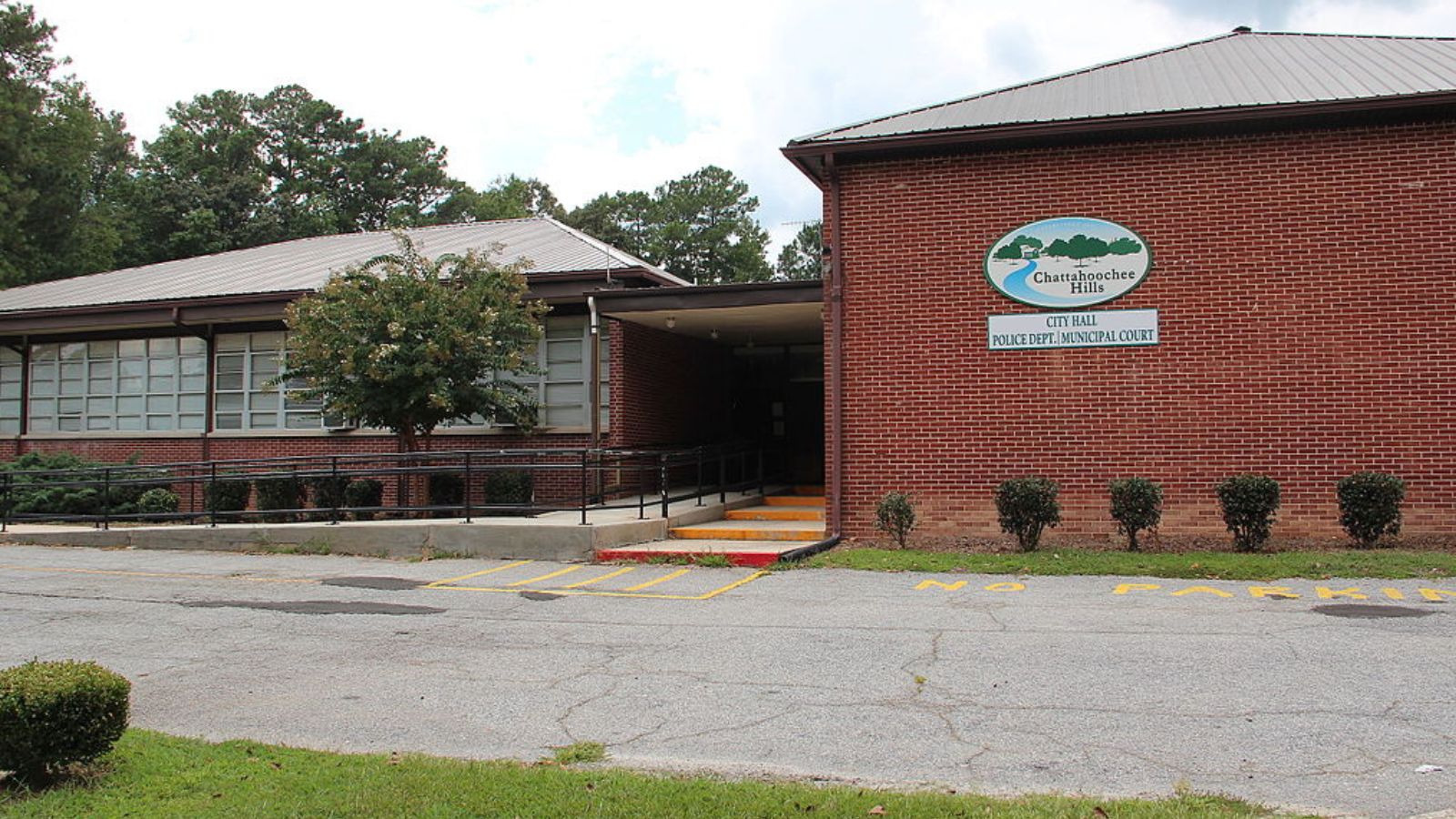
Why Are People Willing to Pay So Much to Live Here? What’s Special About It?
Chattahoochee Hills attracts buyers seeking rural character with proximity to Atlanta’s employment and cultural opportunities. The city maintains agricultural zoning and large-lot requirements that preserve open space and rural lifestyle. Buyers pay premium prices for horse properties, newer custom homes, and escape from suburban density.
The area offers unique benefits including equestrian facilities, hiking trails, and preserved farmland that create a countryside atmosphere within metro Atlanta. Families value the excellent schools, low crime rates, and tight-knit community that comes with rural living. Limited development and environmental protections help maintain property values and rural character.
How Chattahoochee Hills Rose to Prominence
Chattahoochee Hills was incorporated in 2007 as Georgia’s first “green city,” formed by residents seeking to preserve rural character in rapidly developing South Fulton County. The area had remained agricultural longer than surrounding communities, featuring horse farms, open pastures, and the Chattahoochee River corridor. Incorporation allowed local control over development and environmental protection.
The city’s founders emphasized sustainable development, agricultural preservation, and low-density housing to maintain rural character while accommodating growth. Chattahoochee Hills became a model for rural preservation within metropolitan areas, attracting residents who value environmental stewardship and rural lifestyle. Today’s community balances conservation with carefully planned development, offering residents countryside living within commuting distance of Atlanta.
3 Interesting Tidbits
1. Green City Pioneer – Chattahoochee Hills was Georgia’s first incorporated “green city,” emphasizing environmental sustainability and rural preservation.
2. Equestrian Community – The city maintains numerous horse farms, riding trails, and equestrian facilities that define its rural character.
3. River Protection – Much of the city lies along the Chattahoochee River, with protected corridors and conservation easements preserving natural areas.
22. Peachtree City – 122% Home Price Increase Since 2010
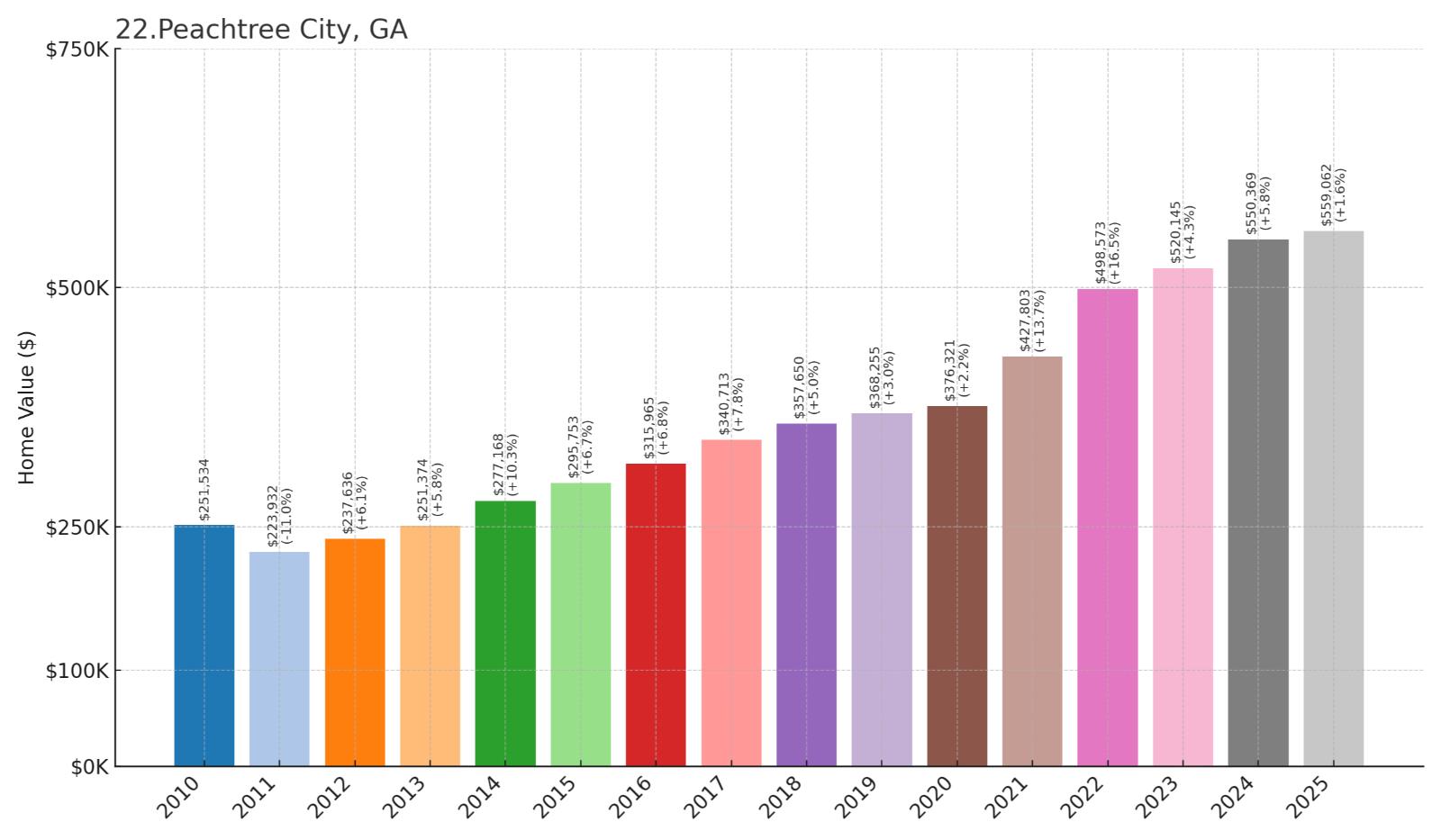
- 2010: $251,534
- 2011: $223,932
- 2012: $237,636
- 2013: $251,374
- 2014: $277,168
- 2015: $295,753
- 2016: $315,965
- 2017: $340,713
- 2018: $357,650
- 2019: $368,255
- 2020: $376,321
- 2021: $427,803
- 2022: $498,573
- 2023: $520,145
- 2024: $550,369
- 2025: $559,062
Peachtree City demonstrates steady appreciation from $251,000 in 2010 to $559,000 in 2025, marking a solid 122% increase. The community showed resilience during early 2010s challenges before accelerating after 2020, jumping from $376,000 to nearly $499,000 between 2020 and 2022. This Fayette County city continues showing strength with consistent growth through 2025.
Why Peachtree City?
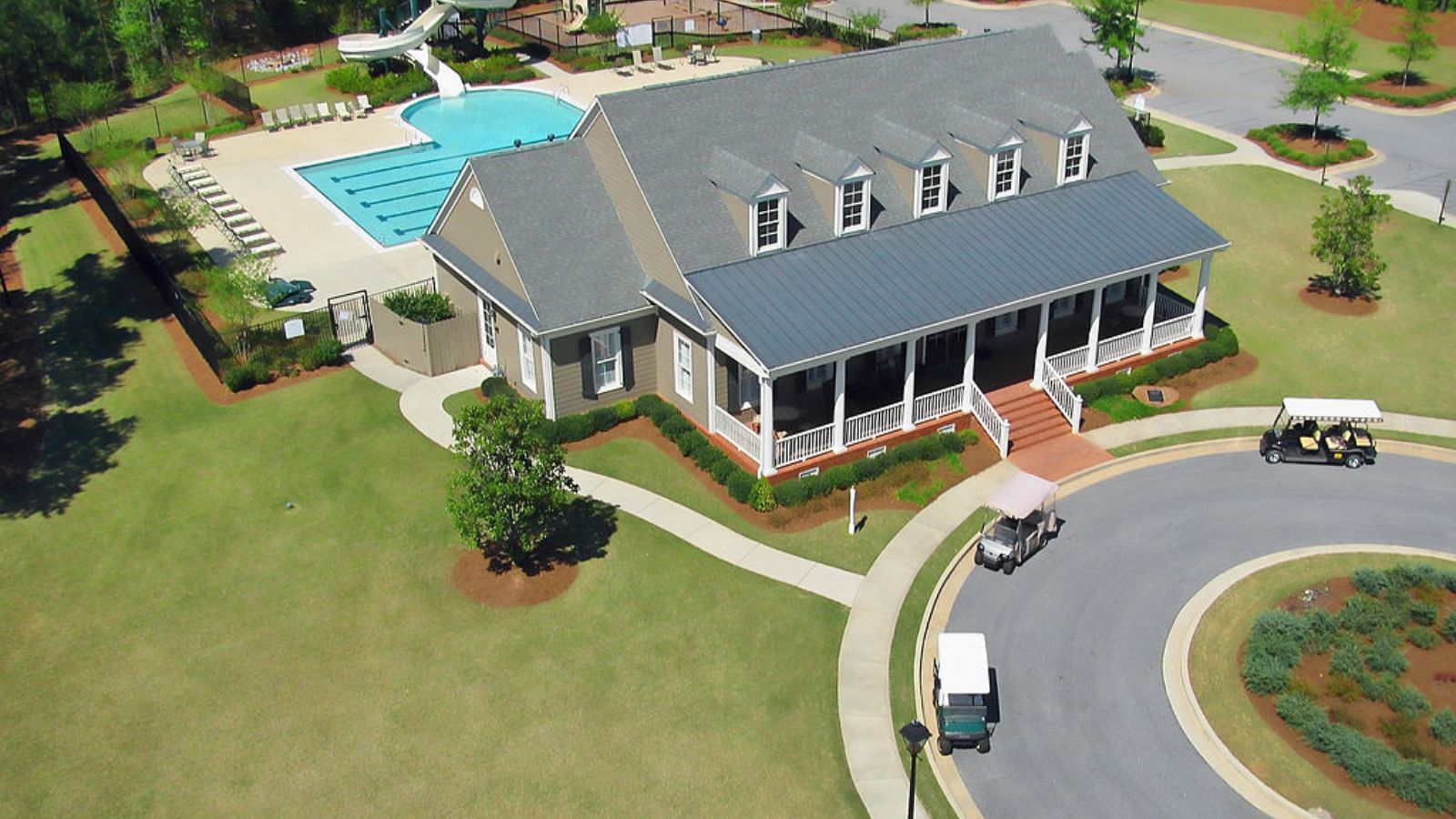
Why Are People Willing to Pay So Much to Live Here? What’s Special About It?
Peachtree City draws buyers with its unique golf cart transportation system and master-planned community design that creates a distinctive suburban lifestyle. The city features over 100 miles of golf cart paths connecting neighborhoods, shopping centers, and schools, offering car-free transportation for daily activities. Families particularly value the safe, walkable environment and strong sense of community.
The area offers excellent schools, numerous parks, and recreational facilities including golf courses and lakes that enhance quality of life. Buyers pay premium prices for the planned community amenities, low crime rates, and family-friendly atmosphere that’s rare in metro Atlanta. The city’s controlled development and architectural standards help maintain property values and community character.
How Peachtree City Rose to Prominence
Peachtree City was developed beginning in 1959 as one of America’s first master-planned communities, created by entrepreneurs Joel Cowan and Robert McRae. The developers envisioned a complete city with residential neighborhoods, commercial centers, and recreational facilities connected by golf cart paths instead of traditional roads. The concept attracted national attention as an innovative approach to suburban development.
The city incorporated in 1967 and continued expanding according to the original master plan through the following decades. Peachtree City became known for its environmental preservation, quality construction, and unique transportation system that eliminated many traffic concerns. Today’s community maintains its planned development principles while adapting to modern needs, creating a distinctive suburban environment that commands premium prices.
3 Interesting Tidbits
1. Golf Cart Capital – Peachtree City features over 100 miles of golf cart paths, making it one of the largest golf cart communities in the world.
2. Master Planning – The entire city was designed as a master-planned community in the 1960s, with neighborhoods, shopping, and recreation integrated from the beginning.
3. Lake Community – The city includes three lakes with beaches, boating, and recreational facilities exclusively for residents.
21. White Plains – 103% Home Price Increase Since 2010

- 2010: $275,463
- 2011: $258,513
- 2012: $252,933
- 2013: $256,441
- 2014: $259,115
- 2015: $281,175
- 2016: $290,586
- 2017: $300,042
- 2018: $326,482
- 2019: $340,286
- 2020: $361,089
- 2021: $471,355
- 2022: $524,001
- 2023: $512,381
- 2024: $544,464
- 2025: $560,089
White Plains shows solid appreciation from $275,000 in 2010 to $560,000 in 2025, representing a 103% increase over 15 years. The community experienced moderate growth through 2020 before dramatic acceleration, jumping from $361,000 to over $471,000 between 2020 and 2021. This reflects broader pandemic-driven demand for suburban and rural properties in the metro Atlanta area.
Why White Plains?
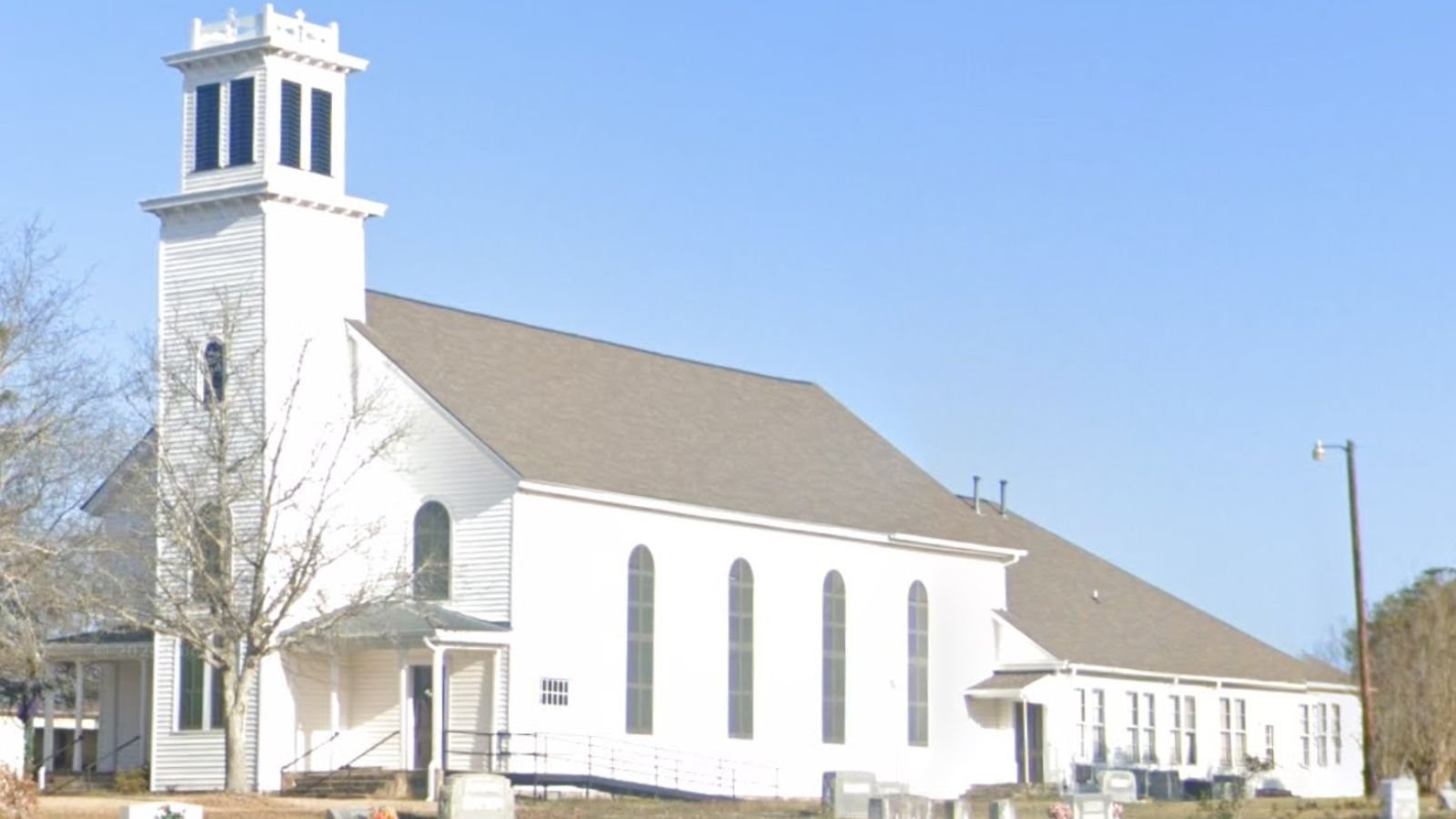
Why Are People Willing to Pay So Much to Live Here? What’s Special About It?
White Plains attracts buyers seeking rural character with convenient access to Atlanta’s employment and cultural opportunities. The small Greene County community offers larger lots, newer construction, and escape from urban density while maintaining reasonable commute times. Buyers value the peaceful setting, low crime rates, and tight-knit community atmosphere.
The area provides outdoor recreation opportunities including fishing, hunting, and hiking that appeal to families seeking active lifestyles. Buyers pay premium prices for the combination of rural setting, modern homes, and strategic location between Atlanta and Augusta. Limited housing inventory and controlled development help maintain property values in this growing area.
How White Plains Rose to Prominence
White Plains developed as a small farming community in Greene County, named for the white limestone outcroppings found in the area. The community remained predominantly agricultural through most of the 20th century, with cotton and later poultry farming providing economic stability. Rural residents commuted to nearby cities for non-agricultural employment.
The area’s transformation began in the 1990s as Atlanta’s suburban sprawl reached east into previously rural counties, bringing new residential development and commercial growth. White Plains attracted families drawn to larger lots, newer homes, and rural character while maintaining access to urban employment. Today’s White Plains balances agricultural heritage with suburban growth, offering residents rural living with modern conveniences.
3 Interesting Tidbits
1. Limestone Heritage – The community takes its name from white limestone formations that are characteristic of the local geology.
2. Agricultural Roots – The area maintains active farming operations alongside newer residential development, preserving its rural character.
3. Strategic Location – White Plains sits roughly halfway between Atlanta and Augusta, making it attractive to commuters from both metropolitan areas.
20. Woolsey – -1% Home Price Increase Since 2022
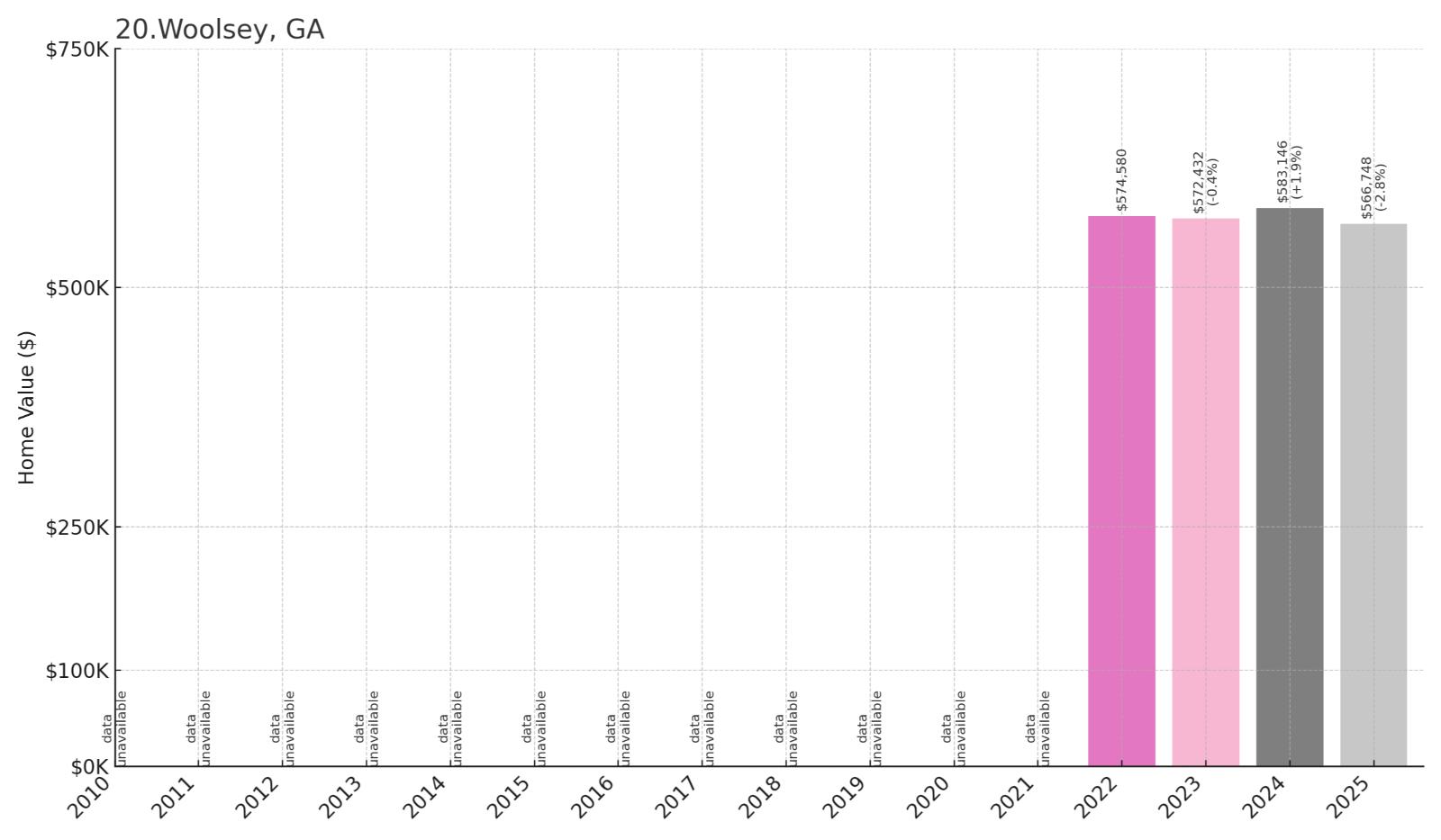
- 2010: N/A
- 2011: N/A
- 2012: N/A
- 2013: N/A
- 2014: N/A
- 2015: N/A
- 2016: N/A
- 2017: N/A
- 2018: N/A
- 2019: N/A
- 2020: N/A
- 2021: N/A
- 2022: $574,580
- 2023: $572,432
- 2024: $583,146
- 2025: $566,748
Woolsey shows minimal change since data became available in 2022, declining slightly from $574,000 to $566,000 for a -1% change over three years. The community experienced modest fluctuation with a peak in 2024 before settling at current levels. Limited data availability suggests this is a smaller community with recent development or data collection.
Why Woolsey?
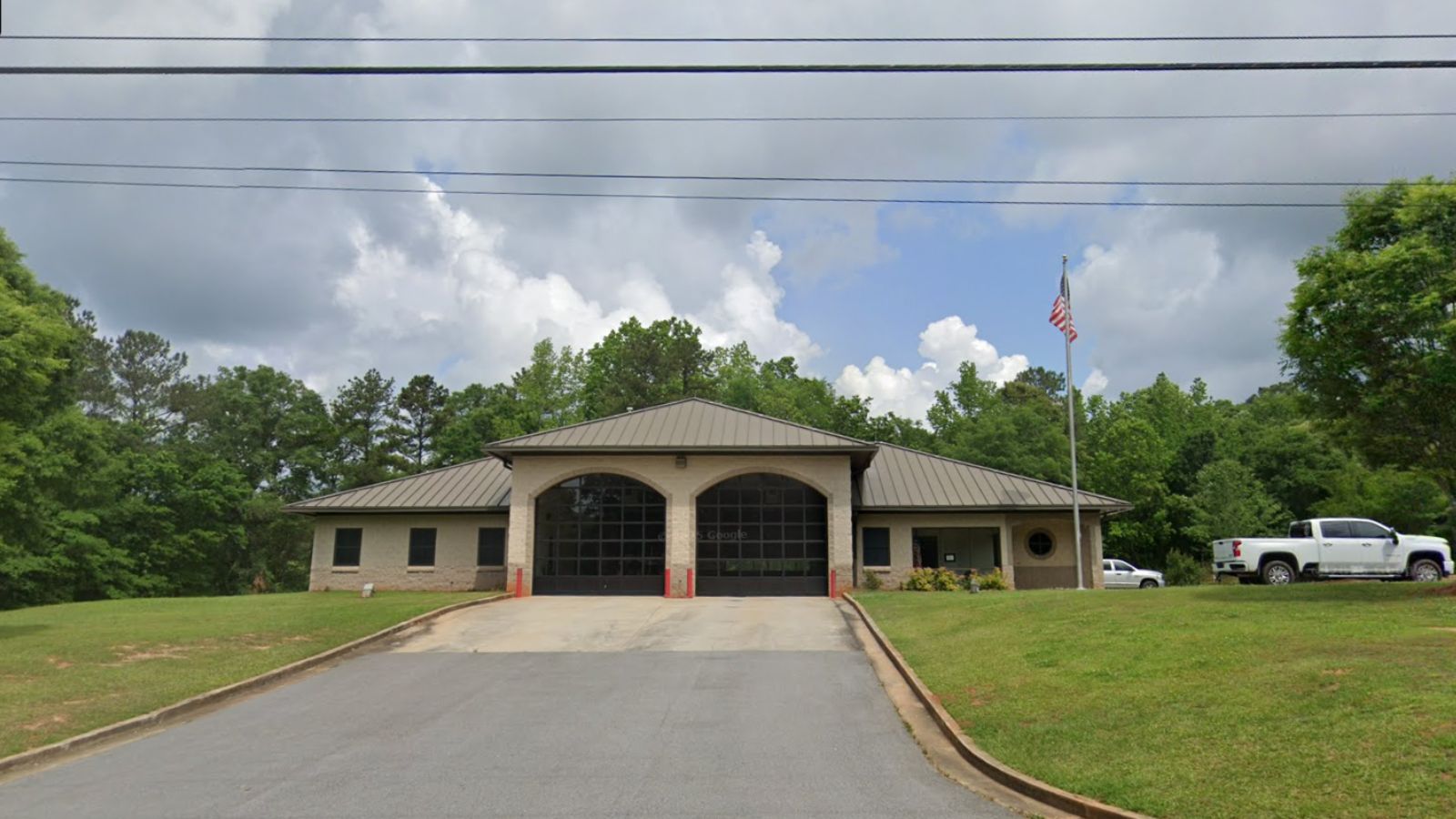
Why Are People Willing to Pay So Much to Live Here? What’s Special About It?
Woolsey attracts buyers seeking newer development with suburban amenities in Fayette County. The small community offers modern homes, larger lots, and proximity to Atlanta’s southern suburbs without urban congestion. Families value the peaceful setting, excellent schools, and safe neighborhoods that characterize this area.
The location provides easy access to Peachtree City’s amenities and Atlanta’s employment centers while maintaining a more secluded residential environment. Buyers pay premium prices for the combination of new construction, rural setting, and strategic location. Limited housing inventory and newer development help maintain property values in this emerging community.
How Woolsey Rose to Prominence
Woolsey developed as a small rural community in Fayette County, remaining largely agricultural through most of the 20th century. The area featured farms, timber operations, and scattered rural residences serving families connected to local agriculture and nearby employment centers. Limited development kept the area rural and sparsely populated.
Recent development brought residential subdivisions and modern infrastructure to previously rural land, creating new housing opportunities in Fayette County. The community’s growth reflects broader trends of suburban expansion into previously agricultural areas south of Atlanta. Today’s Woolsey represents emerging suburban development that offers rural character with modern amenities and convenient access to metropolitan employment.
3 Interesting Tidbits
1. Recent Development – Woolsey represents newer suburban development in previously rural Fayette County farmland.
2. Fayette County Benefits – Residents enjoy excellent schools and services provided by one of Georgia’s most highly-rated county governments.
3. Strategic Growth – The community reflects planned suburban expansion that preserves rural character while adding modern infrastructure.
19. Brooks – 151% Home Price Increase Since 2010
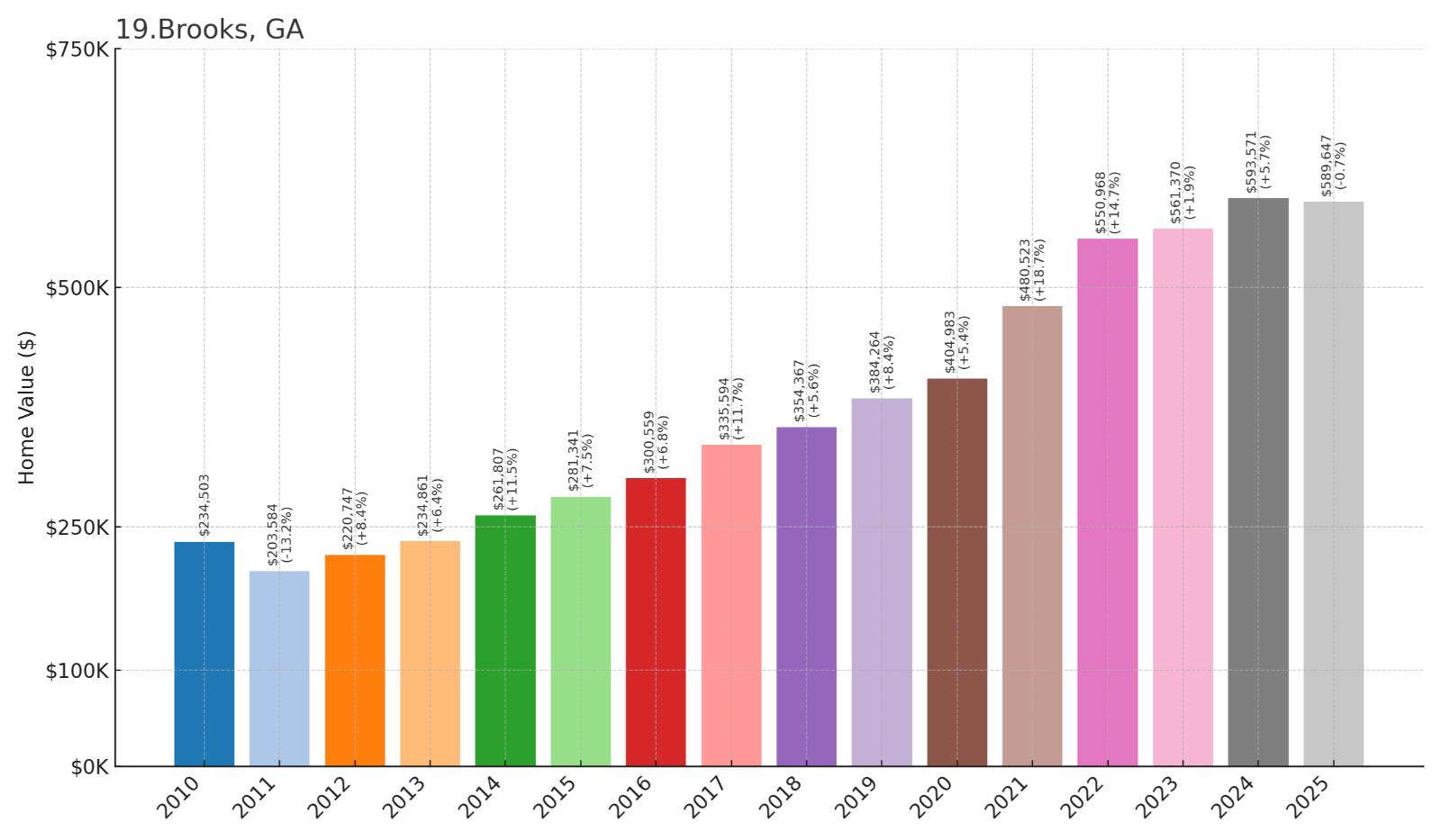
- 2010: $234,503
- 2011: $203,584
- 2012: $220,747
- 2013: $234,861
- 2014: $261,807
- 2015: $281,341
- 2016: $300,559
- 2017: $335,594
- 2018: $354,367
- 2019: $384,264
- 2020: $404,983
- 2021: $480,523
- 2022: $550,968
- 2023: $561,370
- 2024: $593,571
- 2025: $589,647
Brooks demonstrates exceptional growth from $234,000 in 2010 to nearly $590,000 in 2025, marking an impressive 151% increase. The community showed steady appreciation with dramatic acceleration after 2020, jumping from $404,000 to over $480,000 between 2020 and 2021. This Fayette County community has maintained strong momentum despite slight cooling from peak levels.
Why Brooks?
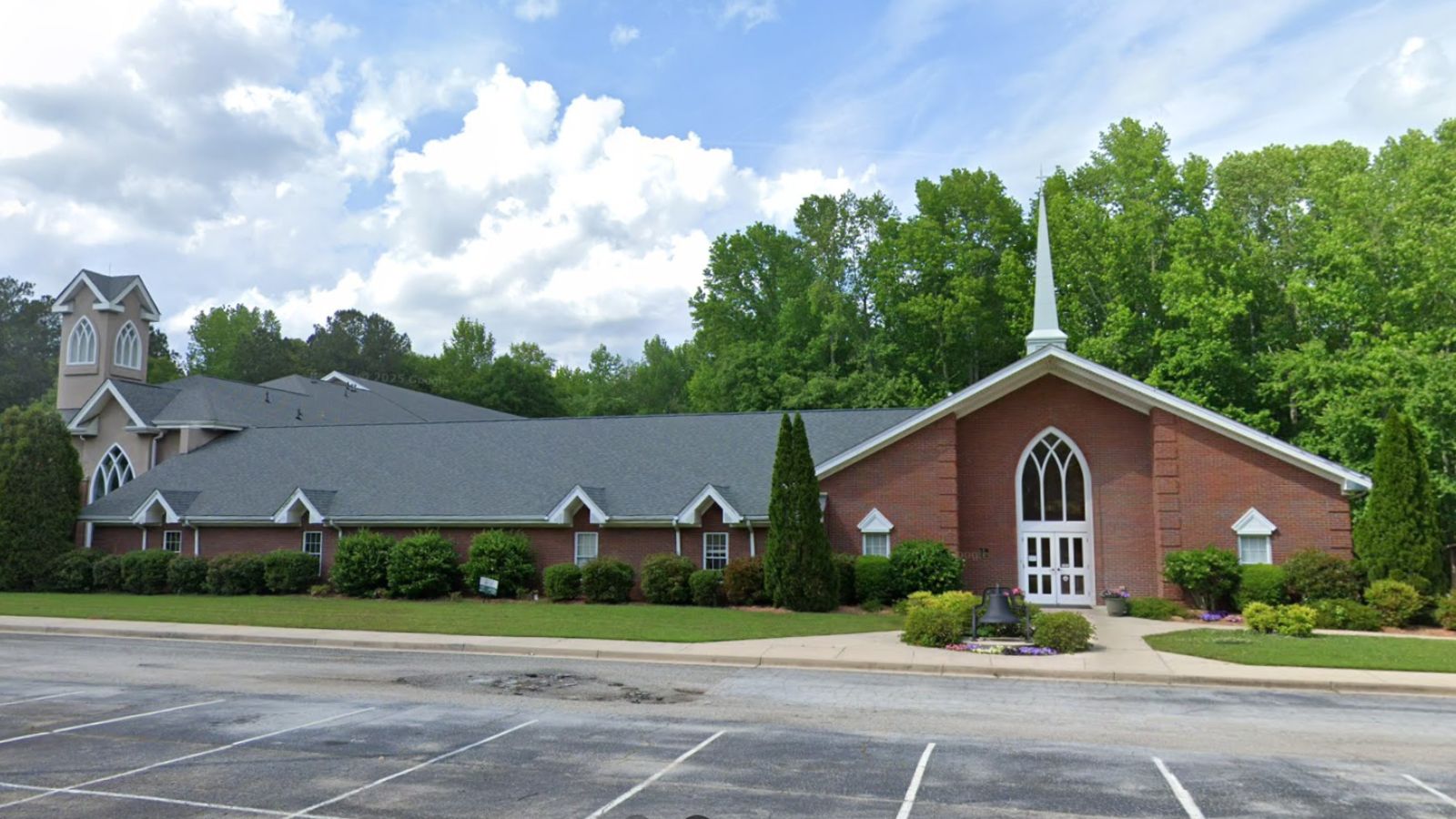
Why Are People Willing to Pay So Much to Live Here? What’s Special About It?
Brooks attracts buyers seeking rural character with excellent schools and proximity to Atlanta’s southern employment centers. The small Fayette County community offers larger lots, newer construction, and escape from suburban density while maintaining reasonable commute times. Families particularly value the top-rated school system and safe neighborhoods.
The area provides outdoor recreation opportunities and rural lifestyle benefits that appeal to buyers seeking space and tranquility. Brooks offers the combination of modern homes, agricultural zoning, and community character that’s increasingly rare near major cities. Limited housing inventory and controlled development help maintain property values and rural atmosphere.
How Brooks Rose to Prominence
Brooks began as a small railroad community in Fayette County, established in the late 19th century along transportation routes connecting Atlanta to southern Georgia. The town served local agricultural interests and provided rail transportation for cotton and other farm products. Rural character dominated through most of the 20th century.
The community’s transformation accelerated in the 1990s as Atlanta’s suburban expansion reached Fayette County, bringing new residential development and modern infrastructure. Brooks attracted families drawn to excellent schools, rural setting, and proximity to both Atlanta employment and Peachtree City amenities. Today’s Brooks balances small-town character with suburban growth, offering residents rural living with modern conveniences and educational opportunities.
3 Interesting Tidbits
1. Railroad Heritage – Brooks originated as a railroad community serving agricultural transportation needs in the late 1800s.
2. School Excellence – The community benefits from Fayette County Schools, consistently ranked among Georgia’s top school systems.
3. Rural Preservation – Brooks maintains agricultural zoning and larger lots that preserve its rural character despite suburban growth pressures.
18. Isle of Hope – 127% Home Price Increase Since 2010
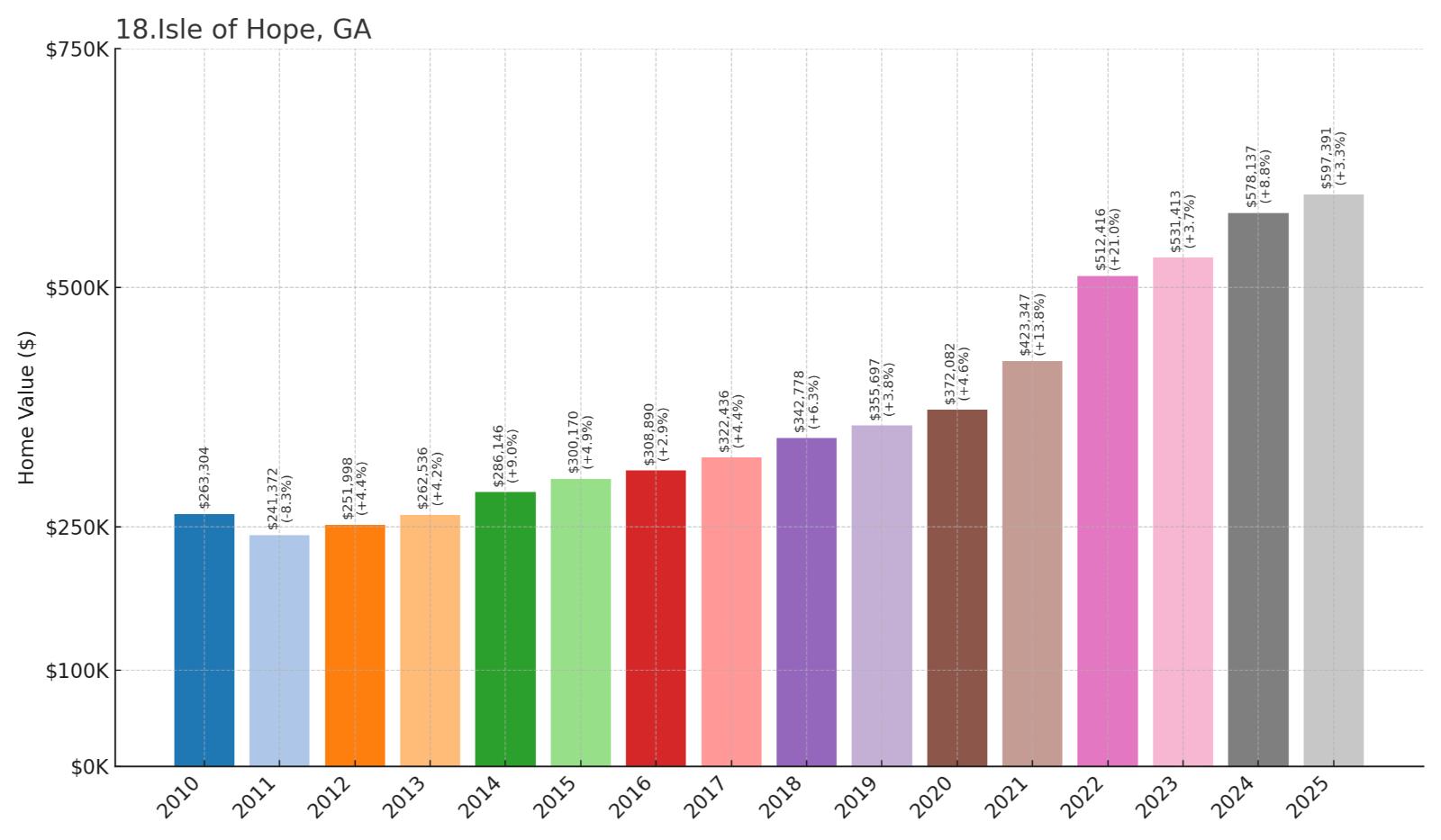
- 2010: $263,304
- 2011: $241,372
- 2012: $251,998
- 2013: $262,536
- 2014: $286,146
- 2015: $300,170
- 2016: $308,890
- 2017: $322,436
- 2018: $342,778
- 2019: $355,697
- 2020: $372,082
- 2021: $423,347
- 2022: $512,416
- 2023: $531,413
- 2024: $578,137
- 2025: $597,391
Isle of Hope shows impressive growth from $263,000 in 2010 to nearly $597,000 in 2025, representing a 127% increase over 15 years. The community experienced steady appreciation with significant acceleration after 2020, rising from $372,000 to over $512,000 between 2020 and 2022. This historic Savannah suburb continues showing strength with sustained price growth through 2025.
Why Isle of Hope?
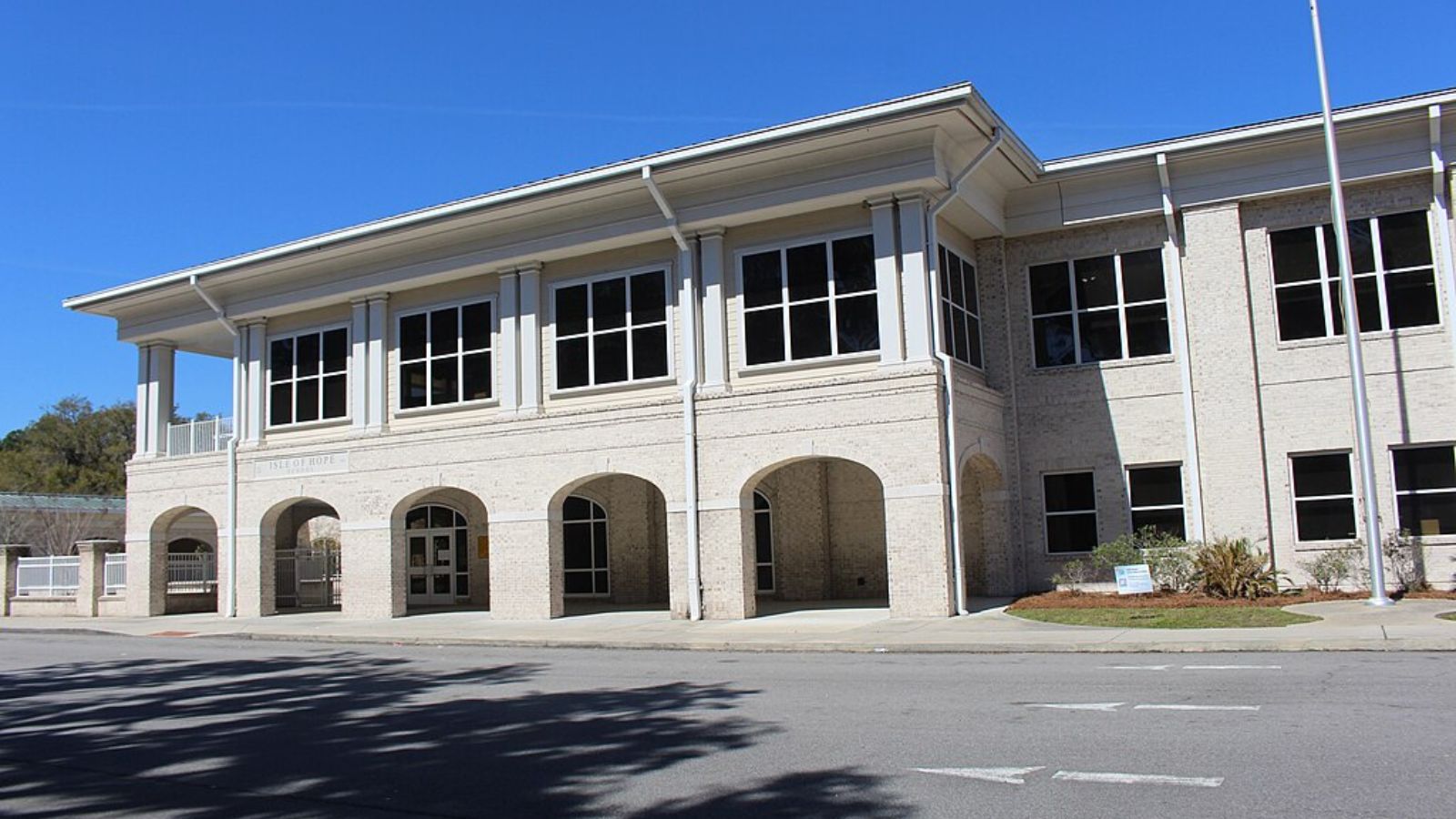
Why Are People Willing to Pay So Much to Live Here? What’s Special About It?
Isle of Hope attracts buyers with its historic charm and waterfront location along the Wilmington River near Savannah. The community features tree-lined streets, historic homes, and marina access that create a distinctive coastal lifestyle. Buyers value the combination of small-town atmosphere with proximity to Savannah’s employment, culture, and amenities.
The area offers excellent schools, preserved historic architecture, and recreational opportunities including boating, fishing, and waterfront dining. Families pay premium prices for the unique character, low crime rates, and coastal living benefits that are rare so close to a major city. Limited waterfront property and historic preservation help maintain property values and community character.
How Isle of Hope Rose to Prominence
Isle of Hope was established in the colonial era as a plantation community along the Wilmington River south of Savannah, taking its name from early settlers’ hopes for prosperity in the New World. The area developed as a summer retreat for wealthy Savannah families seeking cooler riverside breezes and escape from city heat. Steamboat transportation connected the community to downtown Savannah.
The community evolved from seasonal retreat to year-round residential area in the 20th century as improved transportation made commuting feasible. Isle of Hope preserved its historic character while adding modern amenities and services that attract contemporary families. Today’s community balances historic preservation with residential growth, offering residents coastal living with urban convenience and cultural opportunities.
3 Interesting Tidbits
1. Colonial Heritage – Isle of Hope dates to colonial times and features historic plantations and architecture from Georgia’s early settlement period.
2. Waterfront Living – The community sits along the Wilmington River, offering marina access, waterfront dining, and coastal recreational opportunities.
3. Savannah Connection – Historic steamboat routes connected Isle of Hope to downtown Savannah, making it an early commuter suburb.
17. Cumming – 151% Home Price Increase Since 2010

- 2010: $244,403
- 2011: $224,389
- 2012: $230,825
- 2013: $252,874
- 2014: $281,114
- 2015: $302,775
- 2016: $317,485
- 2017: $335,670
- 2018: $353,197
- 2019: $361,811
- 2020: $373,800
- 2021: $451,547
- 2022: $577,827
- 2023: $580,237
- 2024: $624,818
- 2025: $614,310
Cumming demonstrates exceptional growth from $244,000 in 2010 to over $614,000 in 2025, marking an outstanding 151% increase. The community showed steady appreciation with dramatic acceleration after 2020, jumping from $373,000 to over $451,000 between 2020 and 2021. This Forsyth County city has emerged as one of Georgia’s premier suburban markets despite recent modest cooling.
Why Cumming?

Why Are People Willing to Pay So Much to Live Here? What’s Special About It?
Cumming attracts buyers with its unique combination of Lake Lanier access and excellent schools in rapidly growing Forsyth County. The city offers lakefront living, water recreation opportunities, and family-friendly amenities that create a resort-like atmosphere year-round. Buyers pay premium prices for lake access, newer subdivisions, and proximity to Atlanta employment centers.
The area features top-rated schools, parks, and recreational facilities including beaches, marinas, and hiking trails around Georgia’s most popular lake. Families value the combination of outdoor recreation, suburban convenience, and educational opportunities that make Cumming increasingly desirable. Limited lakefront property and continued population growth help maintain strong property values.
How Cumming Rose to Prominence
Cumming was established in 1844 as the Forsyth County seat, originally serving a rural agricultural area in North Georgia. The town remained small and primarily agricultural through the early 20th century, with farming and timber providing local economic activity. The creation of Lake Lanier in the 1950s dramatically changed the area’s character and appeal.
Lake Lanier’s development transformed Cumming from a rural county seat into a recreational destination and desirable residential area. The lake brought tourism, recreation opportunities, and eventually residential development that attracted families from Atlanta seeking lakefront living. Today’s Cumming balances its county seat functions with resort-like amenities and suburban growth, creating a unique community that offers government services, recreational opportunities, and proximity to major employment centers.
3 Interesting Tidbits
1. Lake Lanier Gateway – Cumming serves as the primary gateway to Lake Lanier, Georgia’s most visited lake with over 7 million annual visitors.
2. Beach Community – The city operates Lake Lanier Beach, one of the few inland beaches in Georgia with swimming, camping, and recreational facilities.
3. Festival Hub – Cumming hosts the annual Cumming Country Fair & Festival, one of Georgia’s largest community celebrations drawing hundreds of thousands of visitors.
16. Suwanee – 141% Home Price Increase Since 2010
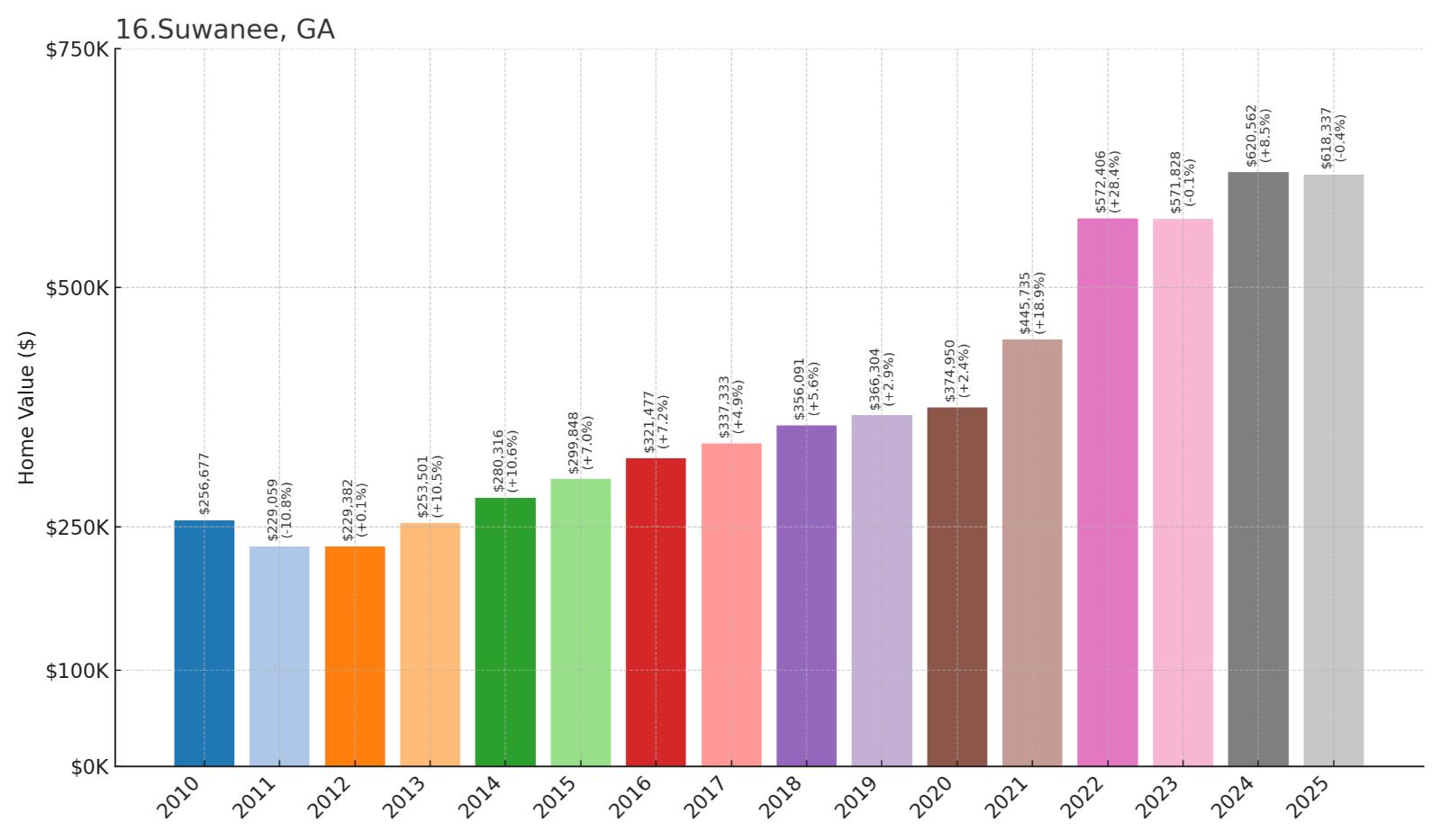
- 2010: $256,677
- 2011: $229,059
- 2012: $229,382
- 2013: $253,501
- 2014: $280,316
- 2015: $299,848
- 2016: $321,477
- 2017: $337,333
- 2018: $356,091
- 2019: $366,304
- 2020: $374,950
- 2021: $445,735
- 2022: $572,406
- 2023: $571,828
- 2024: $620,562
- 2025: $618,337
Suwanee shows exceptional growth from $256,000 in 2010 to over $618,000 in 2025, representing an impressive 141% increase. The community experienced steady appreciation with dramatic acceleration after 2020, rising from $374,000 to nearly $445,000 between 2020 and 2021. This Gwinnett County city has established itself as one of Georgia’s premier family destinations with sustained high-value pricing.
Why Suwanee?

Why Are People Willing to Pay So Much to Live Here? What’s Special About It?
Suwanee attracts families with its award-winning parks system and vibrant town center that create an exceptional quality of life. The city features numerous recreational facilities, community events, and a walkable downtown area that fosters strong community connections. Families pay premium prices for excellent schools, low crime rates, and abundant recreational opportunities.
The area offers modern subdivisions, preserved green space, and proximity to Atlanta employment centers that appeal to professional families. Suwanee’s commitment to parks, recreation, and community amenities creates a distinctive suburban lifestyle that commands premium pricing. Limited available land and continued demand from families help maintain strong property values throughout the city.
How Suwanee Rose to Prominence
Suwanee began as a small railroad town in the late 1800s, serving agricultural interests in northern Gwinnett County. The community remained largely rural through most of the 20th century, with farming and timber providing local economic activity. Limited development kept the area sparsely populated and primarily agricultural.
The city’s transformation began in the 1980s as Atlanta’s suburban expansion reached Gwinnett County, bringing residential development and modern infrastructure. Suwanee incorporated in 1989 and immediately focused on creating exceptional parks and recreational facilities that would distinguish it from other suburbs. The city’s emphasis on quality of life amenities attracted families and established its reputation as one of Georgia’s most desirable communities.
3 Interesting Tidbits
1. Parks Excellence – Suwanee consistently ranks among America’s best cities for parks and recreation, with facilities that include beaches, trails, and sports complexes.
2. Town Center Hub – The city created a vibrant town center with shops, restaurants, and community events that serves as the heart of community life.
3. Family Focus – Suwanee regularly appears on “best places to raise a family” lists due to its schools, safety, and recreational opportunities.
15. Bishop – 122% Home Price Increase Since 2010
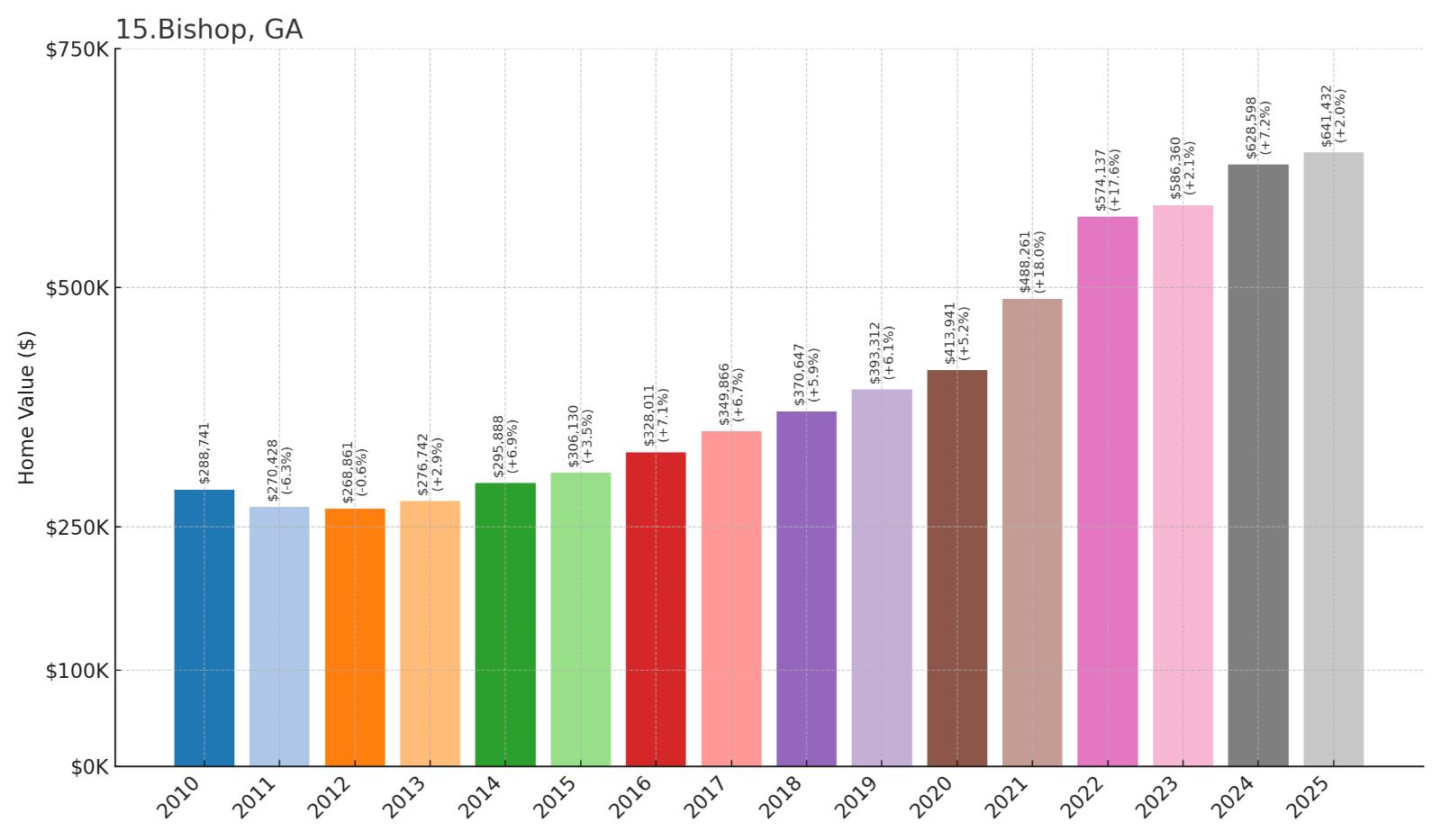
- 2010: $288,741
- 2011: $270,428
- 2012: $268,861
- 2013: $276,742
- 2014: $295,888
- 2015: $306,130
- 2016: $328,011
- 2017: $349,866
- 2018: $370,647
- 2019: $393,312
- 2020: $413,941
- 2021: $488,261
- 2022: $574,137
- 2023: $586,360
- 2024: $628,598
- 2025: $641,432
Bishop demonstrates strong appreciation from $288,000 in 2010 to over $641,000 in 2025, marking a solid 122% increase over 15 years. The community showed consistent growth with acceleration after 2020, jumping from $413,000 to nearly $488,000 between 2020 and 2021. This Oconee County community continues showing remarkable strength with sustained growth through 2025.
Why Bishop?

Why Are People Willing to Pay So Much to Live Here? What’s Special About It?
Bishop attracts buyers seeking rural character with proximity to Athens and excellent educational opportunities. The small Oconee County community offers larger lots, equestrian properties, and escape from urban density while maintaining access to University of Georgia employment and cultural activities. Families value the peaceful setting, top-rated schools, and outdoor recreation opportunities.
The area provides horse-friendly zoning, hiking trails, and agricultural character that appeal to buyers seeking active lifestyles and space. Bishop offers the combination of rural setting, excellent schools, and strategic location that’s increasingly valuable near major metropolitan areas. Limited housing inventory and agricultural preservation help maintain property values and rural atmosphere.
How Bishop Rose to Prominence
Bishop developed as a small farming community in Oconee County, originally serving agricultural interests in the area between Athens and Atlanta. The community remained predominantly rural through most of the 20th century, with cotton, dairy farming, and later poultry operations providing economic stability. Rural character and agricultural zoning dominated the landscape.
The area’s transformation began in the 1990s as Athens expanded and professionals sought rural properties within commuting distance of the University of Georgia. Bishop attracted families drawn to larger lots, rural setting, and proximity to excellent schools in Oconee County. Today’s Bishop balances agricultural heritage with residential growth, offering residents rural living with modern conveniences and educational excellence.
3 Interesting Tidbits
1. Equestrian Community – Bishop maintains numerous horse farms and equestrian facilities that define its rural character and recreational opportunities.
2. Educational Excellence – The community benefits from Oconee County Schools, consistently ranked among Georgia’s top school systems.
3. Agricultural Heritage – Bishop preserves working farms and agricultural zoning that maintain its rural character despite suburban growth pressures.
14. Roswell – 130% Home Price Increase Since 2010

- 2010: $284,008
- 2011: $266,928
- 2012: $268,178
- 2013: $293,628
- 2014: $319,997
- 2015: $341,297
- 2016: $367,636
- 2017: $390,323
- 2018: $405,534
- 2019: $413,669
- 2020: $424,163
- 2021: $494,457
- 2022: $596,773
- 2023: $608,433
- 2024: $652,683
- 2025: $653,762
Roswell shows excellent appreciation from $284,000 in 2010 to nearly $654,000 in 2025, representing a strong 130% increase. The city experienced consistent growth with dramatic acceleration after 2020, rising from $424,000 to nearly $494,000 between 2020 and 2021. This North Fulton community has established itself as one of metro Atlanta’s premier suburban markets with continued strength through 2025.
Why Roswell?

Why Are People Willing to Pay So Much to Live Here? What’s Special About It?
Roswell attracts families with its combination of historic charm and modern suburban amenities in highly-rated North Fulton County. The city features a vibrant downtown district, excellent schools, and numerous parks that create an exceptional quality of life. Families pay premium prices for the historic character, cultural activities, and proximity to Atlanta employment centers.
The area offers diverse housing options from historic homes to modern subdivisions, all within a community known for excellent public services and schools. Roswell’s commitment to historic preservation, parks, and community events creates a distinctive suburban lifestyle that commands premium pricing. The city’s reputation and limited available land help maintain strong property values.
How Roswell Rose to Prominence
Roswell was founded in 1839 by Roswell King as a planned industrial community centered around textile manufacturing along the Chattahoochee River. The city became one of Georgia’s early industrial centers, with mills providing employment and economic stability through the Civil War and beyond. Historic mill buildings and worker housing created a distinctive community character.
The city’s transformation from industrial center to suburban community began in the mid-20th century as Atlanta’s growth reached North Fulton County. Roswell preserved its historic downtown and mill buildings while adding residential developments and modern amenities. Today’s Roswell balances historic preservation with suburban growth, offering residents historic charm with contemporary convenience and excellent schools.
3 Interesting Tidbits
1. Mill Town Heritage – Roswell was founded as an industrial mill town in 1839, with preserved historic buildings that now house shops, restaurants, and cultural venues.
2. Cultural Hub – The city features numerous art galleries, performance venues, and festivals that create a vibrant cultural scene in North Fulton County.
3. River Recreation – Roswell sits along the Chattahoochee River with parks, trails, and recreational opportunities that enhance quality of life.
13. Tybee Island – 87% Home Price Increase Since 2010
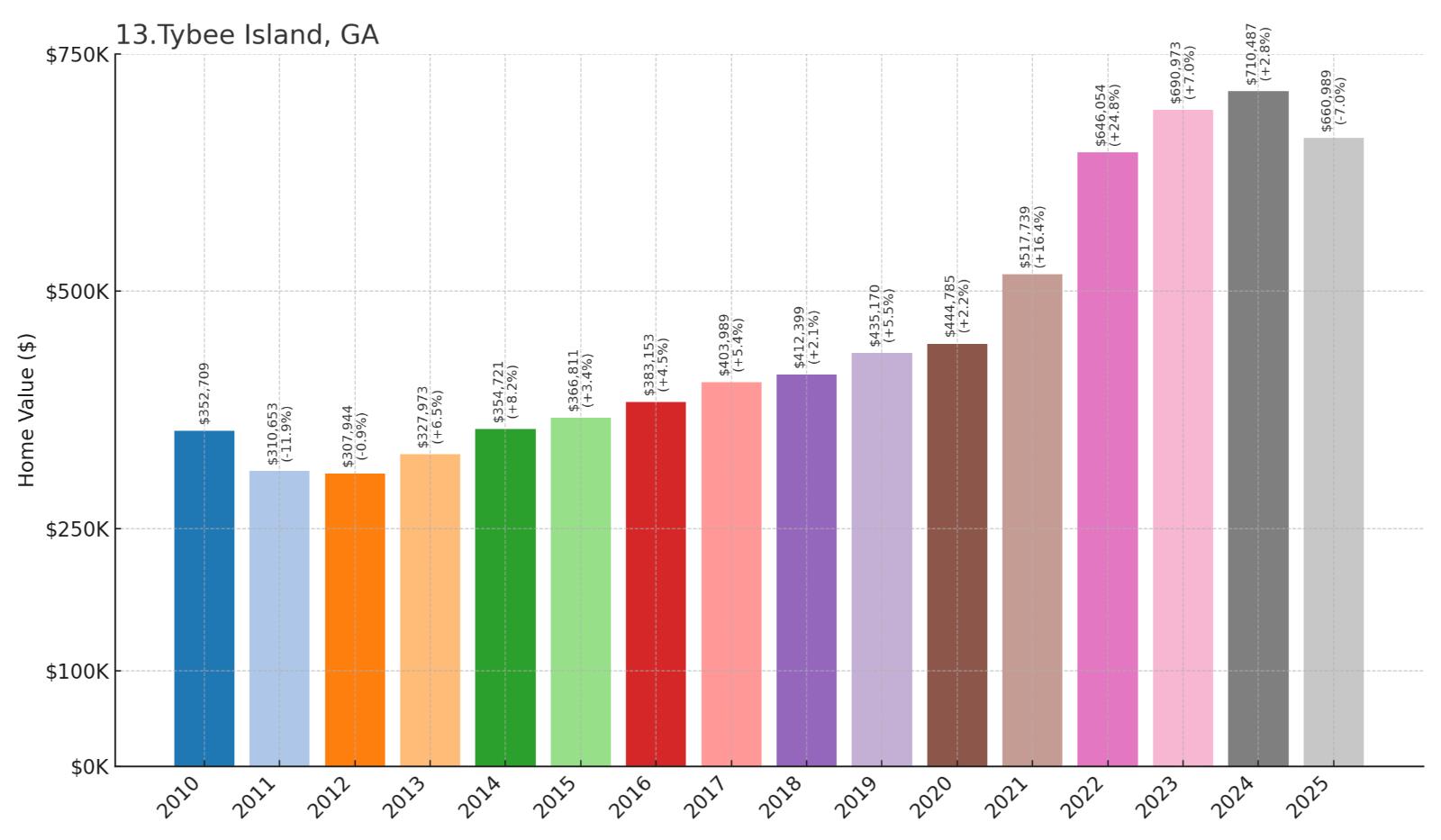
- 2010: $352,709
- 2011: $310,653
- 2012: $307,944
- 2013: $327,973
- 2014: $354,721
- 2015: $366,811
- 2016: $383,153
- 2017: $403,989
- 2018: $412,399
- 2019: $435,170
- 2020: $444,785
- 2021: $517,739
- 2022: $646,054
- 2023: $690,973
- 2024: $710,487
- 2025: $660,989
Tybee Island shows solid growth from $352,000 in 2010 to $660,000 in 2025, representing an 87% increase despite starting from a higher base. The island experienced steady appreciation with dramatic acceleration after 2020, jumping from $444,000 to over $517,000 between 2020 and 2021. This coastal community has shown some volatility but maintains premium pricing for beachfront living.
Why Tybee Island?

Why Are People Willing to Pay So Much to Live Here? What’s Special About It?
Tybee Island attracts buyers with its unique beachfront location and laid-back coastal lifestyle just minutes from historic Savannah. The island offers year-round beach living, water recreation opportunities, and a tight-knit community atmosphere that’s rare on the East Coast. Buyers pay premium prices for beach access, historic charm, and escape from urban environments.
The area provides excellent dining, local festivals, and recreational activities including fishing, surfing, and boating that create a resort-like atmosphere. Tybee’s proximity to Savannah adds cultural richness and employment opportunities while maintaining small-town island character. Limited developable land and environmental protections help maintain property values through controlled growth.
How Tybee Island Rose to Prominence
Tybee Island served as a resort destination beginning in the late 1800s, when steamboat and later railroad connections brought visitors from Savannah seeking beach recreation and cooler ocean breezes. The island developed hotels, pavilions, and amusement facilities that made it a popular vacation spot for Georgia residents. Military fortifications added strategic importance during various conflicts.
The island’s evolution from seasonal resort to year-round residential community accelerated in the mid-20th century as improved transportation made permanent residence feasible. Tybee preserved its beach town character while developing modern infrastructure and services. Today’s Tybee Island balances tourism with residential living, offering residents beachfront lifestyle with proximity to Savannah’s employment and cultural opportunities.
3 Interesting Tidbits
1. Historic Resort – Tybee Island served as Georgia’s premier beach resort destination beginning in the 1890s, accessible by steamboat and railroad from Savannah.
2. Lighthouse Legacy – The island features a historic lighthouse dating to 1773, one of Georgia’s oldest and most recognizable coastal landmarks.
3. Beach Culture – Tybee maintains a laid-back beach town atmosphere with local festivals, seafood restaurants, and recreational activities that define coastal living.
12. Dunwoody – 107% Home Price Increase Since 2010
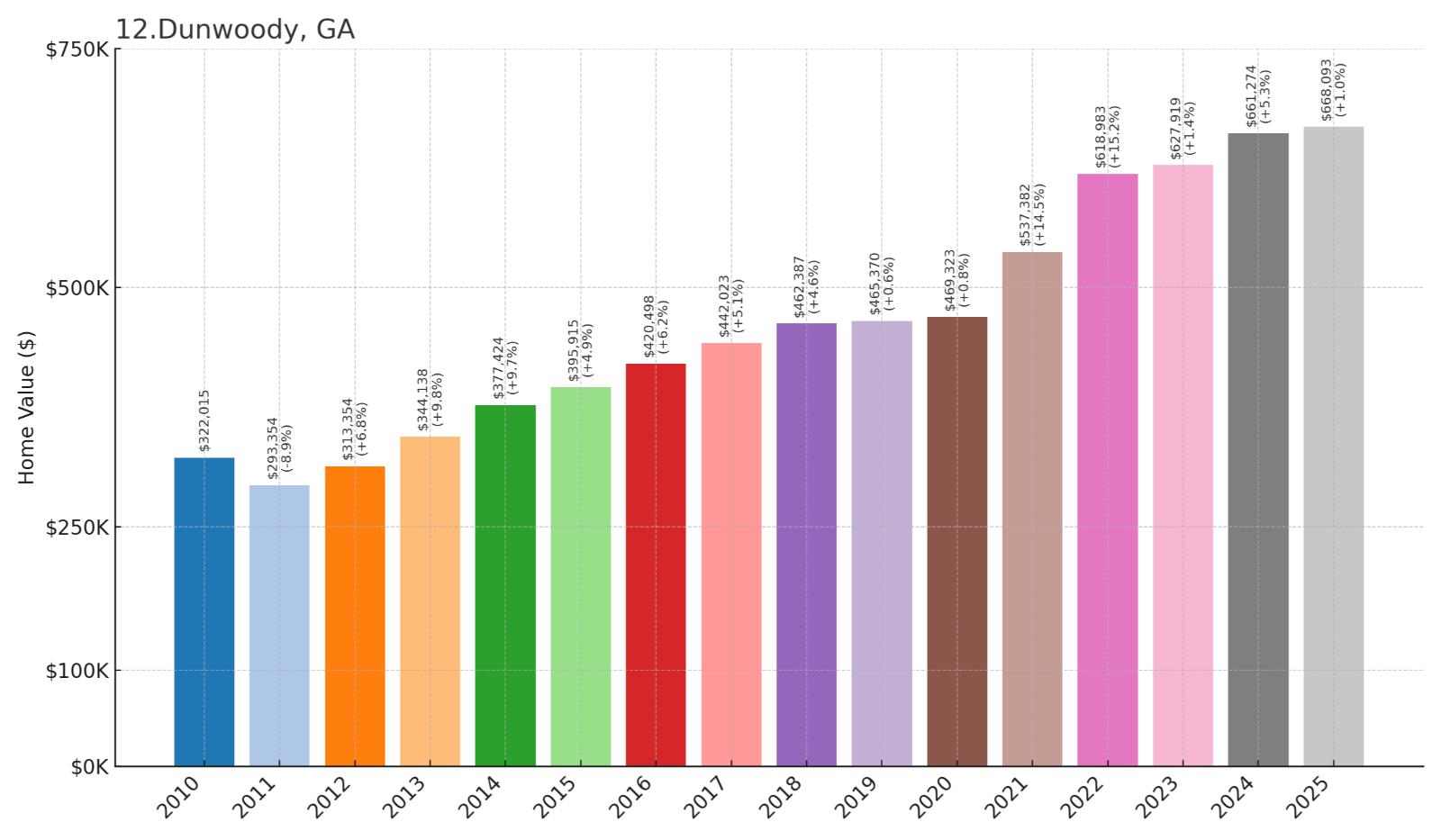
- 2010: $322,015
- 2011: $293,354
- 2012: $313,354
- 2013: $344,138
- 2014: $377,424
- 2015: $395,915
- 2016: $420,498
- 2017: $442,023
- 2018: $462,387
- 2019: $465,370
- 2020: $469,323
- 2021: $537,382
- 2022: $618,983
- 2023: $627,919
- 2024: $661,274
- 2025: $668,093
Dunwoody demonstrates solid appreciation from $322,000 in 2010 to $668,000 in 2025, representing a 107% increase over 15 years. The city experienced steady growth with acceleration after 2020, rising from $469,000 to over $537,000 between 2020 and 2021. This North DeKalb County community has maintained consistent strength as one of metro Atlanta’s most desirable suburban markets.
Why Dunwoody?

Why Are People Willing to Pay So Much to Live Here? What’s Special About It?
Dunwoody attracts families with its excellent schools and convenient location in the heart of metro Atlanta’s northern suburbs. The city offers easy access to major employment centers, shopping, and cultural activities while maintaining suburban character and amenities. Families pay premium prices for top-rated schools, low crime rates, and proximity to everything metro Atlanta offers.
The area features diverse housing options from established neighborhoods to modern developments, all within a community known for excellent public services. Dunwoody’s central location provides quick access to downtown Atlanta, Buckhead, and surrounding business districts. The city’s reputation for quality schools and family-friendly environment helps maintain strong property values.
How Dunwoody Rose to Prominence
Dunwoody developed as a suburban community in the 1960s and 1970s as Atlanta’s growth expanded into North DeKalb County. The area attracted families seeking newer homes, excellent schools, and suburban amenities within commuting distance of Atlanta employment centers. Shopping centers and business districts provided local services and convenience.
The community incorporated as a city in 2008 to gain local control over services and development, becoming one of Georgia’s newest cities. Dunwoody quickly established itself as a well-managed suburb with excellent schools and services that attract families from throughout metro Atlanta. Today’s Dunwoody maintains its suburban character while adapting to modern needs and continued growth in the region.
3 Interesting Tidbits
1. New City – Dunwoody incorporated in 2008, making it one of Georgia’s youngest municipal governments.
2. Shopping Destination – The city features Perimeter Mall and numerous shopping centers that make it a regional retail destination.
3. School Excellence – Dunwoody consistently ranks among metro Atlanta’s top communities for public education quality and student achievement.
11. Sandy Springs – 108% Home Price Increase Since 2010
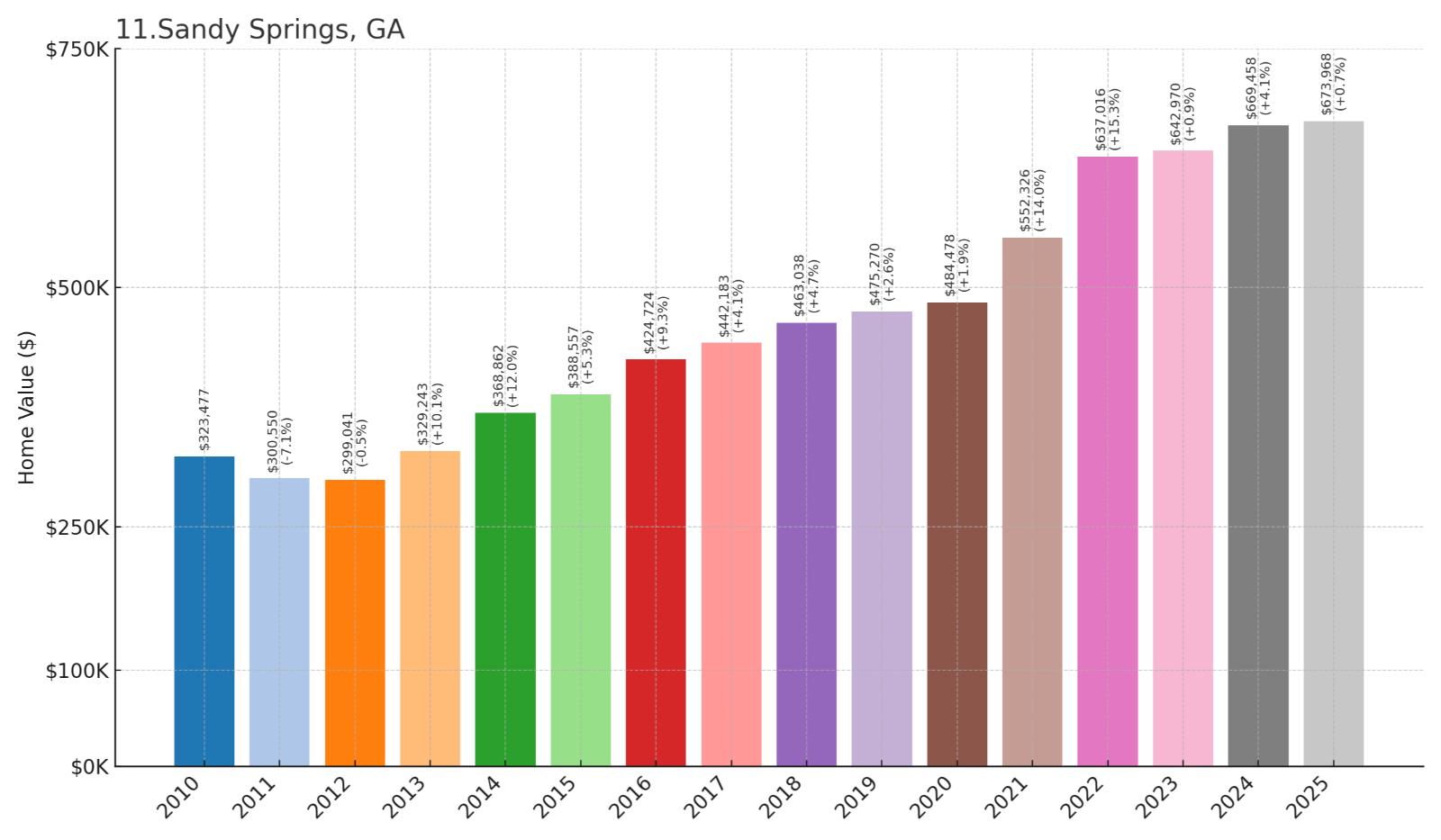
- 2010: $323,477
- 2011: $300,550
- 2012: $299,041
- 2013: $329,243
- 2014: $368,862
- 2015: $388,557
- 2016: $424,724
- 2017: $442,183
- 2018: $463,038
- 2019: $475,270
- 2020: $484,478
- 2021: $552,326
- 2022: $637,016
- 2023: $642,970
- 2024: $669,458
- 2025: $673,968
Sandy Springs shows excellent appreciation from $323,000 in 2010 to nearly $674,000 in 2025, representing a strong 108% increase. The city experienced steady growth with dramatic acceleration after 2020, jumping from $484,000 to over $552,000 between 2020 and 2021. This North Fulton community has established itself as one of metro Atlanta’s premier suburban markets with continued strength.
Why Sandy Springs?
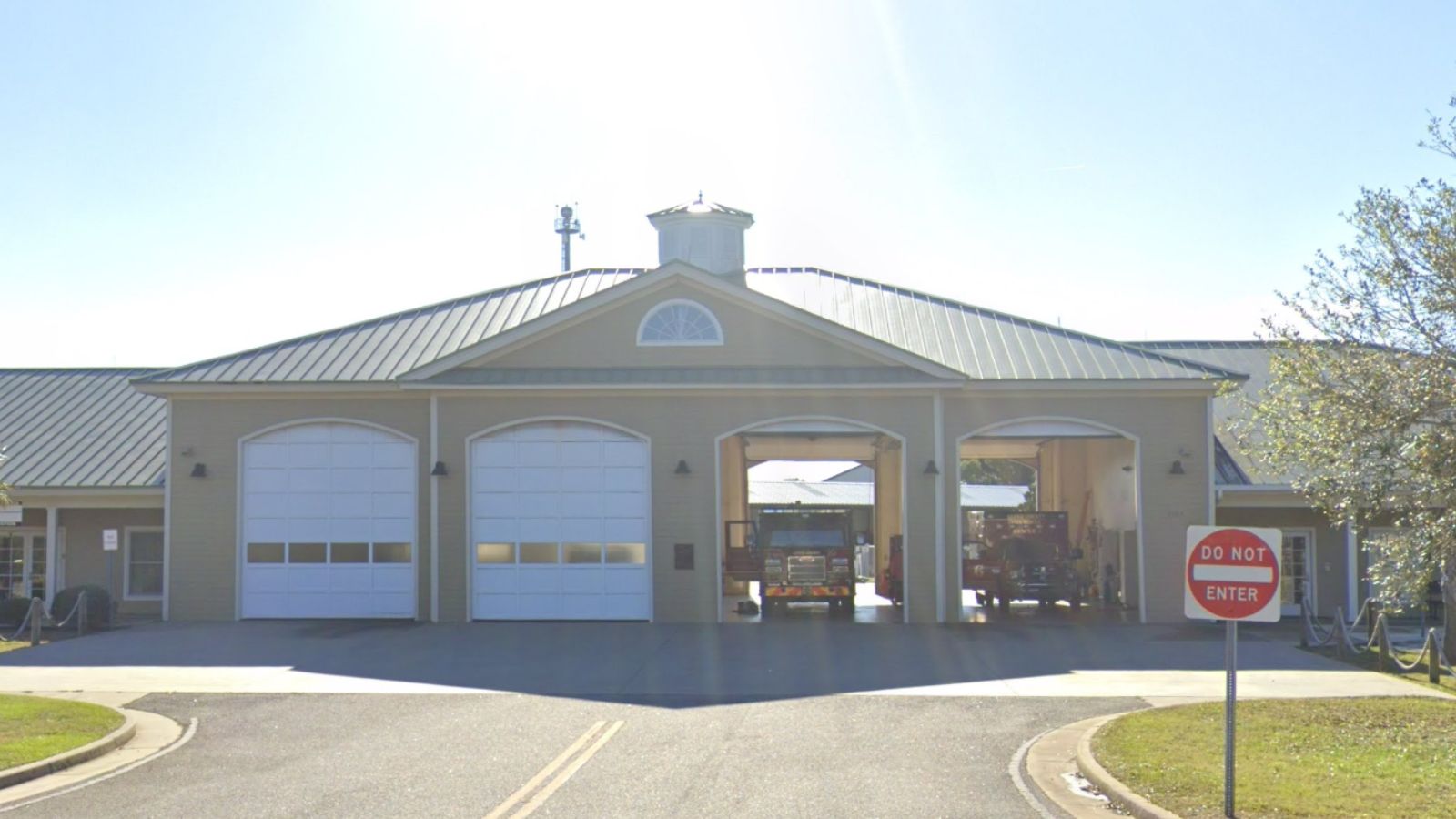
Why Are People Willing to Pay So Much to Live Here? What’s Special About It?
Sandy Springs attracts professionals with its strategic location between downtown Atlanta and northern suburbs, offering easy access to major employment centers and cultural activities. The city features excellent schools, upscale shopping, and diverse housing options that appeal to families and young professionals. Buyers pay premium prices for convenience, amenities, and proximity to everything metro Atlanta offers.
The area provides MARTA rail access, major corporate headquarters, and high-end retail that create a complete urban-suburban lifestyle. Sandy Springs offers the combination of city convenience with suburban amenities that’s highly valued in metro Atlanta. The city’s reputation for excellent services and strategic location help maintain strong property values.
How Sandy Springs Rose to Prominence
Sandy Springs developed as one of Atlanta’s first major suburbs in the 1950s and 1960s, originally built around the intersection of Roswell Road and Johnson Ferry Road. The area attracted families seeking newer homes and suburban lifestyle while maintaining convenient access to Atlanta employment. Shopping centers and office buildings provided local services and jobs.
The community incorporated as a city in 2005 to gain local control over services and development, becoming the first new city in Fulton County in decades. Sandy Springs quickly established itself as a model of efficient municipal government and high-quality services. Today’s Sandy Springs balances urban convenience with suburban character, offering residents excellent location and amenities that command premium prices.
3 Interesting Tidbits
1. Municipal Innovation – Sandy Springs pioneered outsourcing city services to private companies, creating an efficient government model copied by other communities.
2. Corporate Center – The city hosts numerous corporate headquarters and office complexes that provide local employment and economic stability.
3. Transit Access – Sandy Springs features MARTA rail stations that provide convenient public transportation to downtown Atlanta and other destinations.
10. Saint Simons Island – 112% Home Price Increase Since 2010

- 2010: $324,942
- 2011: $293,654
- 2012: $282,286
- 2013: $302,263
- 2014: $321,694
- 2015: $338,410
- 2016: $351,276
- 2017: $364,157
- 2018: $395,758
- 2019: $420,551
- 2020: $427,998
- 2021: $497,384
- 2022: $605,721
- 2023: $631,841
- 2024: $677,648
- 2025: $688,567
Saint Simons Island shows impressive growth from $324,000 in 2010 to nearly $689,000 in 2025, representing a solid 112% increase. The island experienced steady appreciation with dramatic acceleration after 2020, rising from $427,000 to nearly $497,000 between 2020 and 2021. This coastal community has maintained strong momentum as one of Georgia’s premier beach destinations.
Why Saint Simons Island?
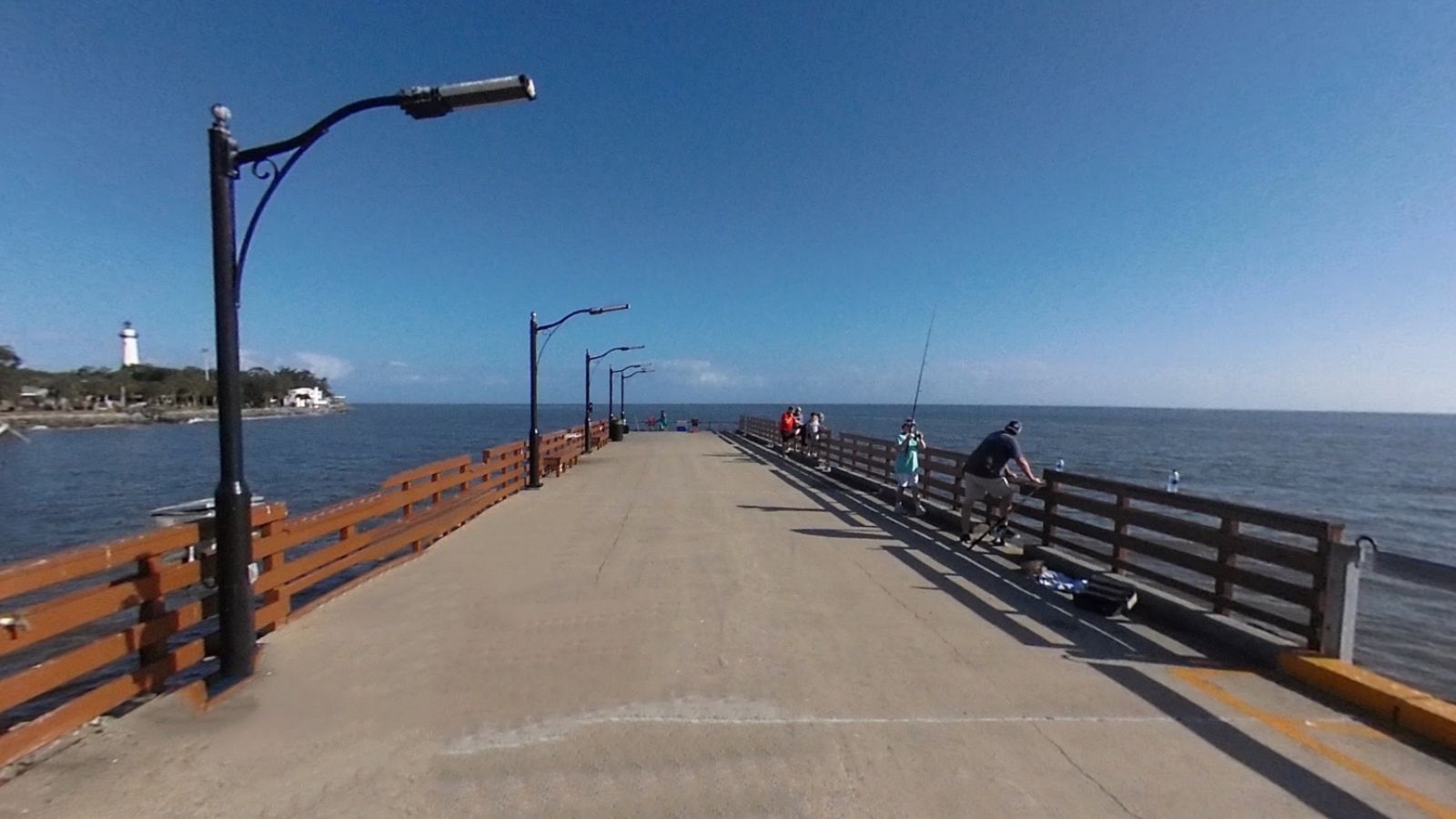
Why Are People Willing to Pay So Much to Live Here? What’s Special About It?
Saint Simons Island attracts buyers with its combination of beach living and historic charm in Georgia’s Golden Isles. The island offers year-round coastal lifestyle, golf courses, and recreational activities that create a resort-like atmosphere. Buyers pay premium prices for beach access, temperate climate, and escape from urban environments while maintaining reasonable access to cities.
The area features excellent dining, shopping, and cultural activities including historic sites and annual festivals that enhance quality of life. Saint Simons provides the combination of natural beauty, recreational opportunities, and community amenities that make it highly desirable. Limited developable land and environmental protections help maintain property values through controlled growth.
How Saint Simons Island Rose to Prominence
Saint Simons Island has a rich history dating to Native American habitation and later Spanish colonial settlement in the 16th century. The island became part of British Georgia in the 18th century, featuring plantations and later serving as a resort destination for wealthy families seeking coastal recreation. Fort Frederica provided military protection and historical significance.
The island’s development as a modern resort and residential community began in the early 20th century with improved transportation and resort facilities. Saint Simons evolved from seasonal destination to year-round community while preserving its historic character and natural beauty. Today’s island balances tourism with residential living, offering residents coastal lifestyle with historic charm and modern amenities.
3 Interesting Tidbits
1. Historic Significance – Saint Simons Island features Fort Frederica, a colonial-era fort that played a crucial role in Georgia’s early defense and development.
2. Golf Paradise – The island hosts world-class golf courses including Sea Island Golf Club, attracting golfers from around the world.
3. Lighthouse Legacy – The historic Saint Simons Lighthouse, built in 1872, serves as an iconic symbol of the island’s maritime heritage.
9. Johns Creek – 121% Home Price Increase Since 2010
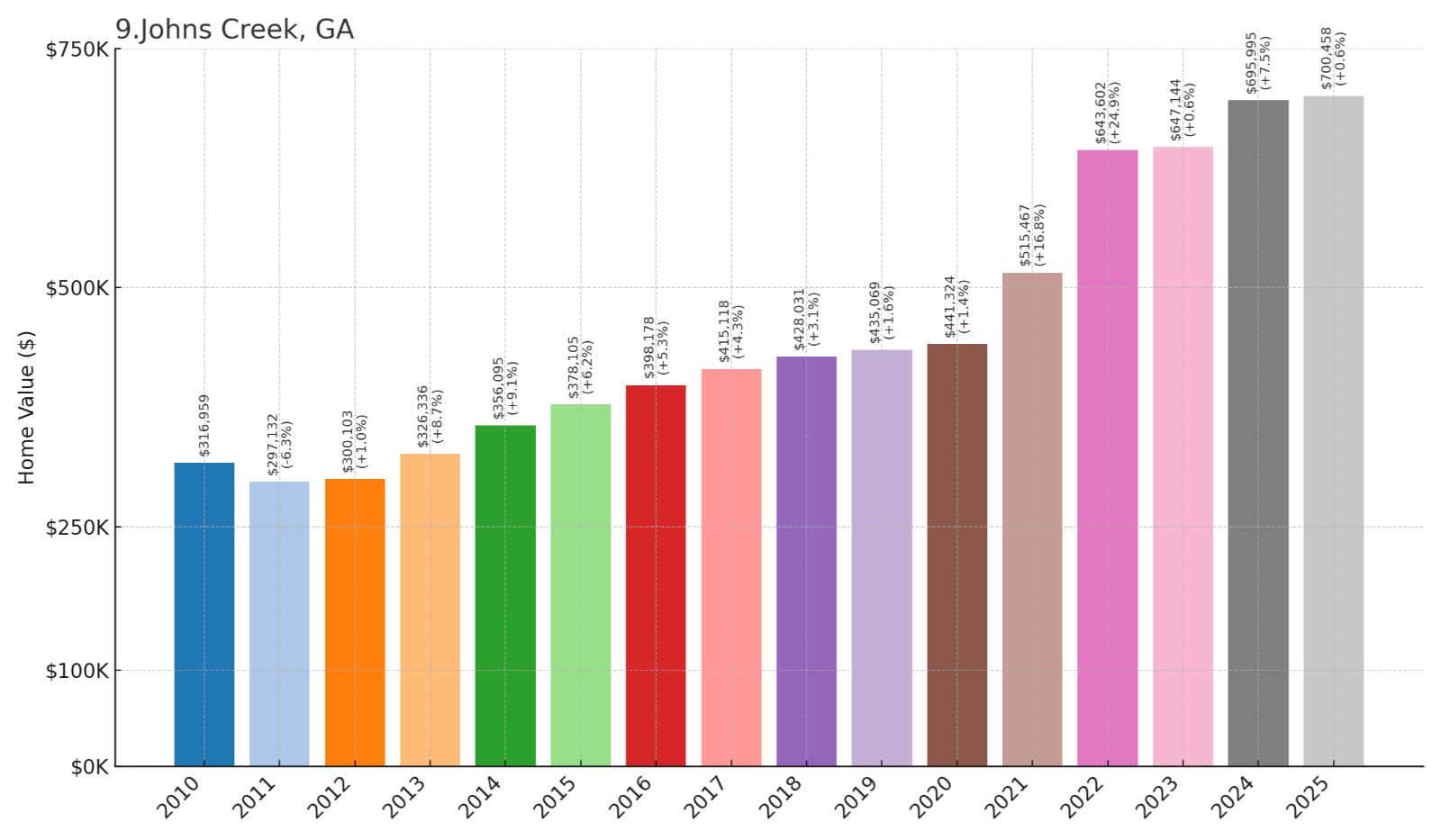
- 2010: $316,959
- 2011: $297,132
- 2012: $300,103
- 2013: $326,336
- 2014: $356,095
- 2015: $378,105
- 2016: $398,178
- 2017: $415,118
- 2018: $428,031
- 2019: $435,069
- 2020: $441,324
- 2021: $515,467
- 2022: $643,602
- 2023: $647,144
- 2024: $695,995
- 2025: $700,458
Johns Creek demonstrates excellent appreciation from $316,000 in 2010 to over $700,000 in 2025, representing a strong 121% increase. The city experienced steady growth with dramatic acceleration after 2020, jumping from $441,000 to over $515,000 between 2020 and 2021. This North Fulton community has established itself as one of Georgia’s premier family destinations with continued strength through 2025.
Why Johns Creek?

Why Are People Willing to Pay So Much to Live Here? What’s Special About It?
Johns Creek attracts families with its exceptional schools and family-friendly amenities in highly-rated North Fulton County. The city offers excellent recreational facilities, parks, and community programs that create an outstanding quality of life for residents. Families pay premium prices for top-rated schools, safe neighborhoods, and comprehensive municipal services.
The area features diverse housing options from established neighborhoods to luxury developments, all within a community known for educational excellence and family focus. Johns Creek’s commitment to parks, recreation, and community services creates a distinctive suburban lifestyle that commands premium pricing. The city’s reputation and excellent amenities help maintain strong property values.
How Johns Creek Rose to Prominence
Johns Creek was incorporated in 2006 from previously unincorporated areas of North Fulton County, created by residents seeking local control over development and services. The area had developed as an affluent suburb with excellent schools and upscale neighborhoods that attracted families from throughout metro Atlanta. Incorporation allowed the community to maintain its character and quality of life.
The city quickly established itself as a model suburban community with excellent services, parks, and family-friendly amenities. Johns Creek’s focus on education, recreation, and community building attracted families seeking the best suburban living. Today’s Johns Creek maintains its reputation for excellence while continuing to enhance amenities and services that make it highly desirable.
3 Interesting Tidbits
1. Educational Excellence – Johns Creek consistently ranks among Georgia’s top communities for public school quality and student achievement.
2. Parks Investment – The city has invested heavily in parks and recreational facilities, creating some of metro Atlanta’s finest community amenities.
3. Family Focus – Johns Creek regularly appears on “best places to raise a family” lists due to its schools, safety, and community programs.
8. Greensboro – 82% Home Price Increase Since 2010
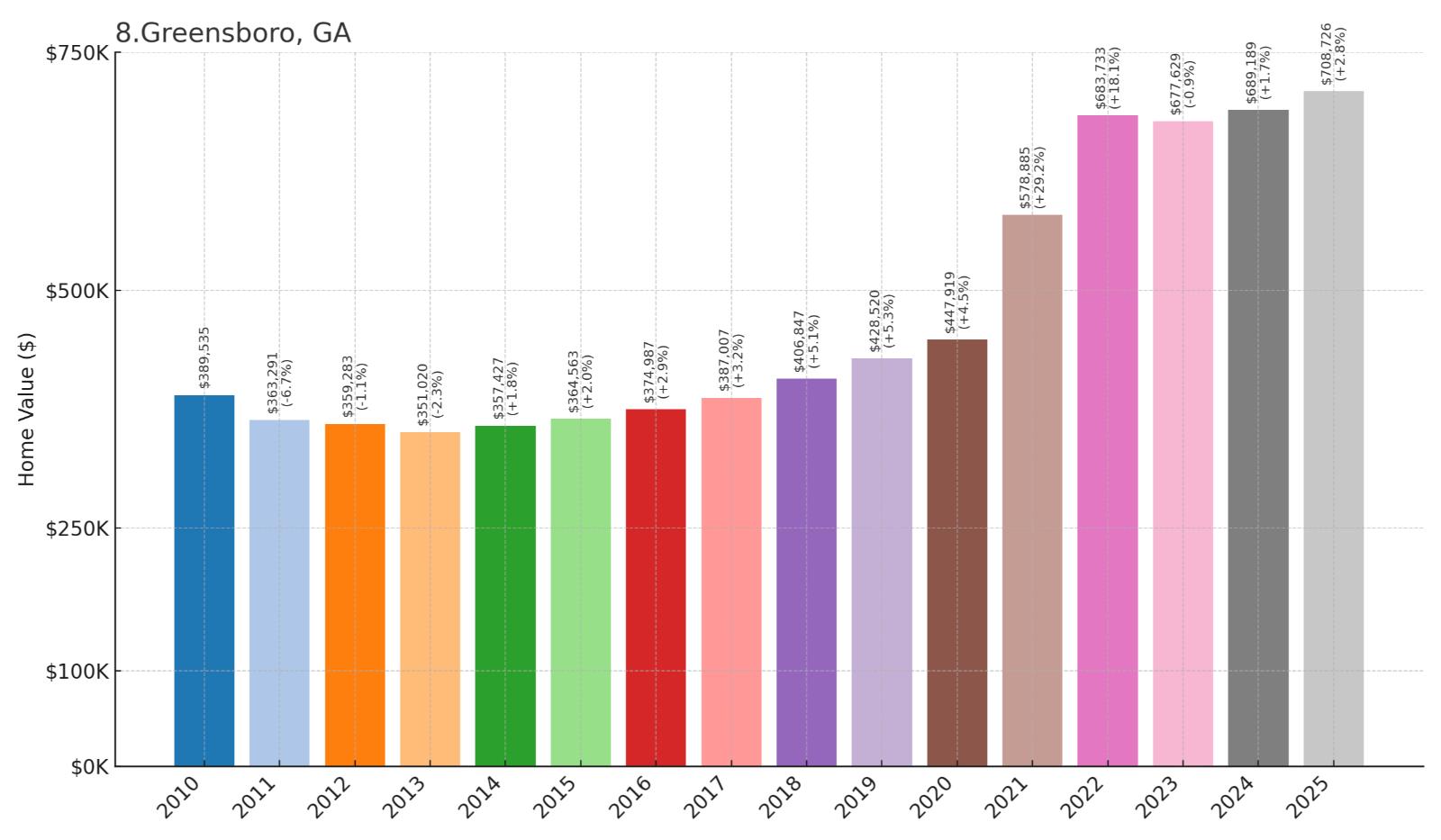
- 2010: $389,535
- 2011: $363,291
- 2012: $359,283
- 2013: $351,020
- 2014: $357,427
- 2015: $364,563
- 2016: $374,987
- 2017: $387,007
- 2018: $406,847
- 2019: $428,520
- 2020: $447,919
- 2021: $578,885
- 2022: $683,733
- 2023: $677,629
- 2024: $689,189
- 2025: $708,726
Greensboro shows solid growth from $389,000 in 2010 to over $708,000 in 2025, representing an 82% increase despite starting from a higher base price. The community experienced steady appreciation with dramatic acceleration after 2020, jumping from $447,000 to nearly $579,000 between 2020 and 2021. This lake community has maintained premium pricing as one of Georgia’s most exclusive residential areas.
Why Greensboro?

Why Are People Willing to Pay So Much to Live Here? What’s Special About It?
Greensboro attracts buyers with its exclusive lakefront location on Lake Oconee and upscale residential developments that create a resort-like atmosphere. The community offers golf courses, marinas, and recreational facilities that appeal to affluent families and retirees seeking luxury living. Buyers pay premium prices for lake access, gated communities, and escape from urban environments.
The area provides high-end amenities including championship golf courses, waterfront dining, and luxury housing that create an exclusive lifestyle. Greensboro’s location on Georgia’s second-largest lake offers year-round recreation and natural beauty that command premium pricing. Limited lakefront property and controlled development help maintain property values and exclusive character.
How Greensboro Rose to Prominence
Greensboro was established as the Greene County seat in 1803, originally serving a rural agricultural area in central Georgia. The town remained small and primarily agricultural through most of its history, with cotton farming and later diversified agriculture providing economic stability. The creation of Lake Oconee in the 1970s dramatically changed the area’s character and appeal.
Lake Oconee’s development transformed Greensboro from a rural county seat into an exclusive residential and recreational destination. The lake brought luxury developments, golf courses, and resort amenities that attracted affluent buyers from Atlanta and other metropolitan areas. Today’s Greensboro balances its county seat functions with luxury residential communities, creating a unique blend of government services and upscale living.
3 Interesting Tidbits
1. Lake Oconee Gateway – Greensboro serves as the primary access point to Lake Oconee, Georgia’s second-largest lake and a premier recreational destination.
2. Resort Living – The area features multiple championship golf courses, luxury marinas, and upscale dining that create a resort-like atmosphere year-round.
3. Historic Downtown – Despite extensive lakefront development, Greensboro maintains a historic courthouse square that preserves its small-town character and government functions.
7. Alpharetta – 146% Home Price Increase Since 2010
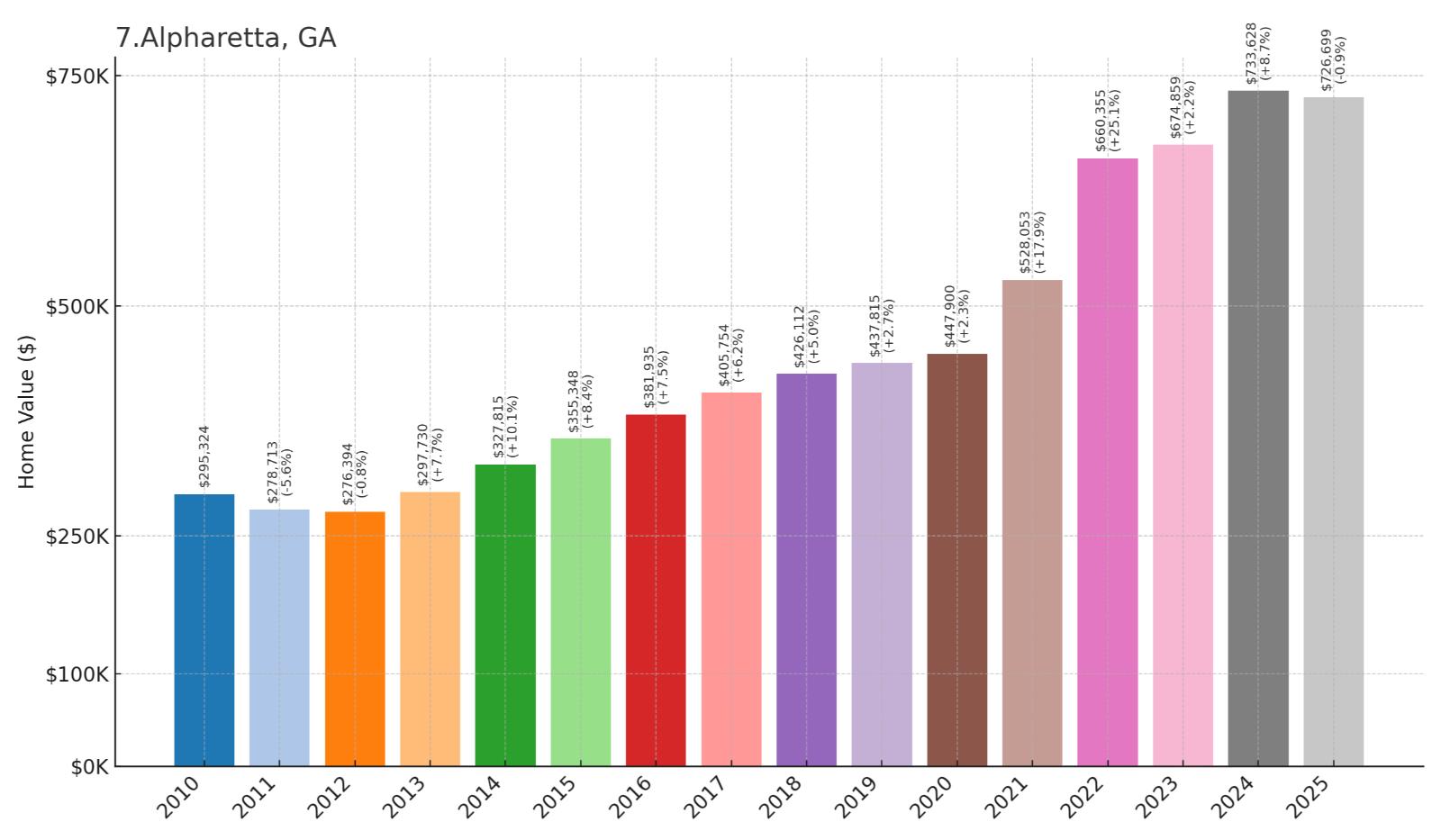
- 2010: $295,324
- 2011: $278,713
- 2012: $276,394
- 2013: $297,730
- 2014: $327,815
- 2015: $355,348
- 2016: $381,935
- 2017: $405,754
- 2018: $426,112
- 2019: $437,815
- 2020: $447,900
- 2021: $528,053
- 2022: $660,355
- 2023: $674,859
- 2024: $733,628
- 2025: $726,699
Alpharetta demonstrates exceptional growth from $295,000 in 2010 to over $726,000 in 2025, representing an outstanding 146% increase. The city experienced steady appreciation with dramatic acceleration after 2020, jumping from $447,000 to over $528,000 between 2020 and 2021. This North Fulton community has established itself as one of Georgia’s premier suburban markets with sustained high-value pricing.
Why Alpharetta?

Why Are People Willing to Pay So Much to Live Here? What’s Special About It?
Alpharetta attracts families and professionals with its combination of excellent schools, thriving business district, and upscale suburban amenities. The city hosts numerous corporate headquarters and technology companies, creating local employment opportunities and economic stability. Families pay premium prices for top-rated schools, cultural activities, and proximity to both employment centers and recreational opportunities.
The area offers diverse housing options from historic neighborhoods to luxury developments, all within a community known for excellent public services and family-friendly environment. Alpharetta’s downtown district features shopping, dining, and entertainment that create a vibrant community center. The city’s reputation for excellence and continued business growth help maintain strong property values.
How Alpharetta Rose to Prominence
Alpharetta was incorporated in 1858 as a small railroad town, originally serving agricultural interests in North Fulton County. The community remained largely rural through most of the 20th century, with farming and small businesses providing local economic activity. Limited development kept the area sparsely populated and primarily agricultural.
The city’s transformation began in the 1980s as Atlanta’s suburban expansion reached North Fulton County and technology companies began relocating to the area. Alpharetta actively courted corporate relocations and invested in infrastructure that supported business development. The city’s focus on economic development and quality of life attracted both businesses and families, establishing its reputation as one of metro Atlanta’s premier communities.
3 Interesting Tidbits
1. Technology Hub – Alpharetta hosts numerous technology companies and corporate headquarters, earning recognition as a major business center in the Southeast.
2. Cultural Center – The city features a vibrant downtown district with shopping, dining, and entertainment venues that serve as a regional destination.
3. School Excellence – Alpharetta consistently ranks among Georgia’s top communities for public education quality and student achievement.
6. Brookhaven – 120% Home Price Increase Since 2010
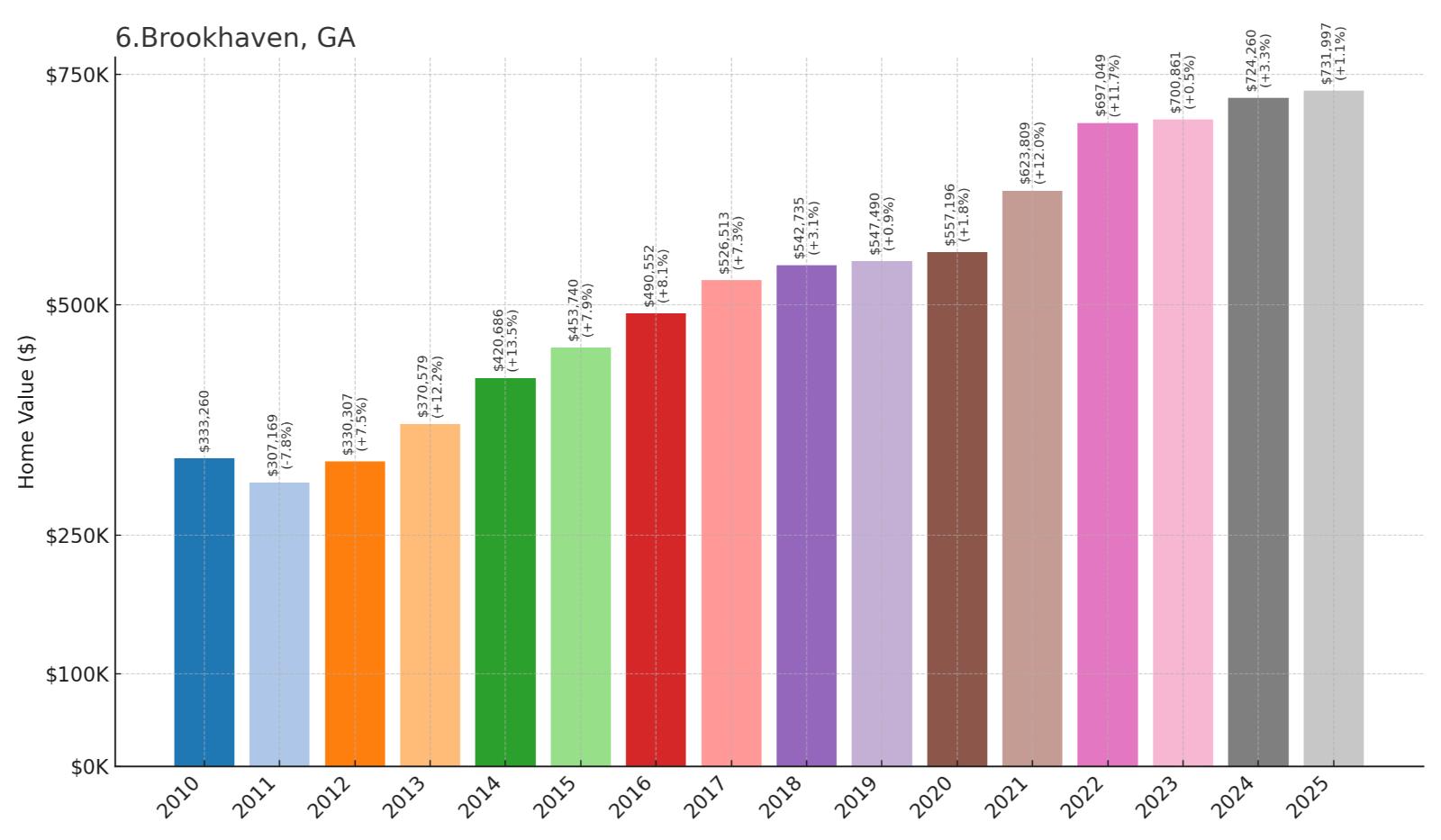
- 2010: $333,260
- 2011: $307,169
- 2012: $330,307
- 2013: $370,579
- 2014: $420,686
- 2015: $453,740
- 2016: $490,552
- 2017: $526,513
- 2018: $542,735
- 2019: $547,490
- 2020: $557,196
- 2021: $623,809
- 2022: $697,049
- 2023: $700,861
- 2024: $724,260
- 2025: $731,997
Brookhaven shows excellent appreciation from $333,000 in 2010 to nearly $732,000 in 2025, representing a strong 120% increase. The city experienced consistent growth with acceleration after 2020, rising from $557,000 to nearly $624,000 between 2020 and 2021. This North DeKalb County community has maintained steady momentum as one of metro Atlanta’s most desirable intown neighborhoods.
Why Brookhaven?

Why Are People Willing to Pay So Much to Live Here? What’s Special About It?
Brookhaven attracts buyers with its strategic location between Atlanta and suburban areas, offering easy access to downtown employment while maintaining suburban character. The city features tree-lined neighborhoods, parks, and proximity to major business districts that appeal to professionals and families. Buyers pay premium prices for convenience, established neighborhoods, and access to both urban and suburban amenities.
The area offers diverse housing options from historic homes to modern developments, all within walking distance of shopping and dining. Brookhaven’s central location provides quick access to Buckhead, Midtown, and other major employment centers while maintaining residential character. The city’s excellent services and strategic location help maintain strong property values.
How Brookhaven Rose to Prominence
Brookhaven developed as one of Atlanta’s early suburbs in the 1910s and 1920s, originally built around the intersection of Peachtree Road and major transportation routes. The area attracted families seeking newer homes and suburban lifestyle while maintaining convenient access to Atlanta employment and cultural activities. Well-planned neighborhoods and quality construction established the area’s reputation.
The community incorporated as a city in 2012 to gain local control over services and development, becoming one of Georgia’s newest municipal governments. Brookhaven quickly established itself as a well-managed community with excellent services and strategic location. Today’s Brookhaven balances urban convenience with suburban character, offering residents excellent location and amenities that command premium prices.
3 Interesting Tidbits
1. Historic Neighborhoods – Brookhaven features numerous historic neighborhoods with distinctive architecture and mature trees that enhance property values.
2. Strategic Location – The city sits at the intersection of major highways and transportation routes, providing excellent access throughout metro Atlanta.
3. Municipal Innovation – As one of Georgia’s newest cities, Brookhaven has implemented modern municipal services and technology to serve residents efficiently.
5. Marble Hill – 100% Home Price Increase Since 2010
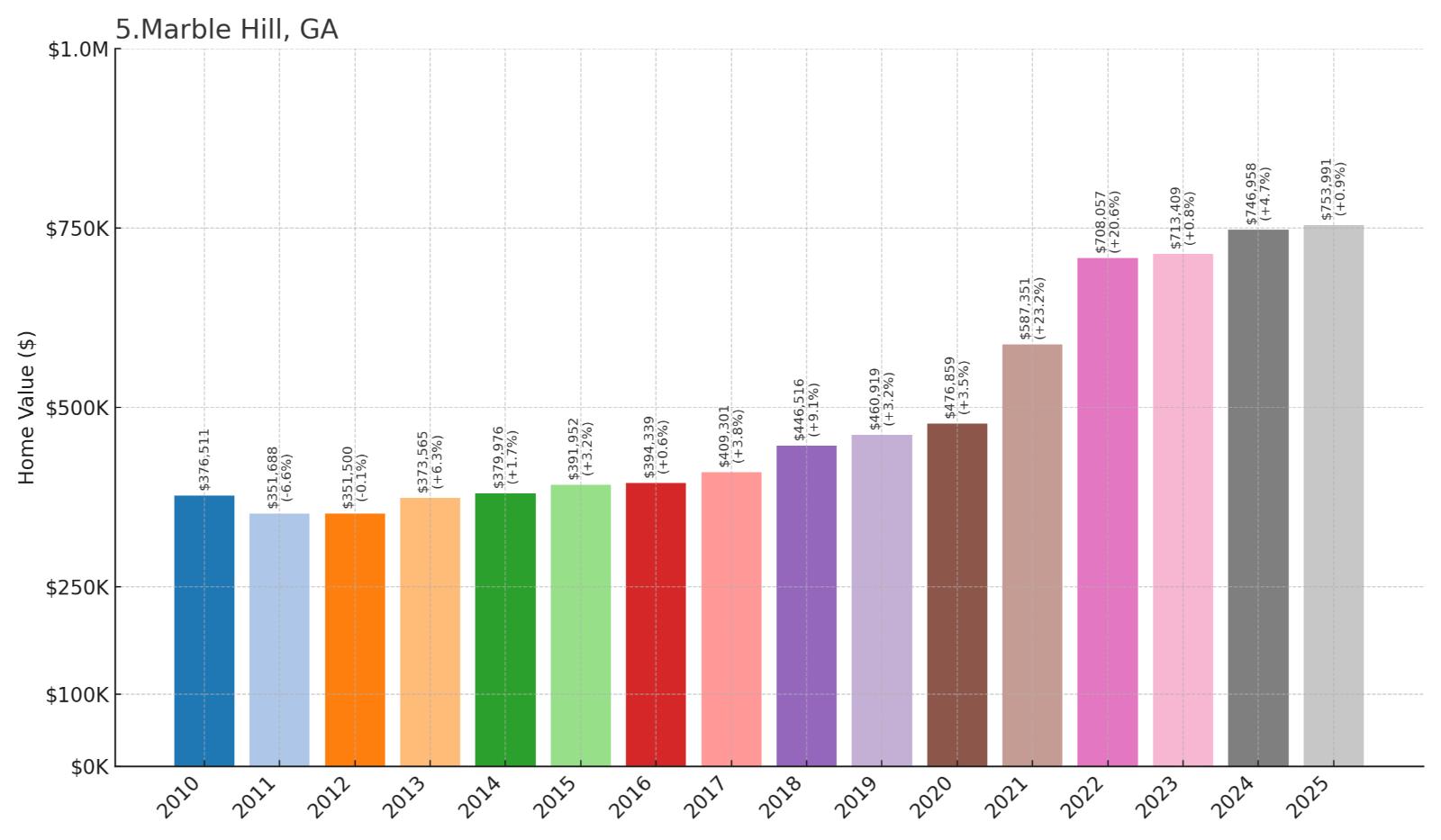
- 2010: $376,511
- 2011: $351,688
- 2012: $351,500
- 2013: $373,565
- 2014: $379,976
- 2015: $391,952
- 2016: $394,339
- 2017: $409,301
- 2018: $446,516
- 2019: $460,919
- 2020: $476,859
- 2021: $587,351
- 2022: $708,057
- 2023: $713,409
- 2024: $746,958
- 2025: $753,991
Marble Hill shows exactly double appreciation from $376,000 in 2010 to nearly $754,000 in 2025, representing a precise 100% increase. The community experienced steady but modest growth through 2020 before dramatic acceleration, jumping from $476,000 to over $587,000 between 2020 and 2021. This exclusive community has maintained premium pricing with continued strength through 2025.
Why Marble Hill?
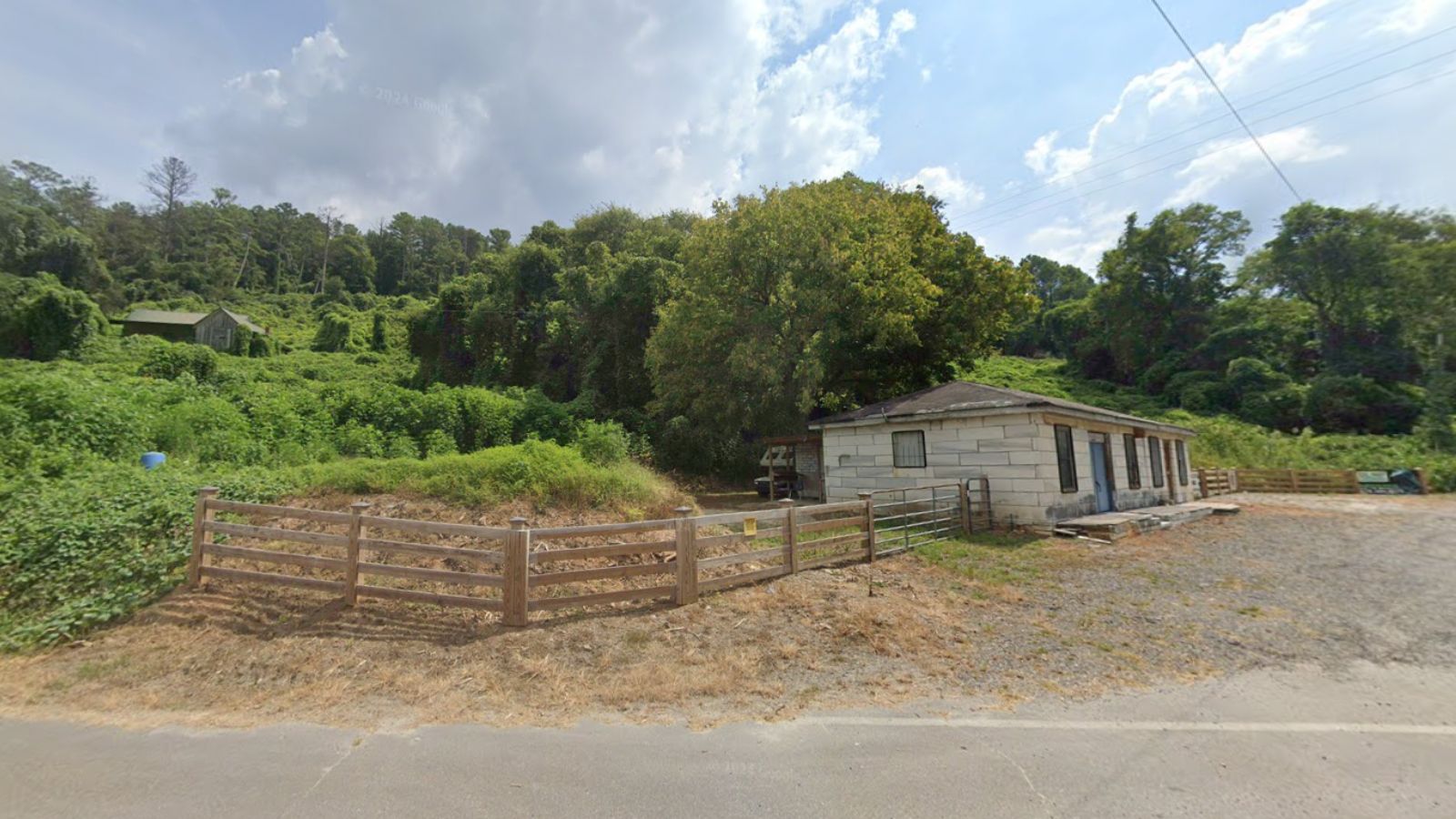
Why Are People Willing to Pay So Much to Live Here? What’s Special About It?
Marble Hill attracts buyers with its exclusive location and upscale residential character that creates a distinctive suburban lifestyle. The small community offers privacy, larger lots, and proximity to Atlanta’s northern suburbs while maintaining an intimate neighborhood atmosphere. Buyers pay premium prices for exclusivity, architectural quality, and strategic location within the metro area.
The area provides easy access to excellent schools, shopping, and employment centers while maintaining residential tranquility and community character. Marble Hill’s limited size and controlled development create scarcity that helps maintain property values. The community’s reputation for quality and exclusivity appeals to buyers seeking distinctive residential environments.
How Marble Hill Rose to Prominence
Marble Hill developed as an exclusive residential enclave in the northern Atlanta suburbs, originally designed as a planned community with architectural standards and environmental preservation. The area attracted affluent families seeking upscale housing with privacy and natural beauty while maintaining access to metropolitan amenities and employment opportunities.
The community’s focus on quality construction, architectural design, and environmental stewardship established its reputation as a premier residential destination. Marble Hill maintained strict development standards that preserved its exclusive character while allowing controlled growth. Today’s community continues to attract buyers seeking distinctive residential environments with excellent location and amenities.
3 Interesting Tidbits
1. Planned Community – Marble Hill was designed as an exclusive planned community with architectural standards and environmental preservation requirements.
2. Limited Development – The community maintains strict development controls that preserve its exclusive character and natural environment.
3. Prime Location – Marble Hill offers strategic access to Atlanta’s northern suburbs while maintaining privacy and residential tranquility.
4. Berkeley Lake – 116% Home Price Increase Since 2010
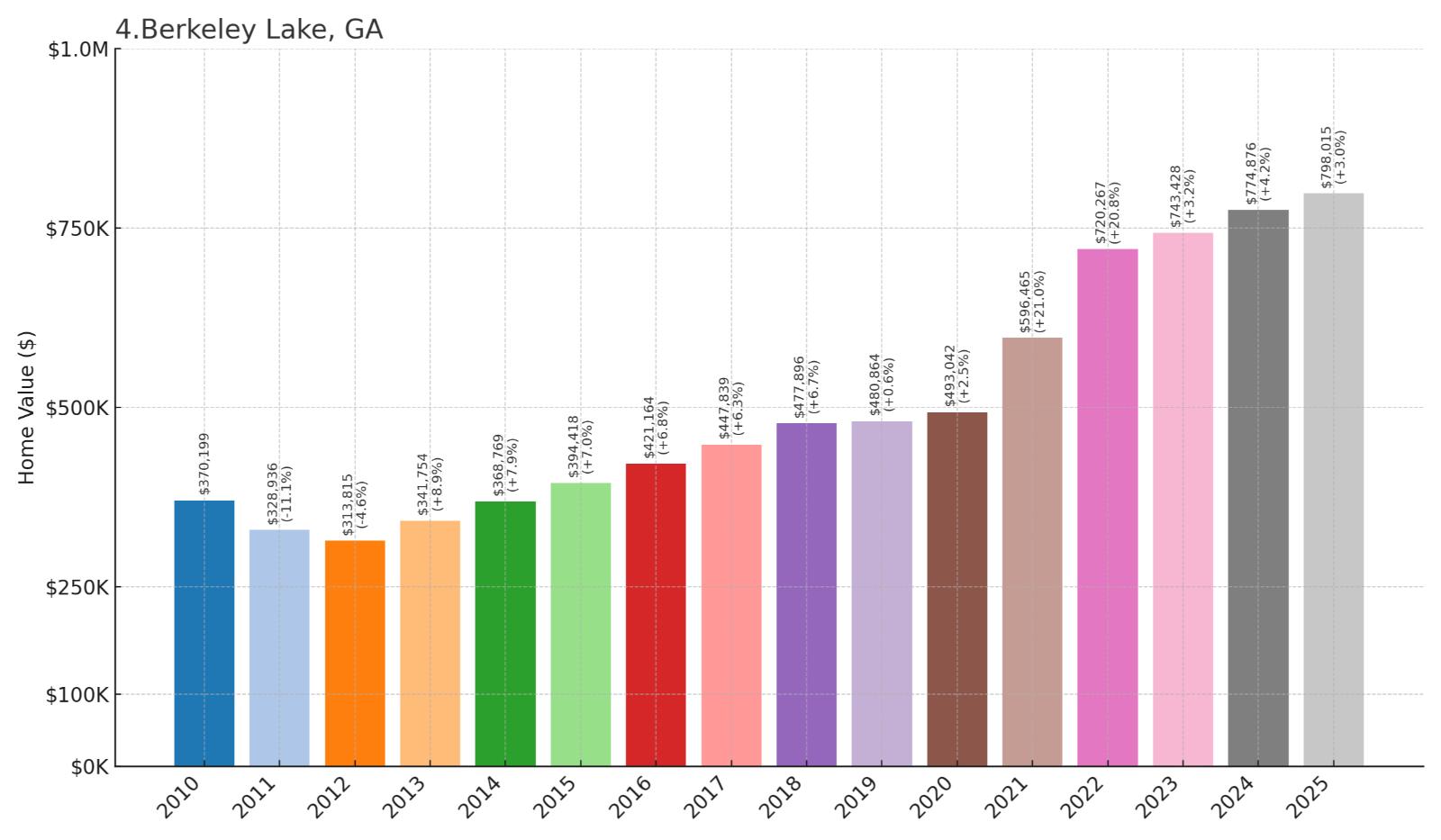
- 2010: $370,199
- 2011: $328,936
- 2012: $313,815
- 2013: $341,754
- 2014: $368,769
- 2015: $394,418
- 2016: $421,164
- 2017: $447,839
- 2018: $477,896
- 2019: $480,864
- 2020: $493,042
- 2021: $596,465
- 2022: $720,267
- 2023: $743,428
- 2024: $774,876
- 2025: $798,015
Berkeley Lake demonstrates strong appreciation from $370,000 in 2010 to nearly $798,000 in 2025, representing a solid 116% increase despite some early volatility. The city experienced recovery from 2012 lows before dramatic acceleration after 2020, jumping from $493,000 to nearly $596,000 between 2020 and 2021. This exclusive lake community has maintained premium pricing with continued strength through 2025.
Why Berkeley Lake?

Why Are People Willing to Pay So Much to Live Here? What’s Special About It?
Berkeley Lake attracts buyers with its unique private lake and exclusive residential character that creates a distinctive suburban lifestyle. The small city offers lake access, wooded lots, and privacy while maintaining proximity to Atlanta’s northern employment centers. Buyers pay premium prices for lake privileges, exclusive community amenities, and escape from typical suburban development.
The area provides recreational opportunities including swimming, fishing, and boating that are rare in metropolitan residential communities. Berkeley Lake’s limited size and controlled development create scarcity that helps maintain property values and exclusive character. The community’s private lake and restricted access appeal to buyers seeking distinctive residential environments.
How Berkeley Lake Rose to Prominence
Berkeley Lake was incorporated in 1956 as Georgia’s smallest city, created by residents around a private lake who sought to maintain exclusive control over their residential community. The lake had originally been created as a recreational amenity for a planned residential development, with homes built around the shoreline and community facilities.
The city’s unique character as a private lake community attracted affluent families seeking exclusive residential environments with recreational amenities. Berkeley Lake maintained strict development controls and community standards that preserved its distinctive character while limiting growth. Today’s community continues to offer residents exclusive lake living with metropolitan access and amenities.
3 Interesting Tidbits
1. Smallest City – Berkeley Lake is Georgia’s smallest incorporated city by area, focused entirely around its private lake and residential community.
2. Private Lake – The community features a private lake with swimming, fishing, and boating exclusively for residents and their guests.
3. Exclusive Access – Berkeley Lake maintains restricted access and community standards that preserve its distinctive residential character and lakefront amenities.
3. Skidaway Island – 102% Home Price Increase Since 2010
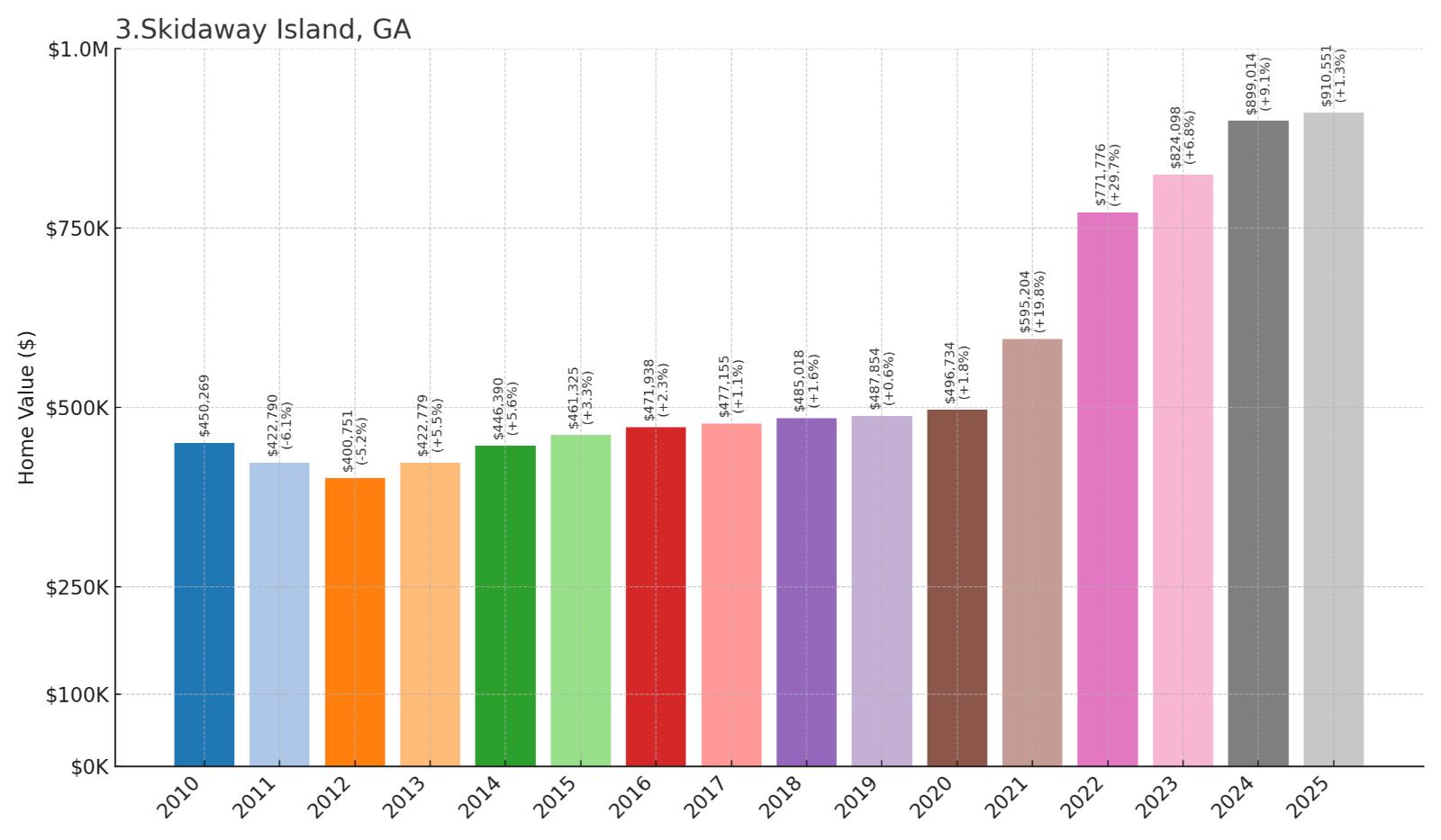
- 2010: $450,269
- 2011: $422,790
- 2012: $400,751
- 2013: $422,779
- 2014: $446,390
- 2015: $461,325
- 2016: $471,938
- 2017: $477,155
- 2018: $485,018
- 2019: $487,854
- 2020: $496,734
- 2021: $595,204
- 2022: $771,776
- 2023: $824,098
- 2024: $899,014
- 2025: $910,551
Skidaway Island shows impressive growth from $450,000 in 2010 to over $910,000 in 2025, representing a solid 102% increase despite starting from a high base. The island experienced steady but modest appreciation through 2020 before explosive growth, jumping from $496,000 to $595,000 between 2020 and 2021. This exclusive coastal community has maintained dramatic momentum with continued acceleration through 2025.
Why Skidaway Island?

Why Are People Willing to Pay So Much to Live Here? What’s Special About It?
Skidaway Island attracts buyers with its exclusive gated community and coastal location near historic Savannah. The island features The Landings, one of America’s largest planned communities, offering championship golf courses, marinas, and comprehensive recreational facilities. Buyers pay premium prices for coastal living, world-class amenities, and proximity to Savannah’s cultural attractions.
The area provides year-round mild climate, natural beauty, and recreational opportunities that create a resort-like lifestyle for residents. Skidaway’s controlled development and comprehensive amenities offer security, convenience, and luxury that appeal to affluent retirees and families. Limited island geography and environmental protections help maintain property values through restricted supply.
How Skidaway Island Rose to Prominence
Skidaway Island was originally inhabited by Native Americans and later became a colonial plantation site, remaining largely undeveloped through most of its history. The island’s transformation began in the 1960s when developers acquired large tracts and began planning The Landings as a comprehensive planned community focused on golf, recreation, and coastal living.
The Landings development established Skidaway Island as a premier residential destination with championship golf courses, marinas, and luxury amenities that attracted affluent buyers from throughout the Southeast. The community’s success led to additional developments that maintained high standards and exclusive character. Today’s Skidaway Island represents one of Georgia’s most successful planned communities, offering residents luxury coastal living with comprehensive amenities.
3 Interesting Tidbits
1. Planned Paradise – The Landings on Skidaway Island is one of America’s largest gated communities, featuring six championship golf courses and extensive recreational facilities.
2. Natural Preserve – Much of the island remains protected as nature preserves and parks, maintaining its natural coastal beauty and wildlife habitats.
3. Marine Access – Skidaway Island features multiple marinas and deepwater access that provide residents with excellent boating and fishing opportunities.
2. Milton – 127% Home Price Increase Since 2010
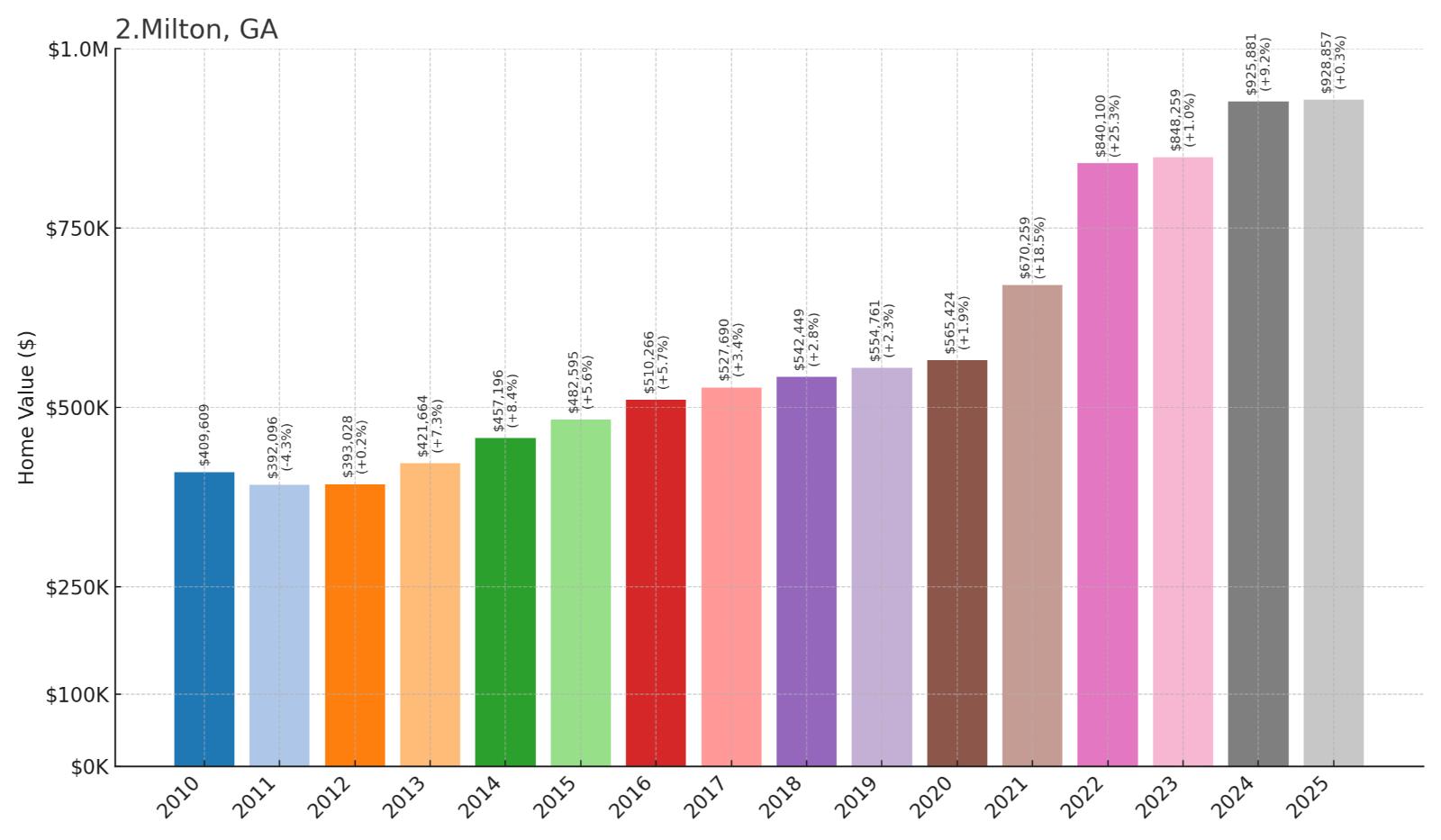
- 2010: $409,609
- 2011: $392,096
- 2012: $393,028
- 2013: $421,664
- 2014: $457,196
- 2015: $482,595
- 2016: $510,266
- 2017: $527,690
- 2018: $542,449
- 2019: $554,761
- 2020: $565,424
- 2021: $670,259
- 2022: $840,100
- 2023: $848,259
- 2024: $925,881
- 2025: $928,857
Milton demonstrates exceptional growth from $409,000 in 2010 to nearly $929,000 in 2025, representing an outstanding 127% increase. The city experienced steady appreciation with dramatic acceleration after 2020, jumping from $565,000 to over $670,000 between 2020 and 2021. This North Fulton community has established itself as Georgia’s second-most expensive residential market with sustained premium pricing.
Why Milton?

Why Are People Willing to Pay So Much to Live Here? What’s Special About It?
Milton attracts buyers with its unique combination of equestrian character and suburban convenience in prestigious North Fulton County. The city maintains rural zoning that preserves horse farms, rolling hills, and large estates while providing excellent schools and proximity to Atlanta employment. Buyers pay premium prices for the distinctive lifestyle, privacy, and prestige that Milton offers.
The area features some of metro Atlanta’s most exclusive neighborhoods with custom homes, extensive acreage, and equestrian facilities that create a countryside atmosphere. Milton’s strict zoning protects its rural character while ensuring property values through limited development. The combination of rural lifestyle and urban convenience appeals to affluent families seeking distinctive residential environments.
How Milton Rose to Prominence
Milton was incorporated in 2006 from previously unincorporated areas of North Fulton County, created by residents seeking to preserve the area’s rural character and equestrian heritage. The area had remained largely agricultural and undeveloped while surrounding communities experienced suburban growth, maintaining horse farms and large estates that defined its character.
The city’s incorporation allowed local control over development and zoning that preserved Milton’s distinctive rural atmosphere while accommodating luxury residential growth. Milton became known for its equestrian facilities, large-lot requirements, and commitment to preserving open space. Today’s Milton balances rural heritage with luxury development, offering residents countryside living with metropolitan access and amenities.
3 Interesting Tidbits
1. Equestrian Capital – Milton is known as metro Atlanta’s equestrian capital, featuring numerous horse farms, riding trails, and equestrian events throughout the year.
2. Rural Zoning – The city maintains agricultural zoning and large minimum lot sizes that preserve its countryside character despite suburban location.
3. Preserve Network – Milton has created an extensive network of parks and preserves that protect natural areas and provide recreational opportunities for residents.
1. Sea Island – 100% Home Price Increase Since 2010

- 2010: $2,105,281
- 2011: $1,817,494
- 2012: $1,812,503
- 2013: $1,710,420
- 2014: $1,910,058
- 2015: $2,120,262
- 2016: $2,111,760
- 2017: $2,061,644
- 2018: $2,051,418
- 2019: $2,131,890
- 2020: $2,143,692
- 2021: $2,940,249
- 2022: $3,927,189
- 2023: $3,866,894
- 2024: $4,224,050
- 2025: $4,219,048
Sea Island shows remarkable growth from $2.1 million in 2010 to over $4.2 million in 2025, representing a 100% increase from an extraordinarily high base. The island experienced volatility through the 2010s before dramatic acceleration after 2020, jumping from $2.1 million to nearly $2.9 million between 2020 and 2021. This ultra-exclusive coastal resort maintains Georgia’s highest home values by an enormous margin.
Why Sea Island?
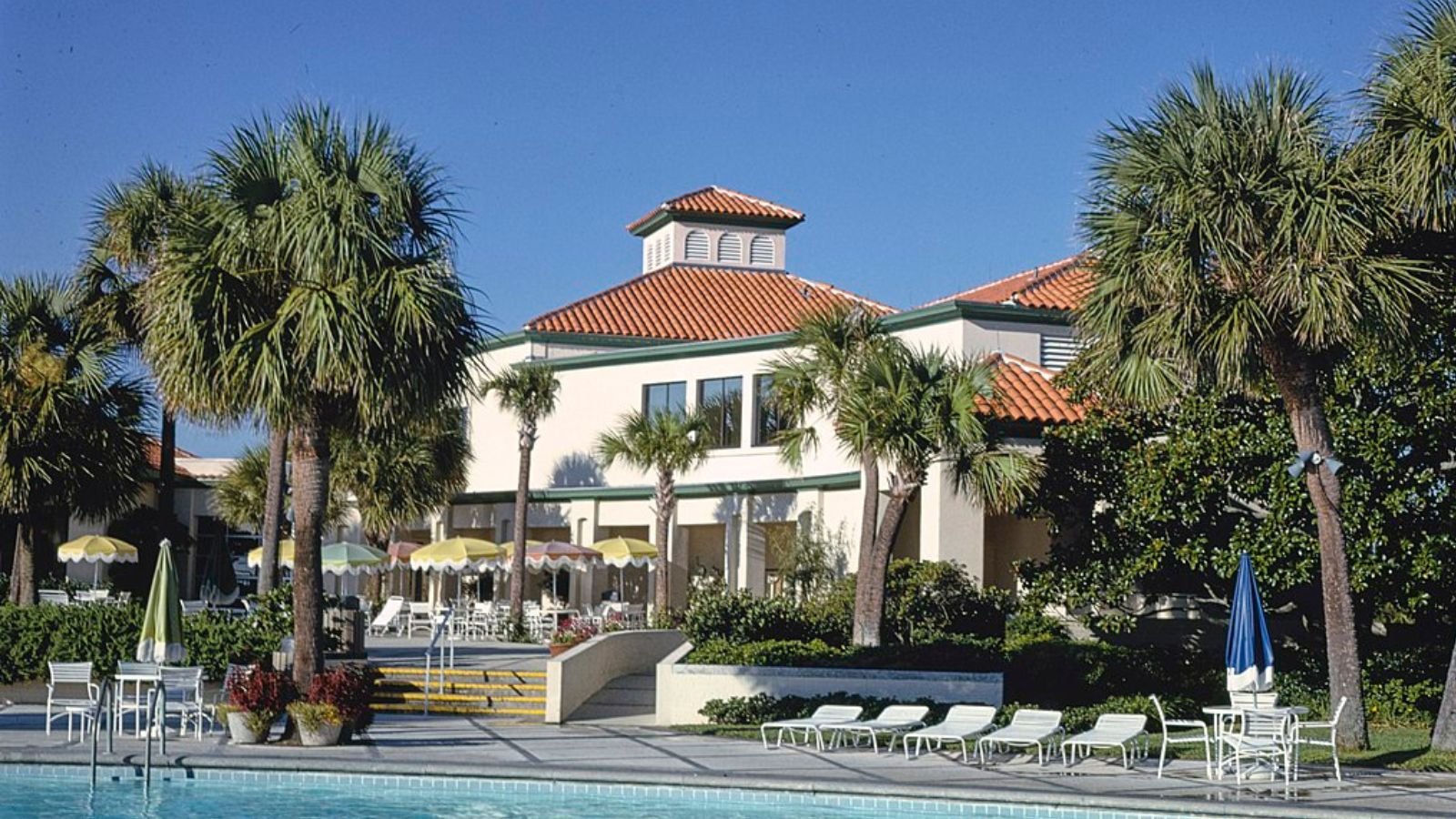
Why Are People Willing to Pay So Much to Live Here? What’s Special About It?
Sea Island attracts ultra-wealthy buyers with its exclusive resort community and world-class amenities that create an unparalleled luxury lifestyle. The private island features championship golf courses, luxury accommodations, and comprehensive resort services that cater to affluent residents and guests. Buyers pay extraordinary prices for ultimate exclusivity, pristine natural environment, and resort amenities unavailable elsewhere.
The area offers year-round mild climate, private beaches, and recreational facilities that create a permanent vacation atmosphere for residents. Sea Island’s limited geography and restricted access ensure ultimate privacy and exclusivity that appeal to celebrities, business leaders, and wealthy families. The combination of natural beauty, luxury amenities, and exclusivity creates scarcity that maintains extraordinary property values.
How Sea Island Rose to Prominence
Sea Island was developed beginning in 1928 by automotive magnate Howard Coffin as an exclusive resort destination for wealthy Americans seeking luxury coastal recreation. Coffin created The Cloister resort and began selling residential properties to establish a permanent community of affluent residents who would support the resort’s exclusive character and high standards.
The island’s development as an ultra-luxury destination attracted business leaders, celebrities, and wealthy families who established Sea Island as one of America’s most exclusive residential communities. Strict development controls and resort management maintained the island’s character while ensuring continued exclusivity. Today’s Sea Island represents the pinnacle of luxury coastal living, offering residents resort amenities with private residential communities that command extraordinary prices.
3 Interesting Tidbits
1. Resort Legacy – Sea Island has operated as an exclusive resort destination since 1928, maintaining world-class amenities and service standards for nearly a century.
2. Golf Paradise – The island features three championship golf courses, including Seaside Course, which has hosted numerous professional tournaments and events.
3. Presidential Retreat – Sea Island has hosted multiple U.S. presidents and world leaders, establishing its reputation as a premier destination for high-profile gatherings.


